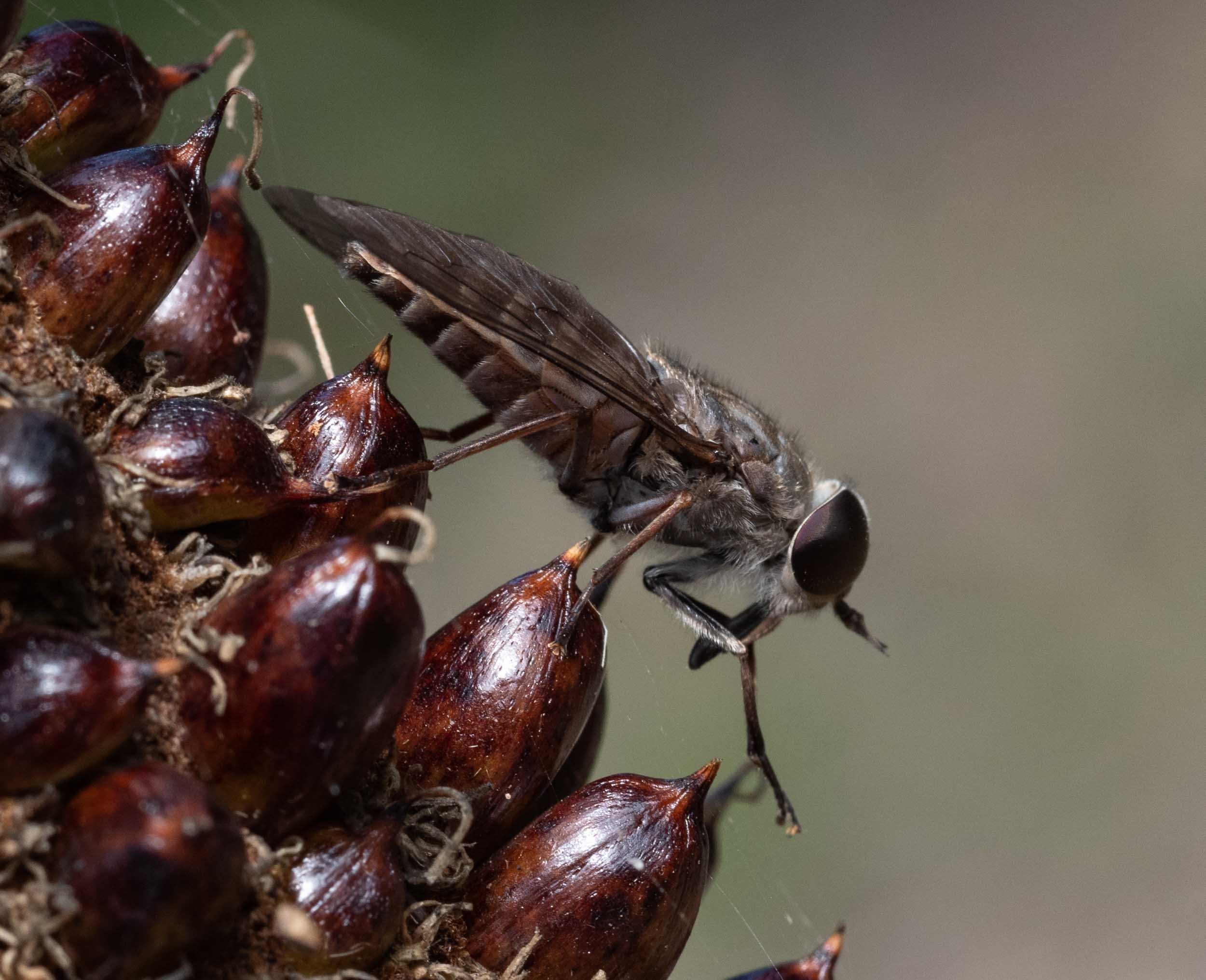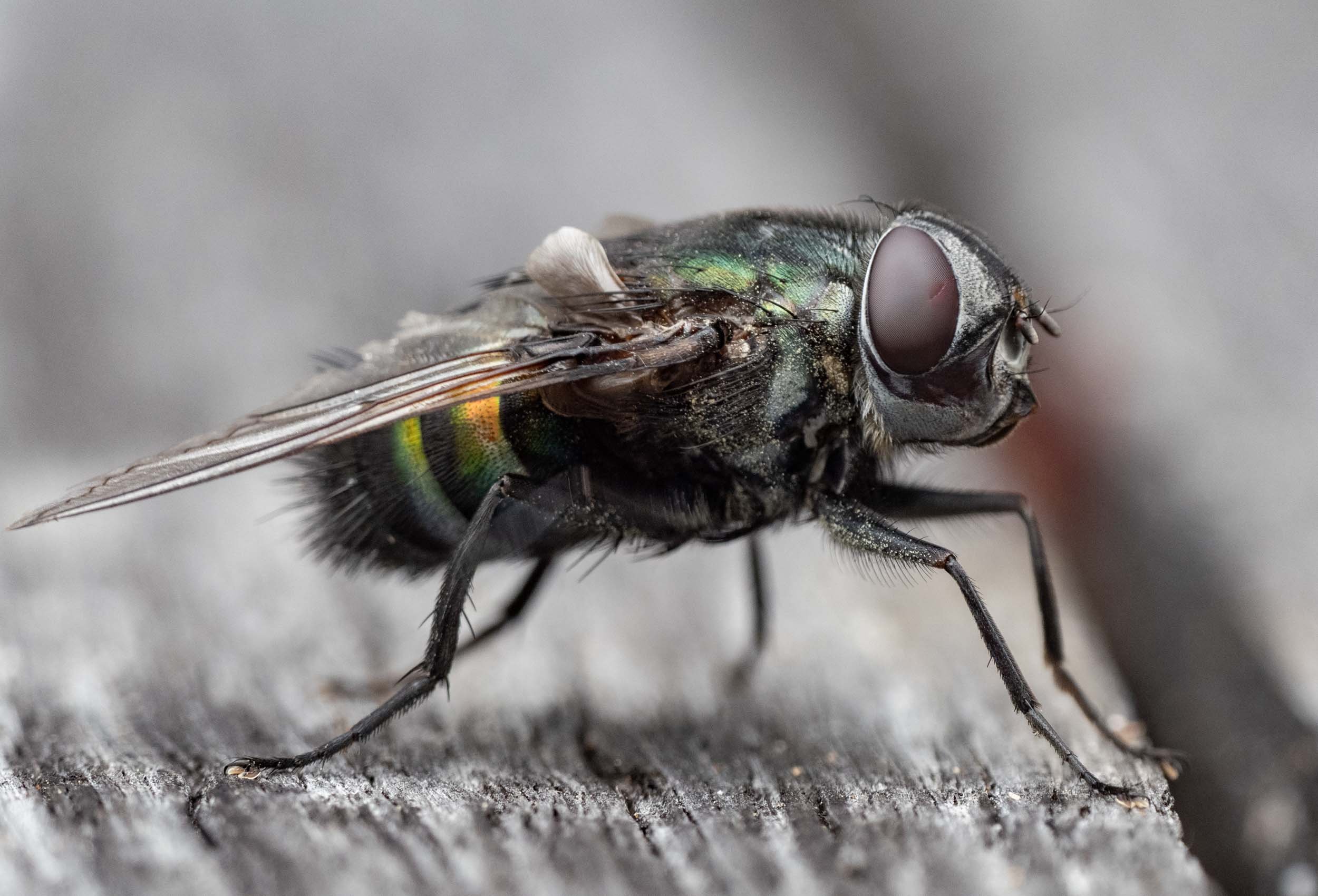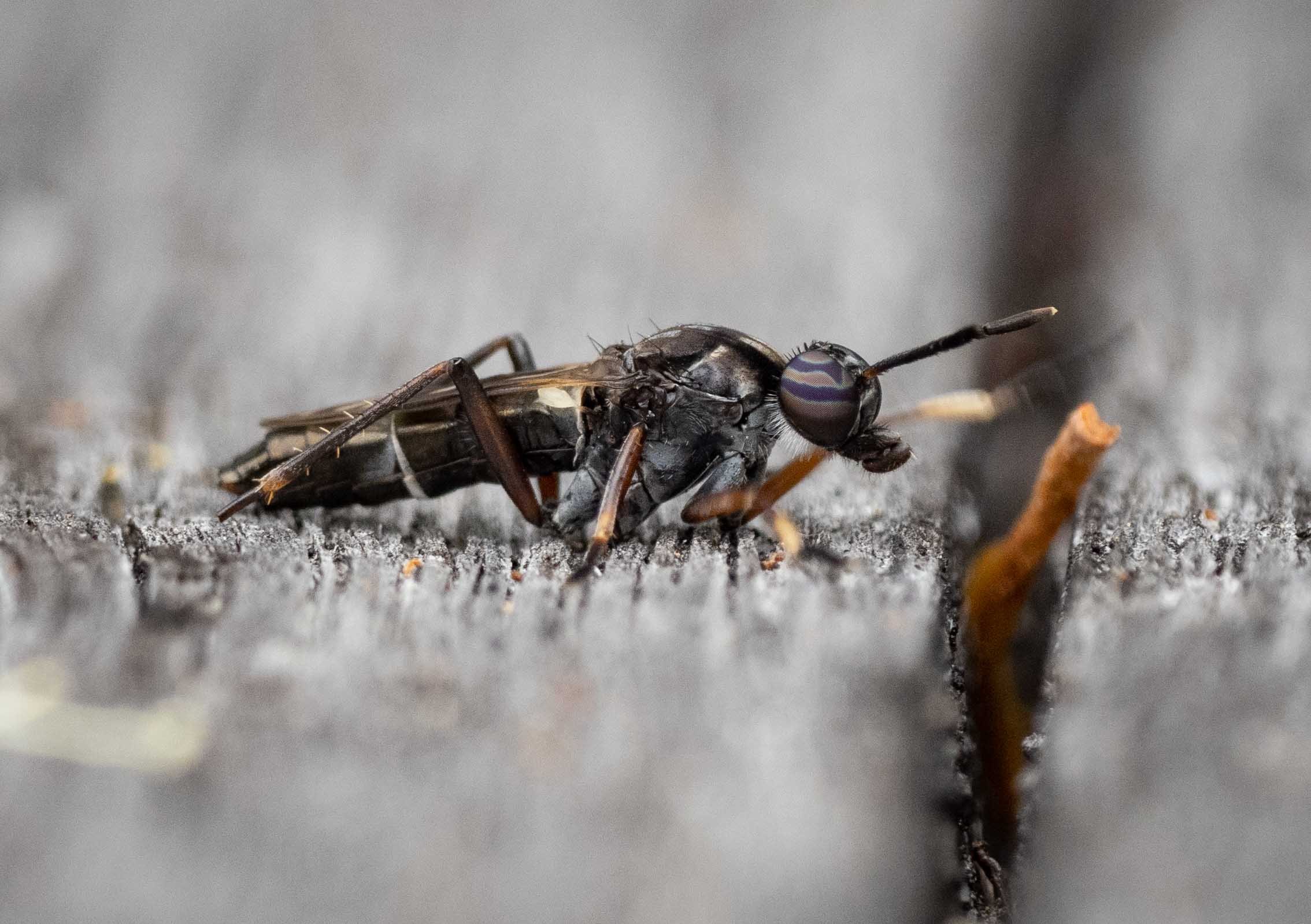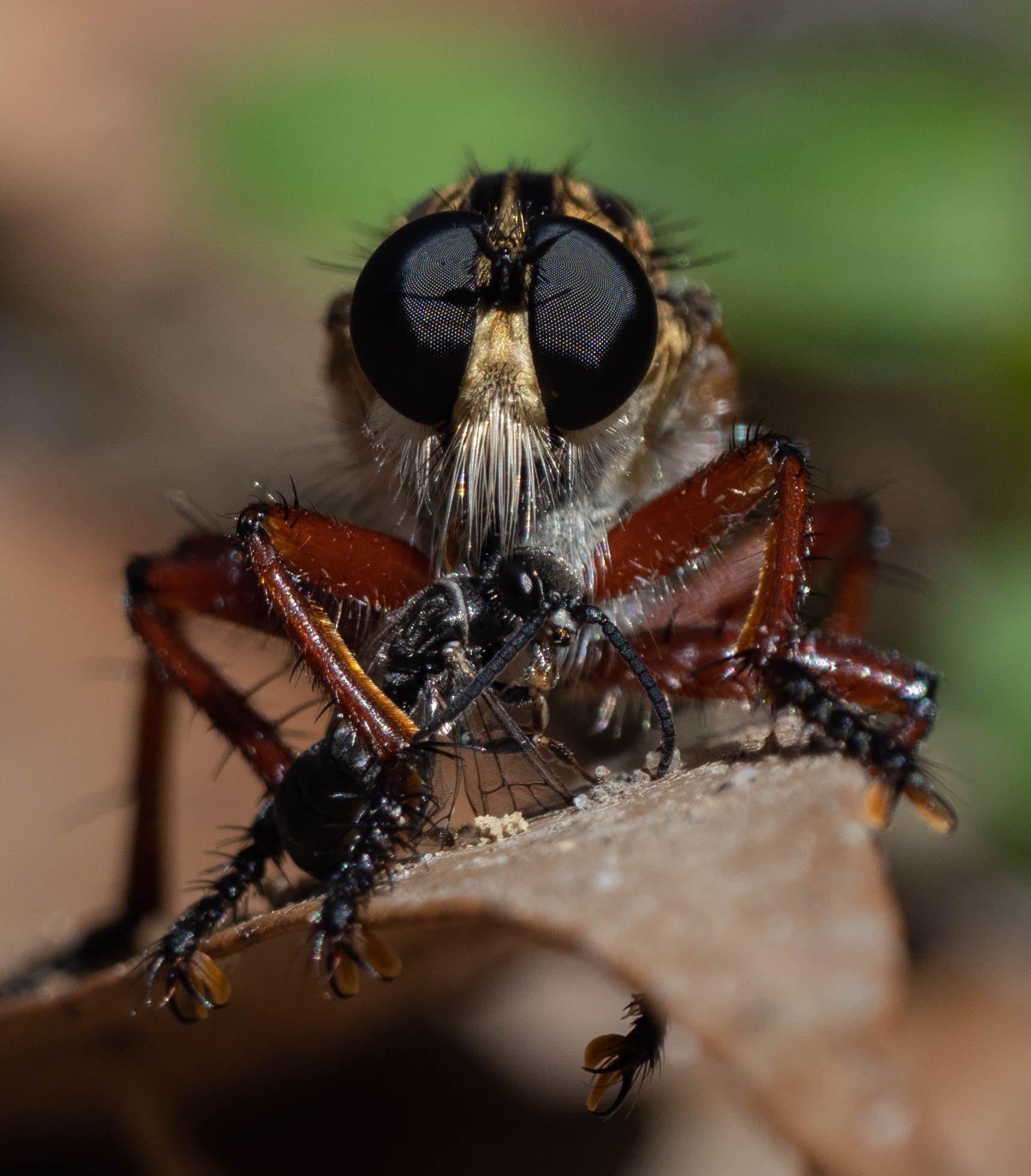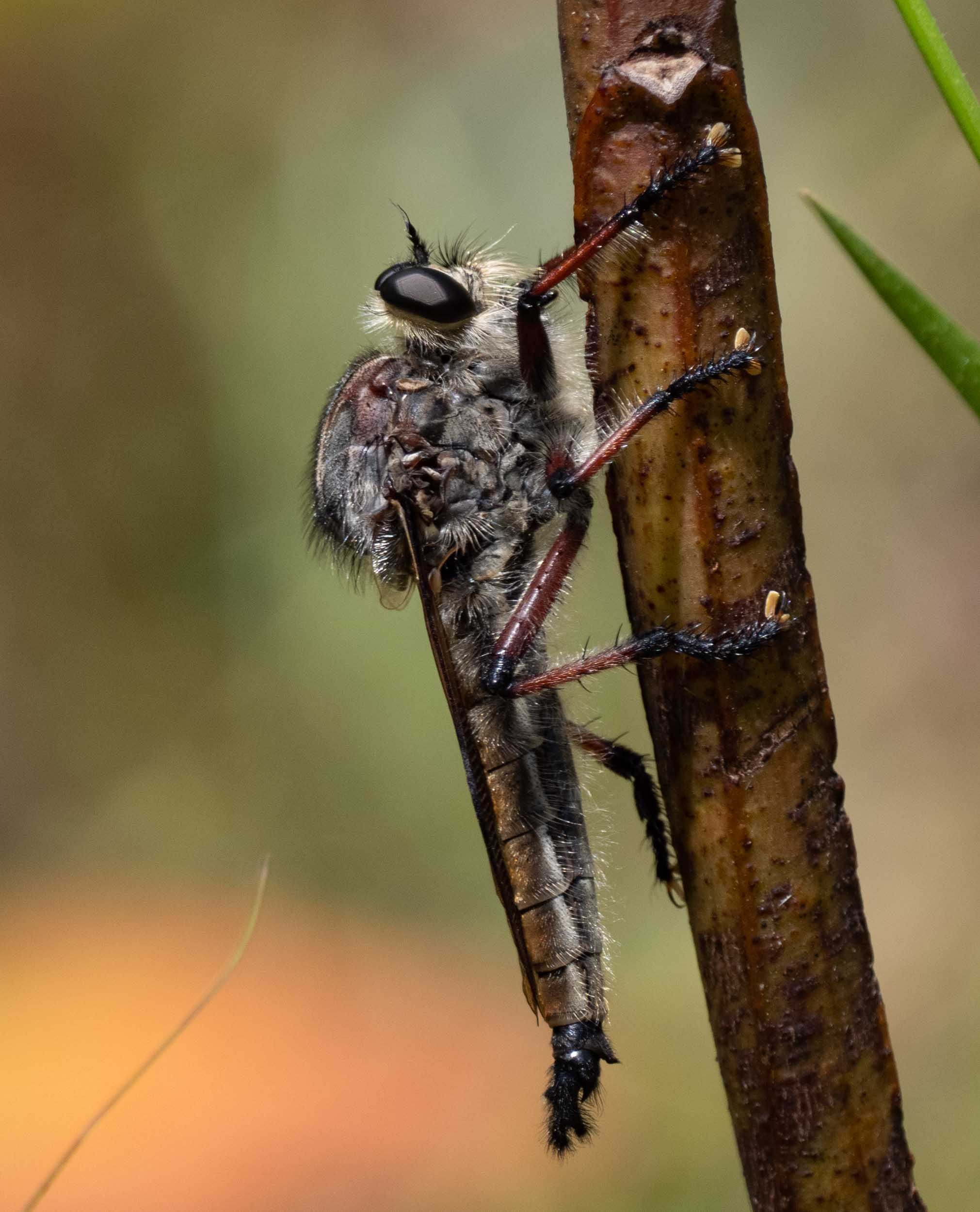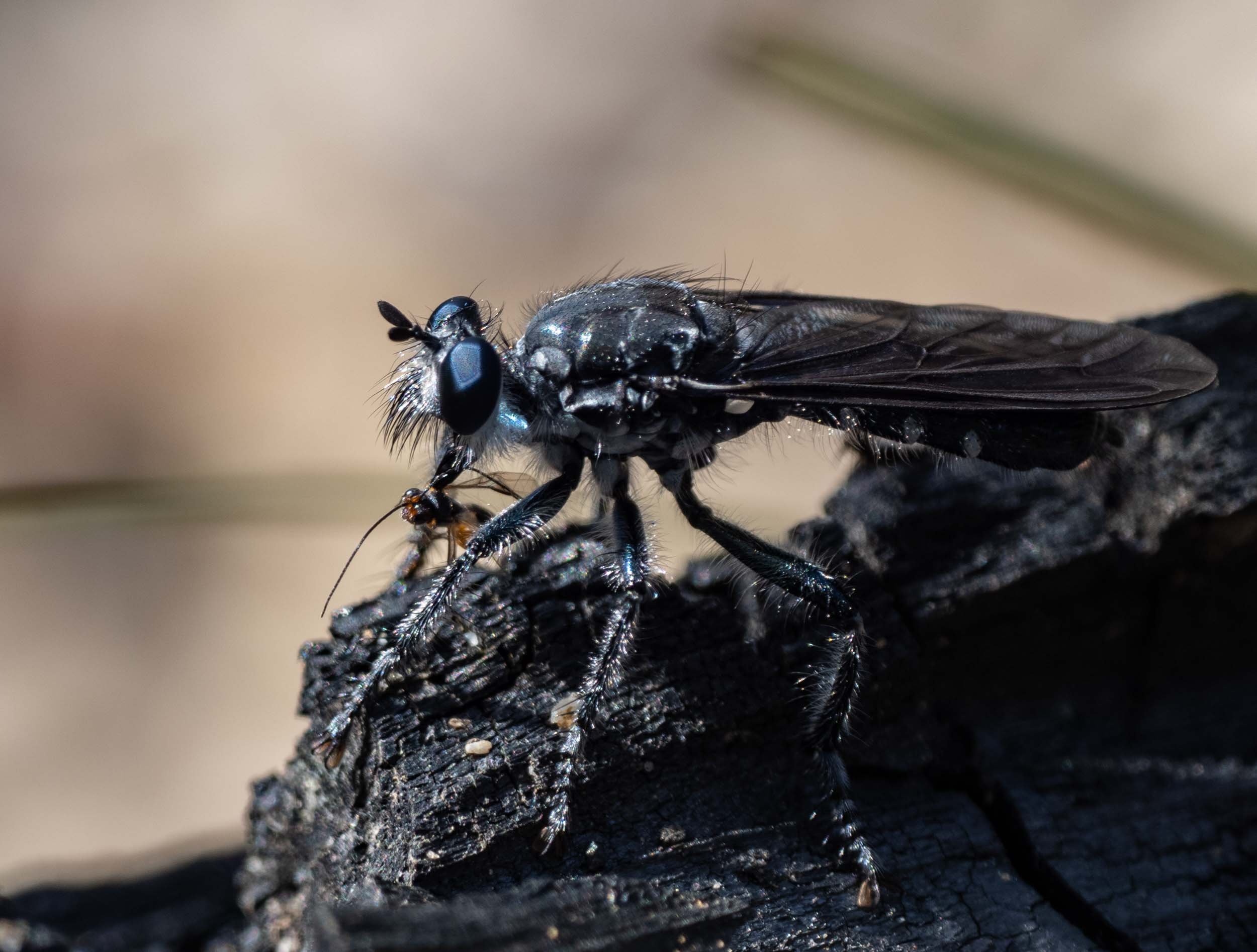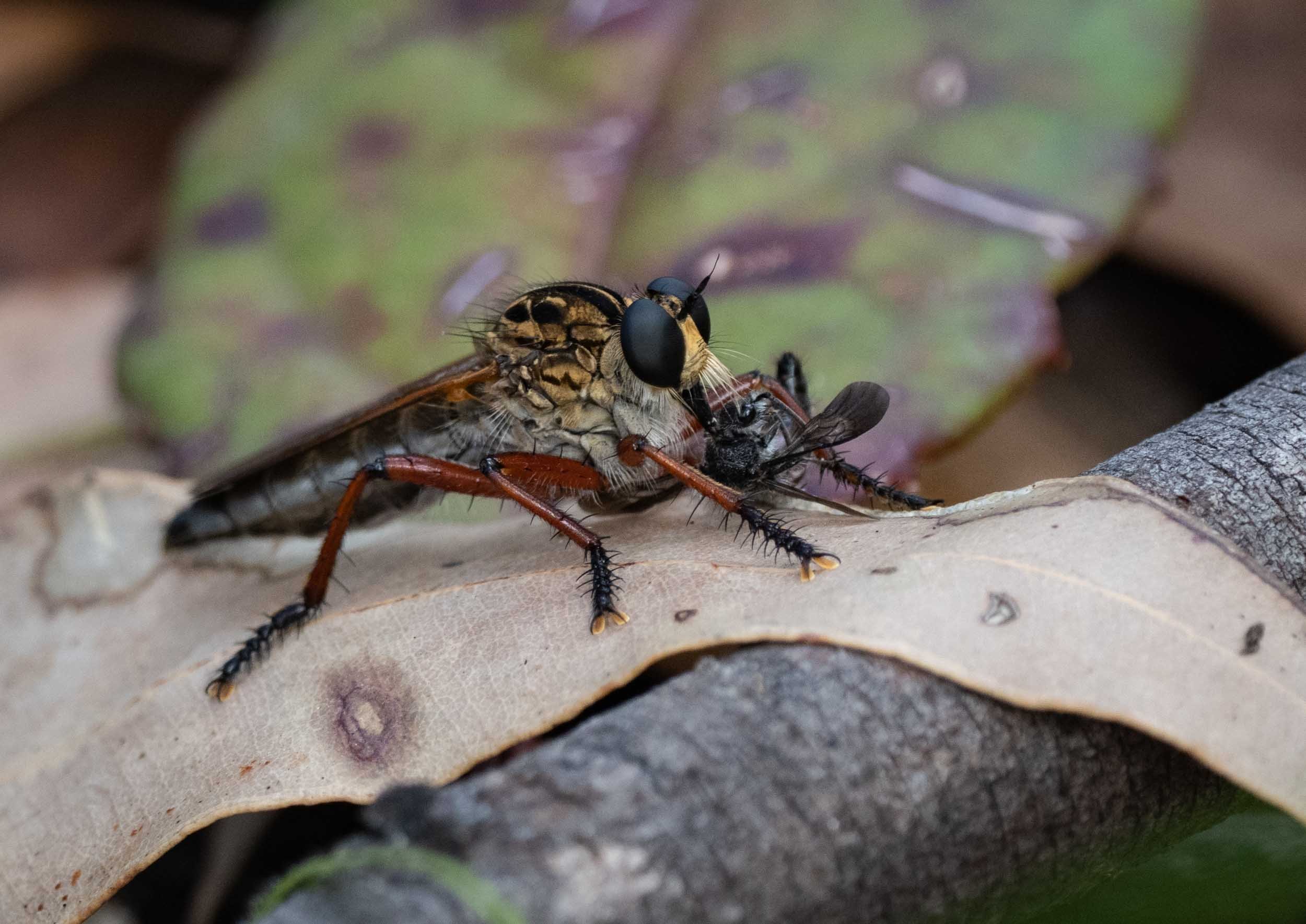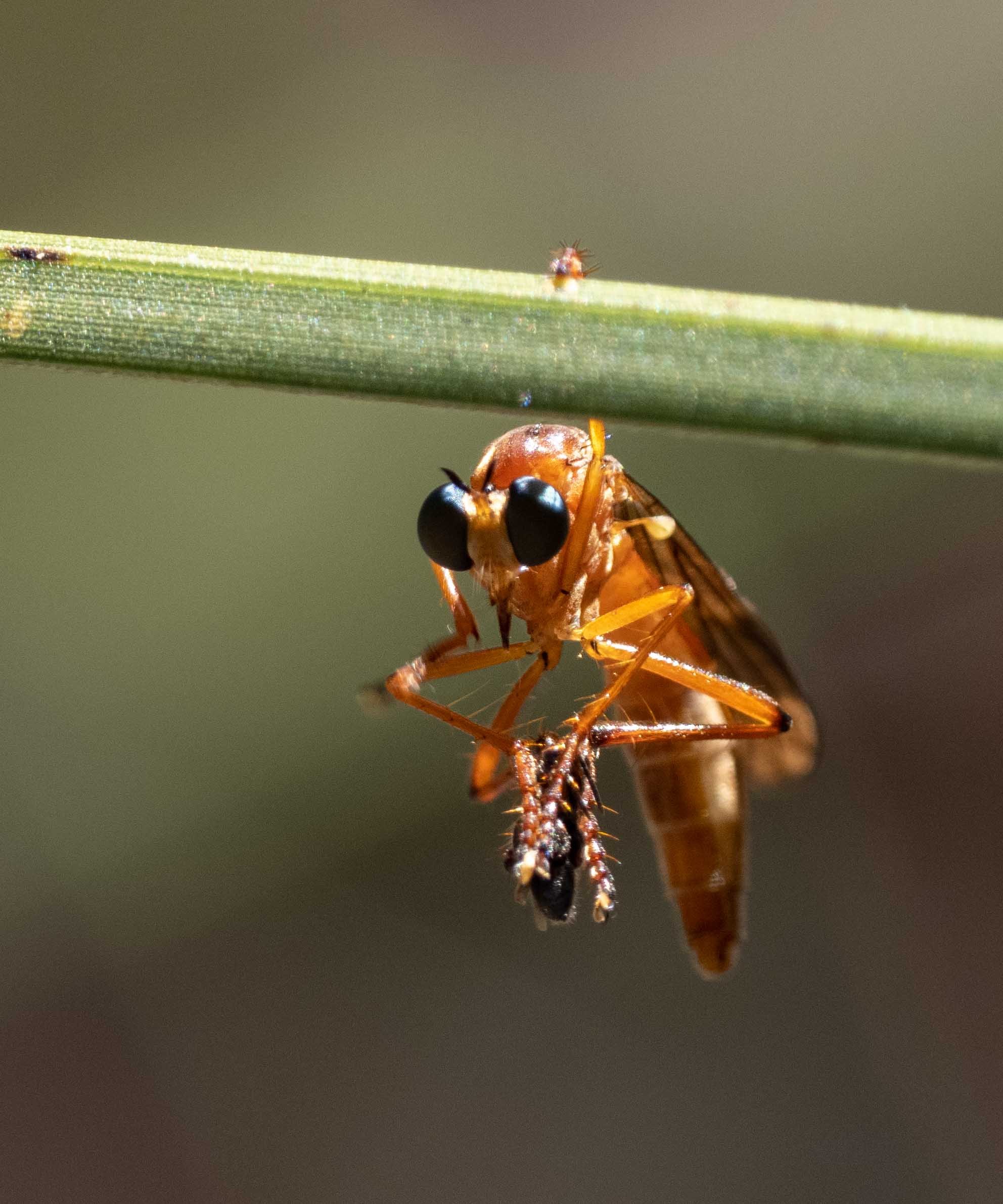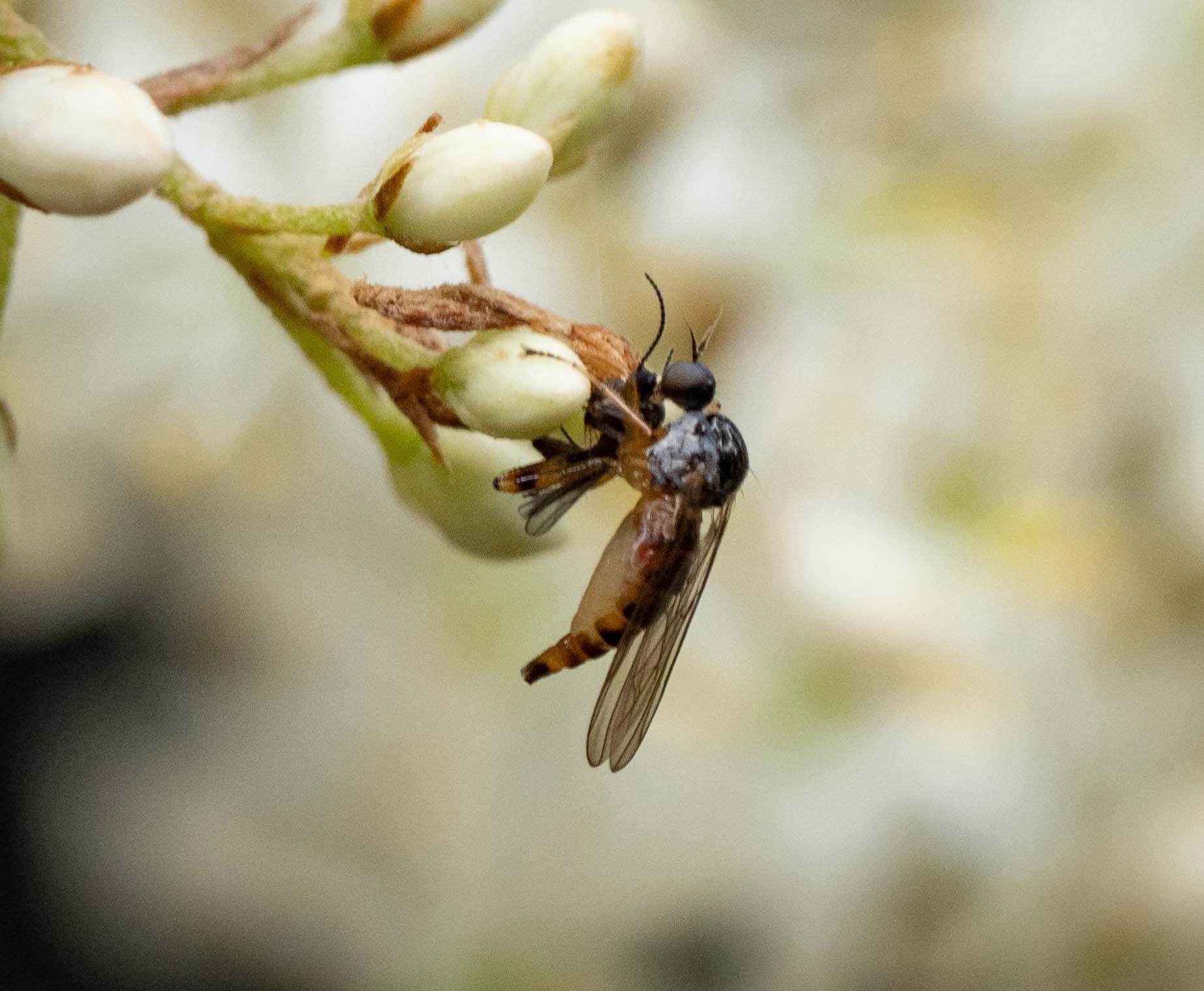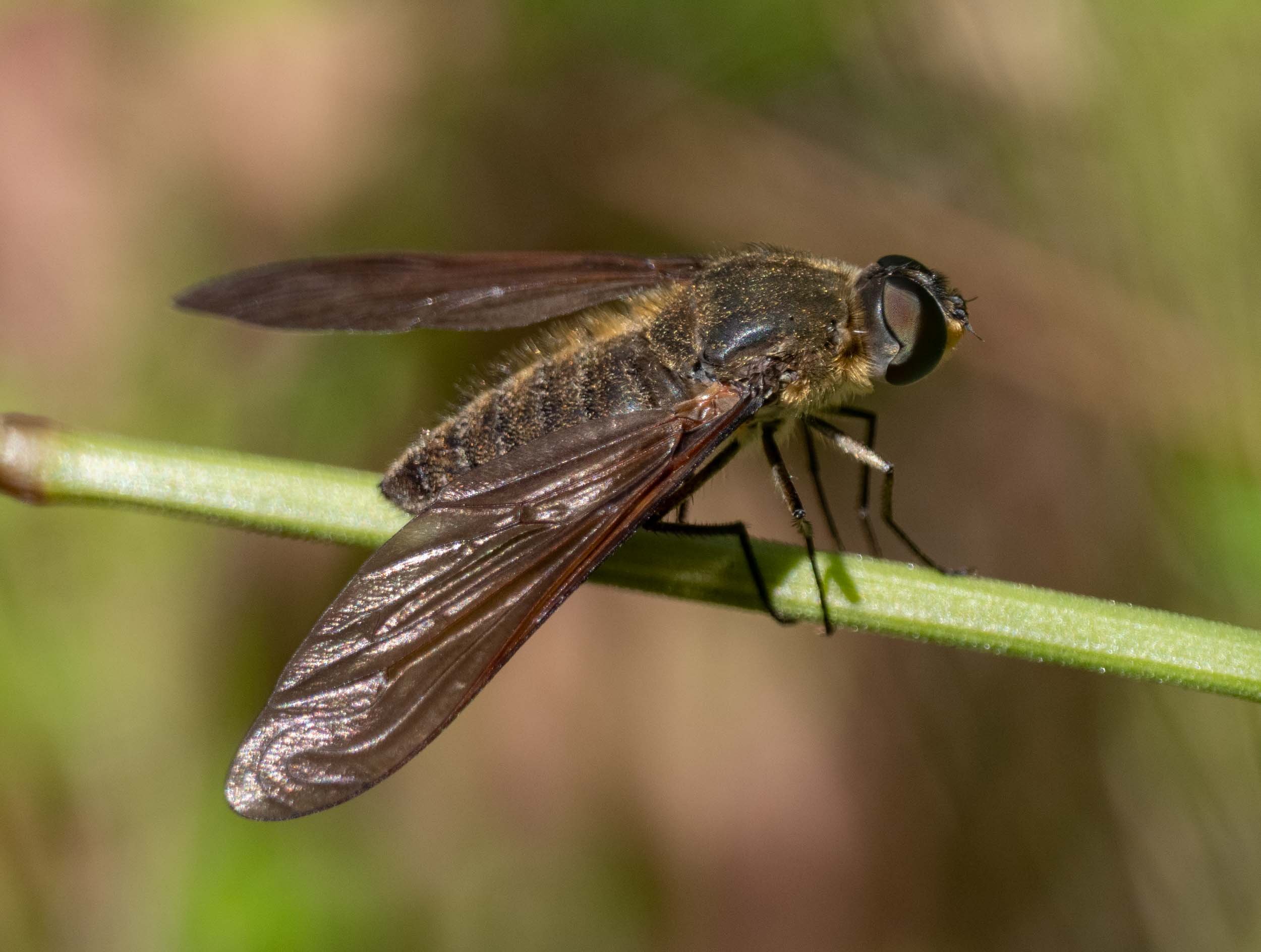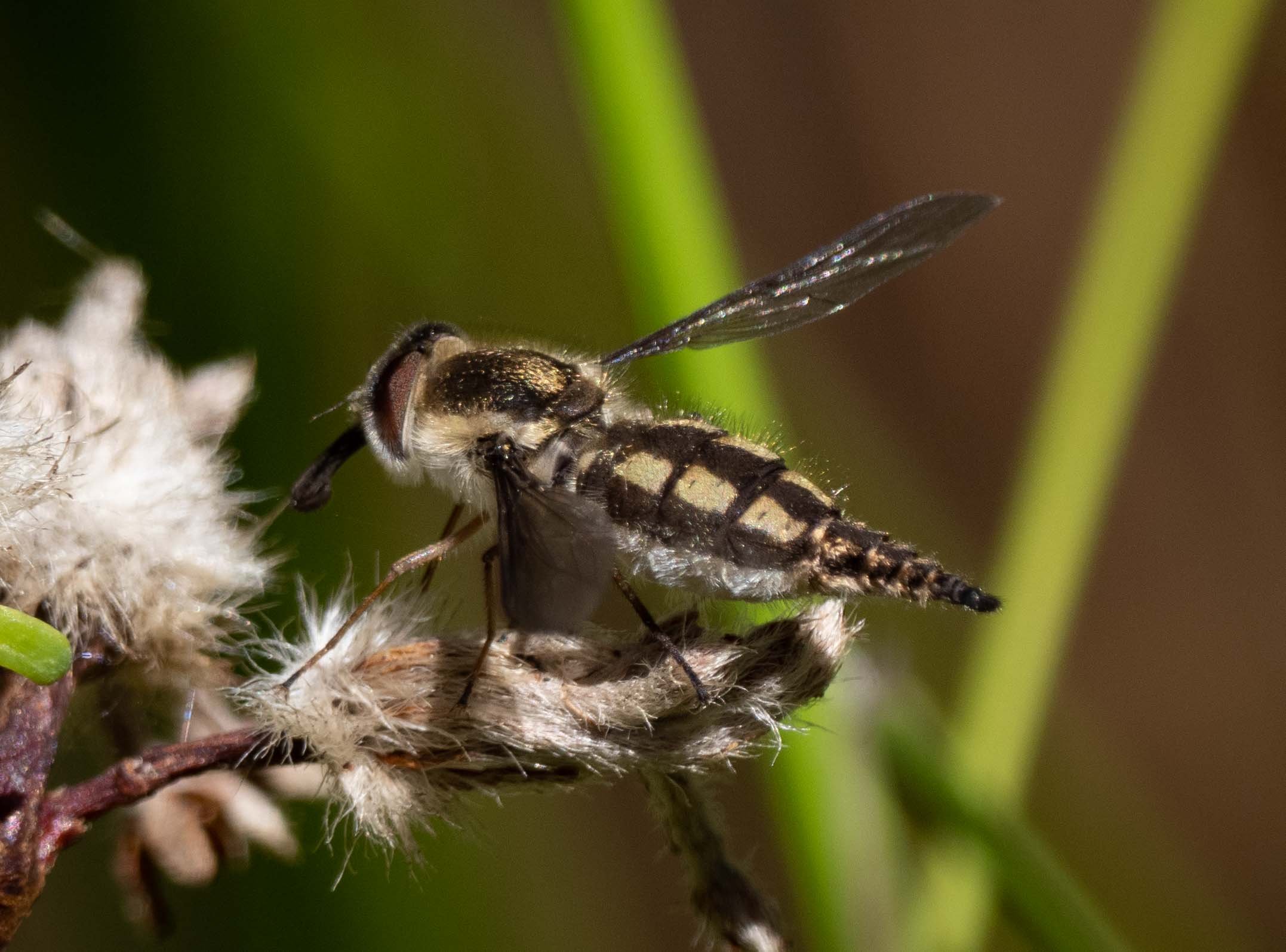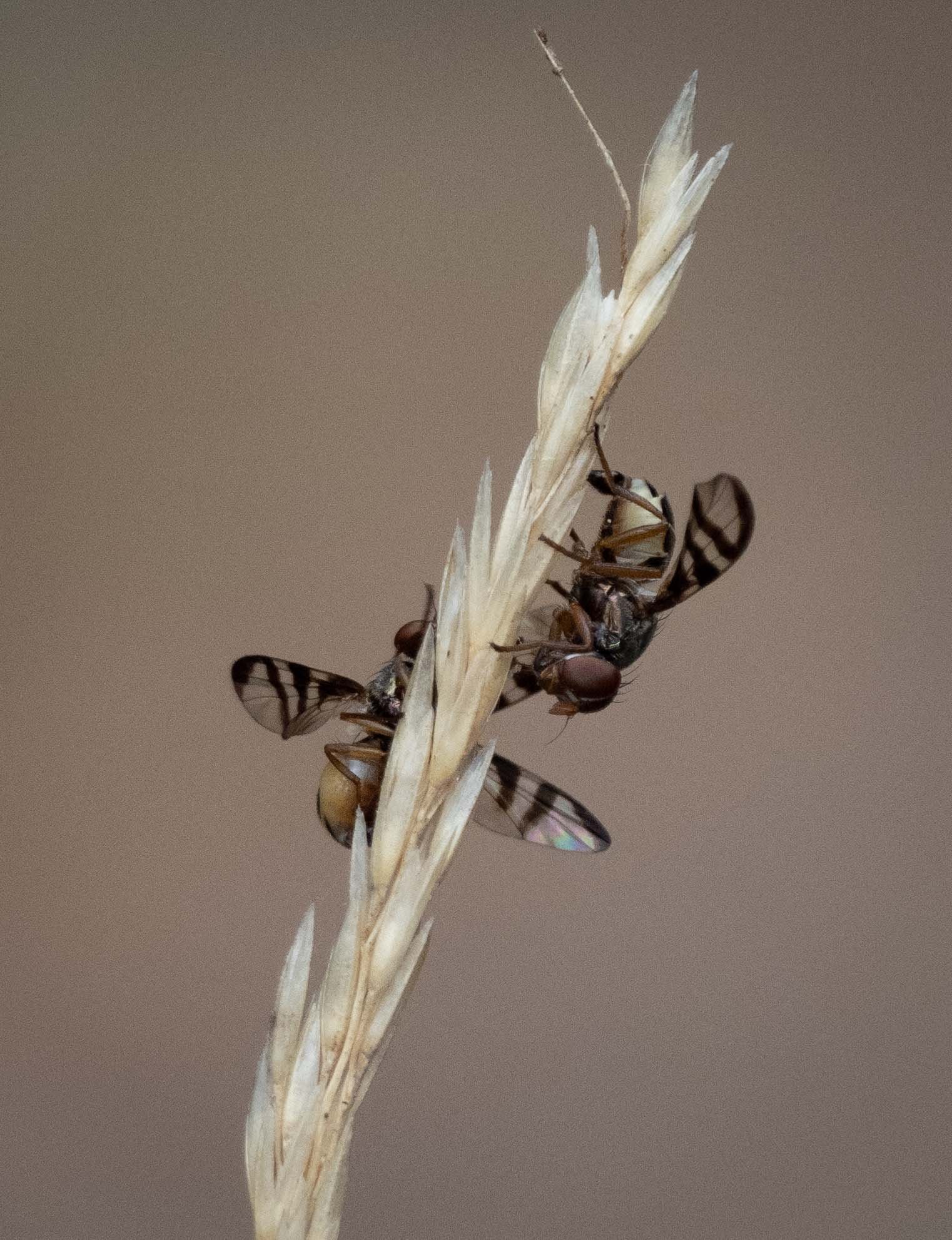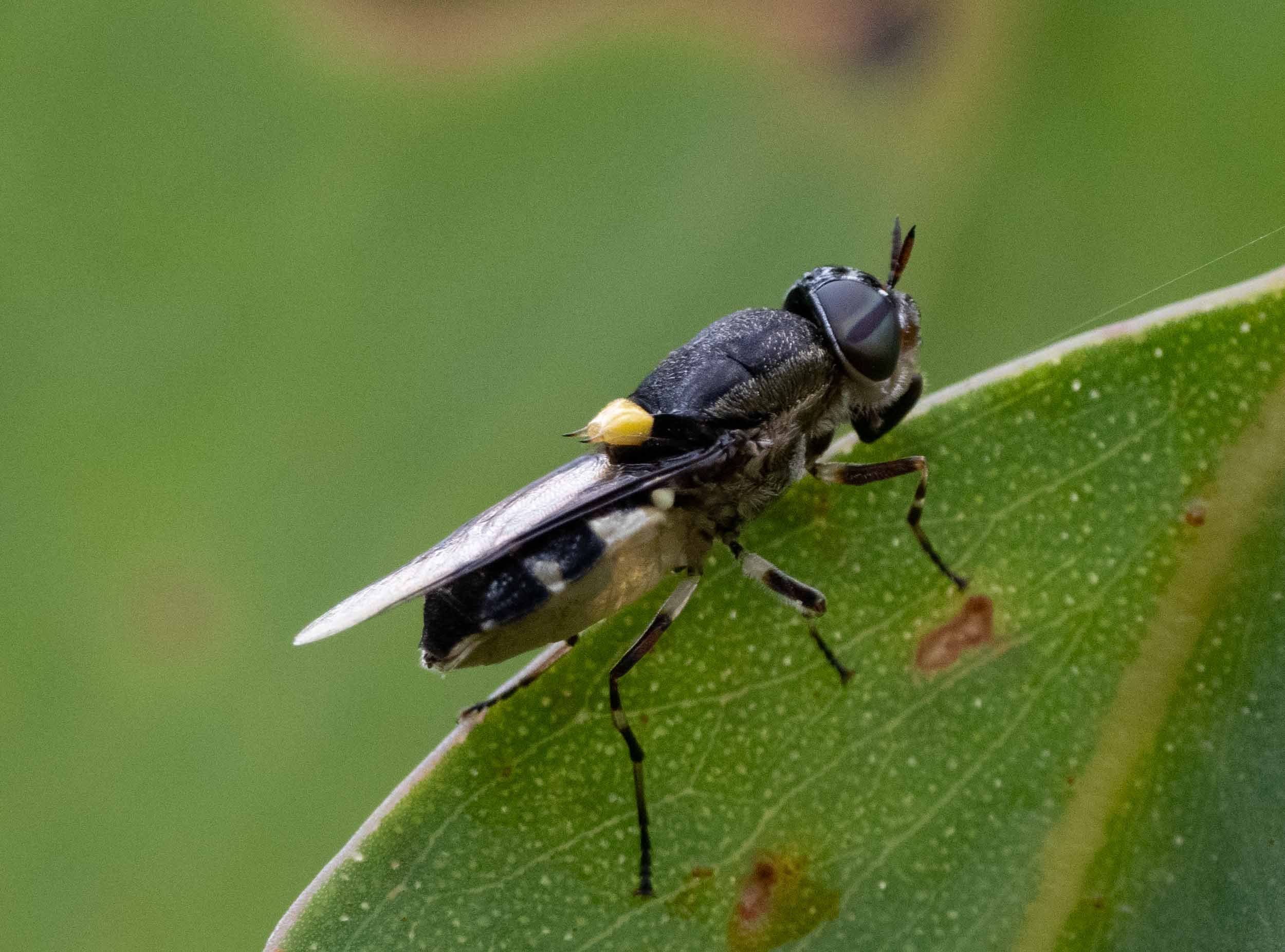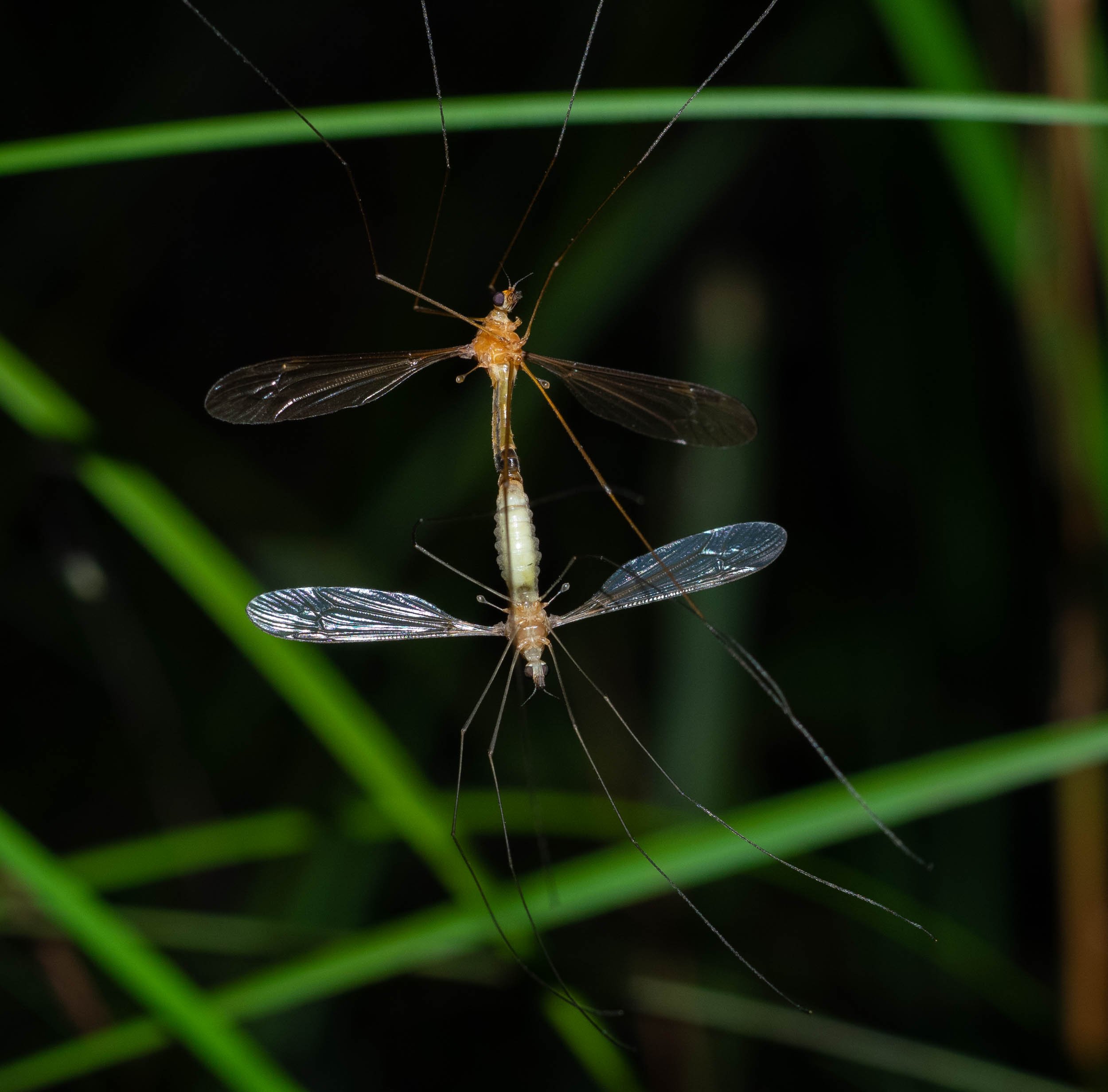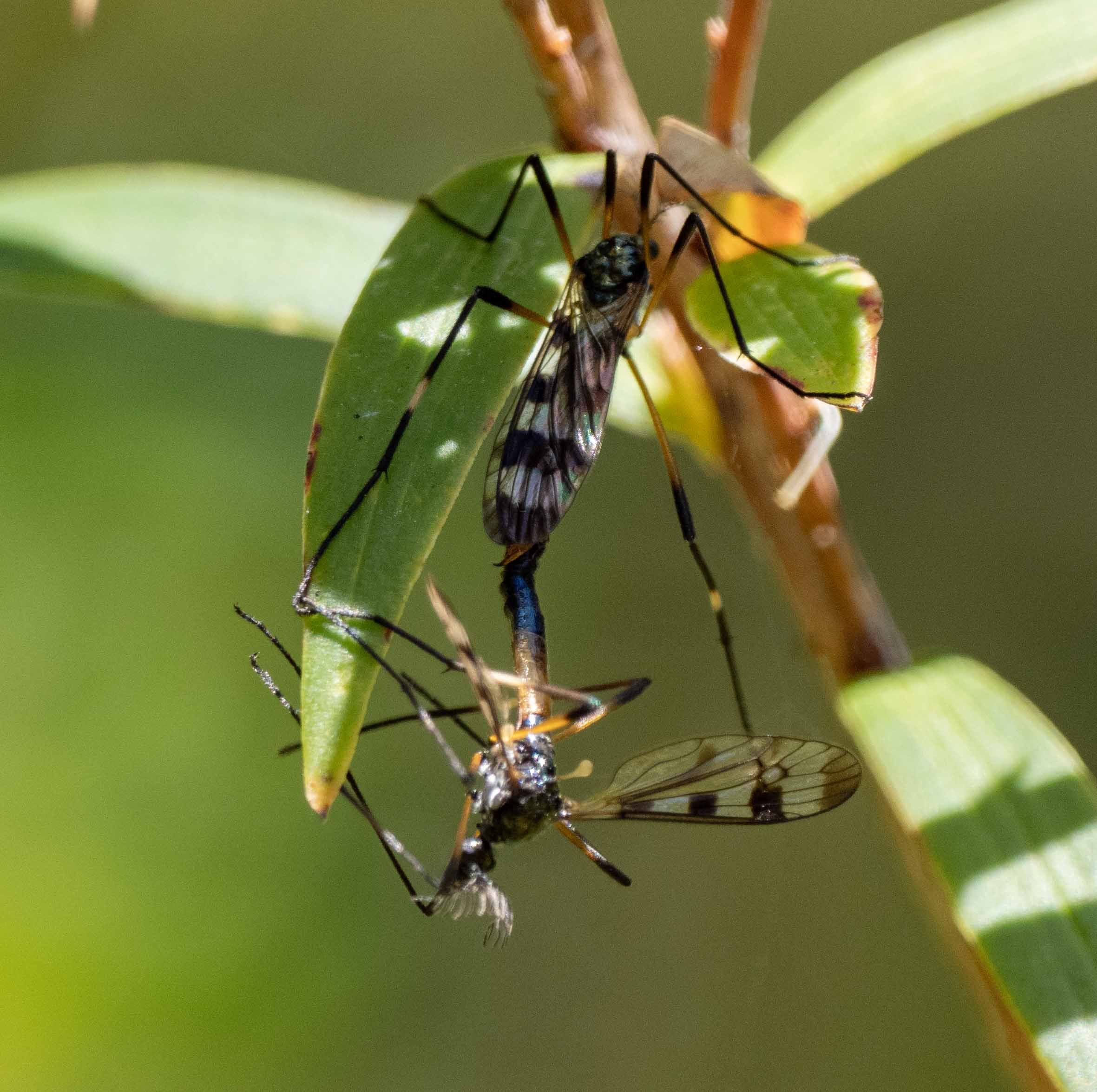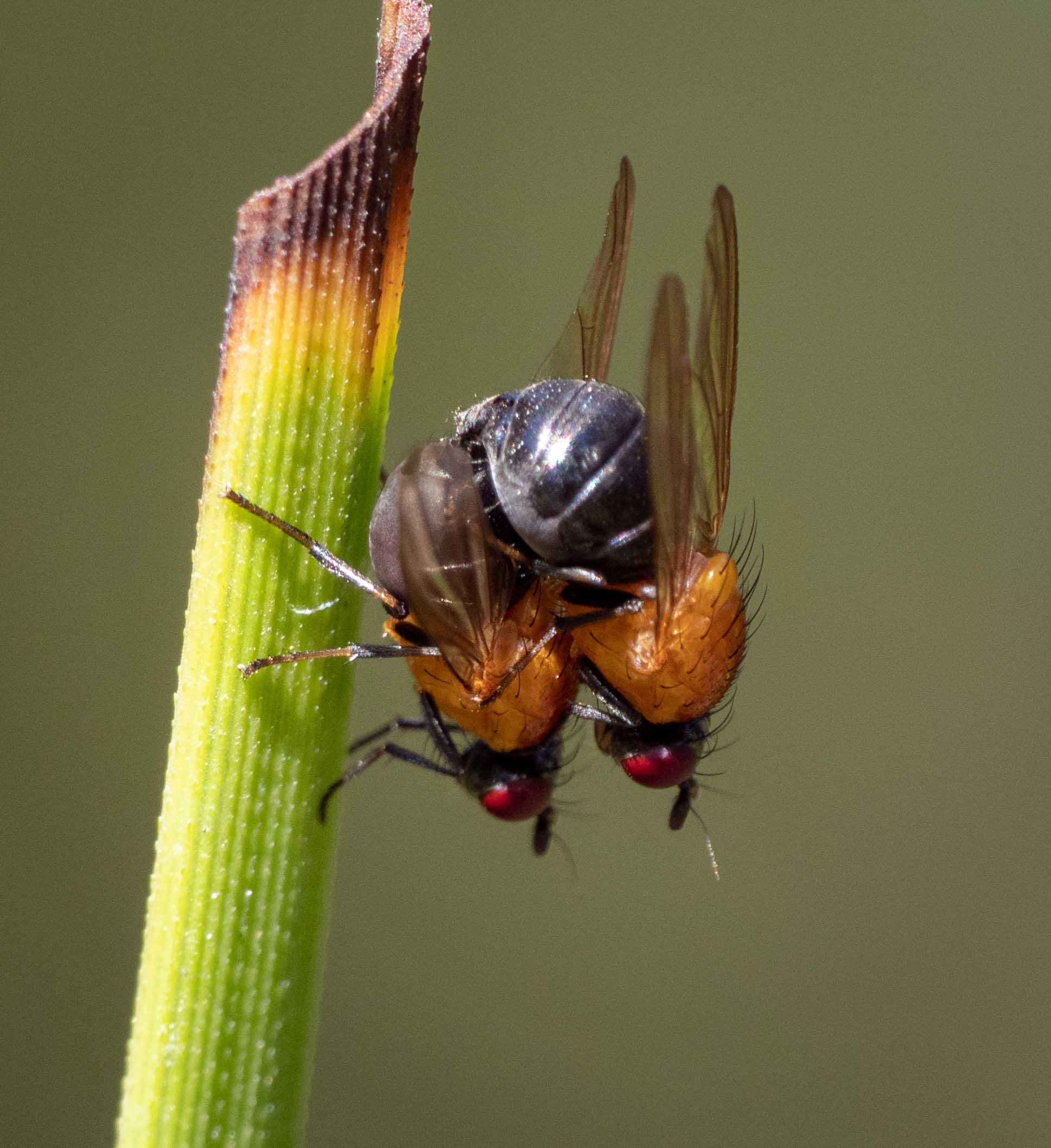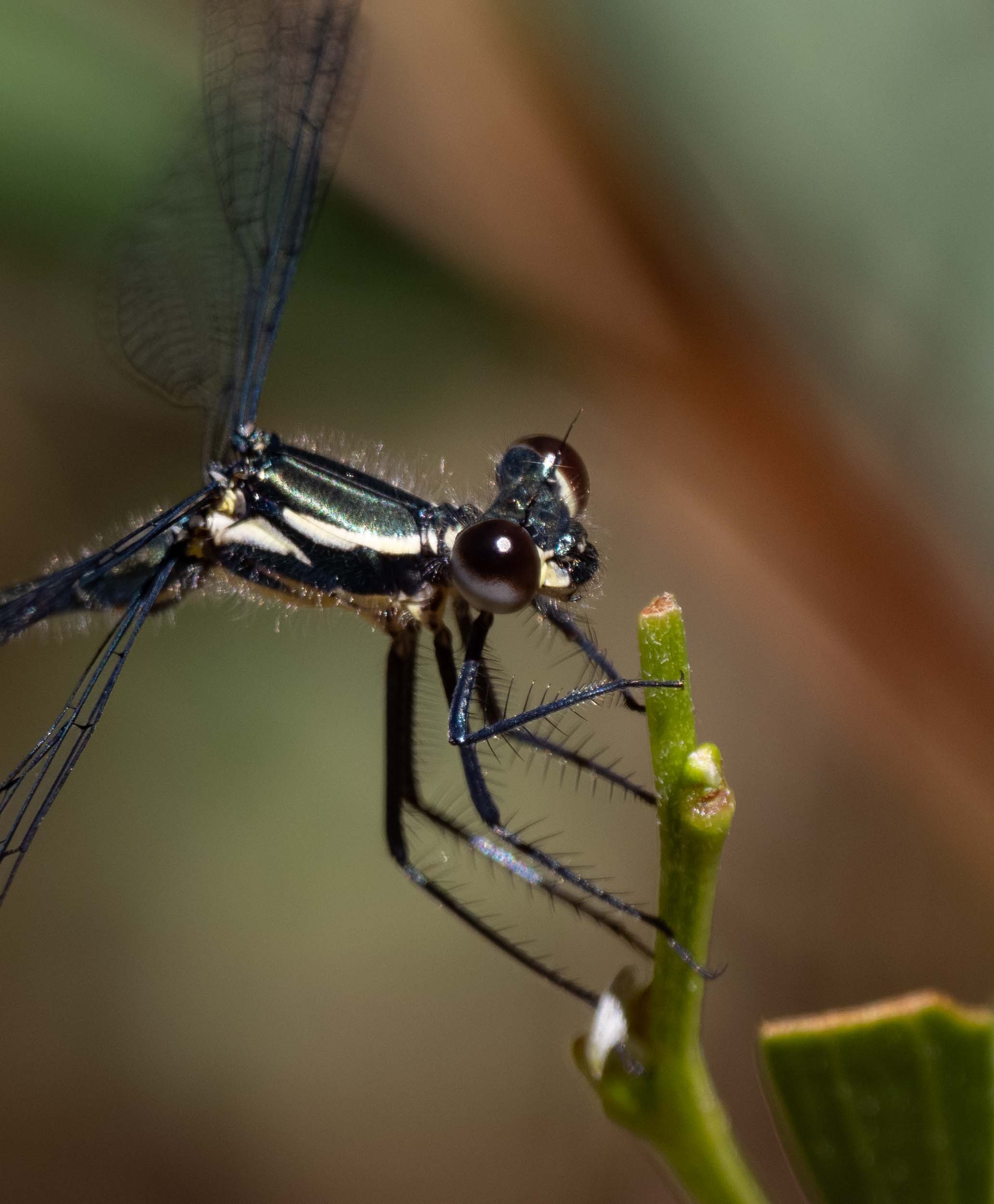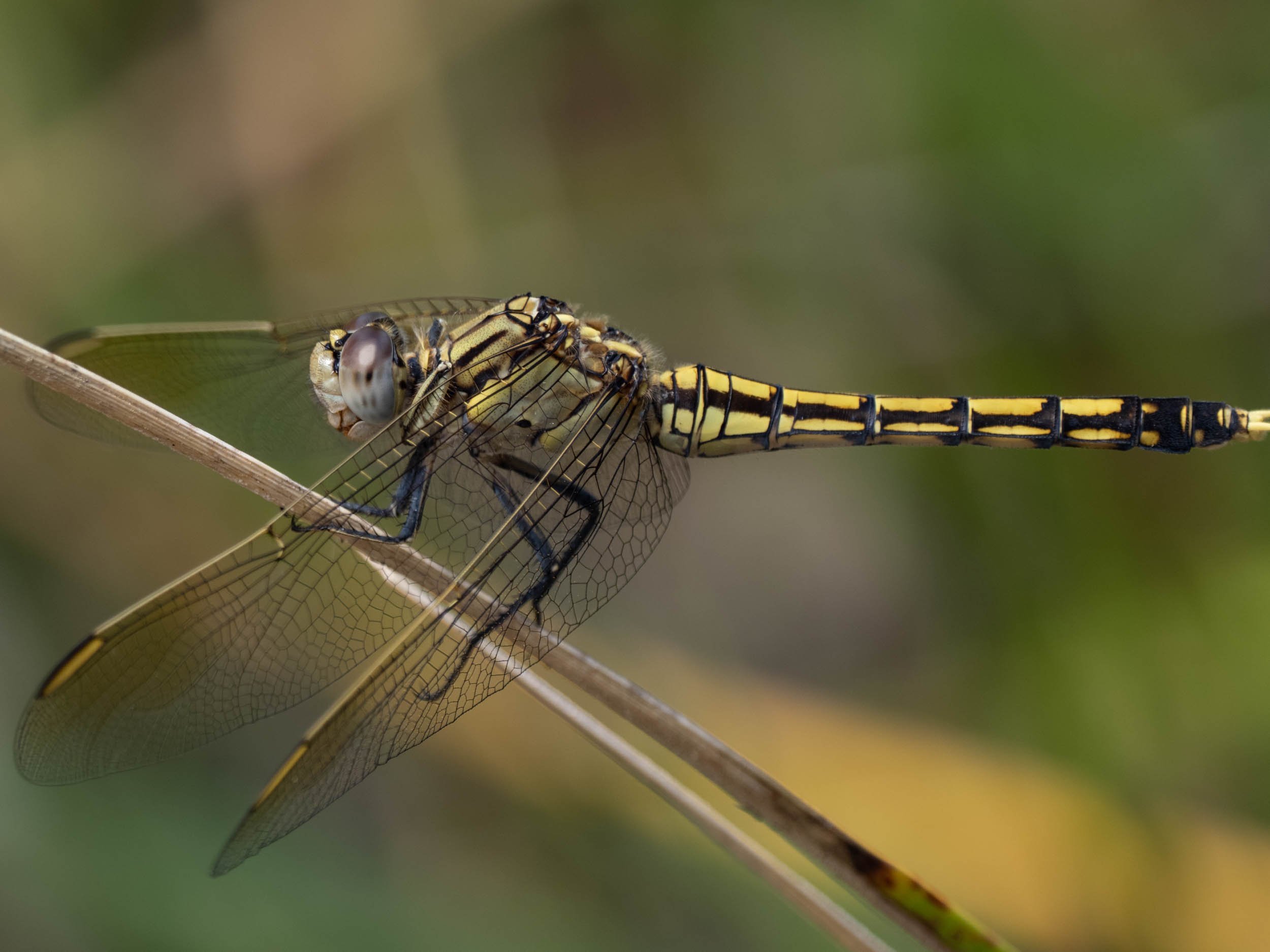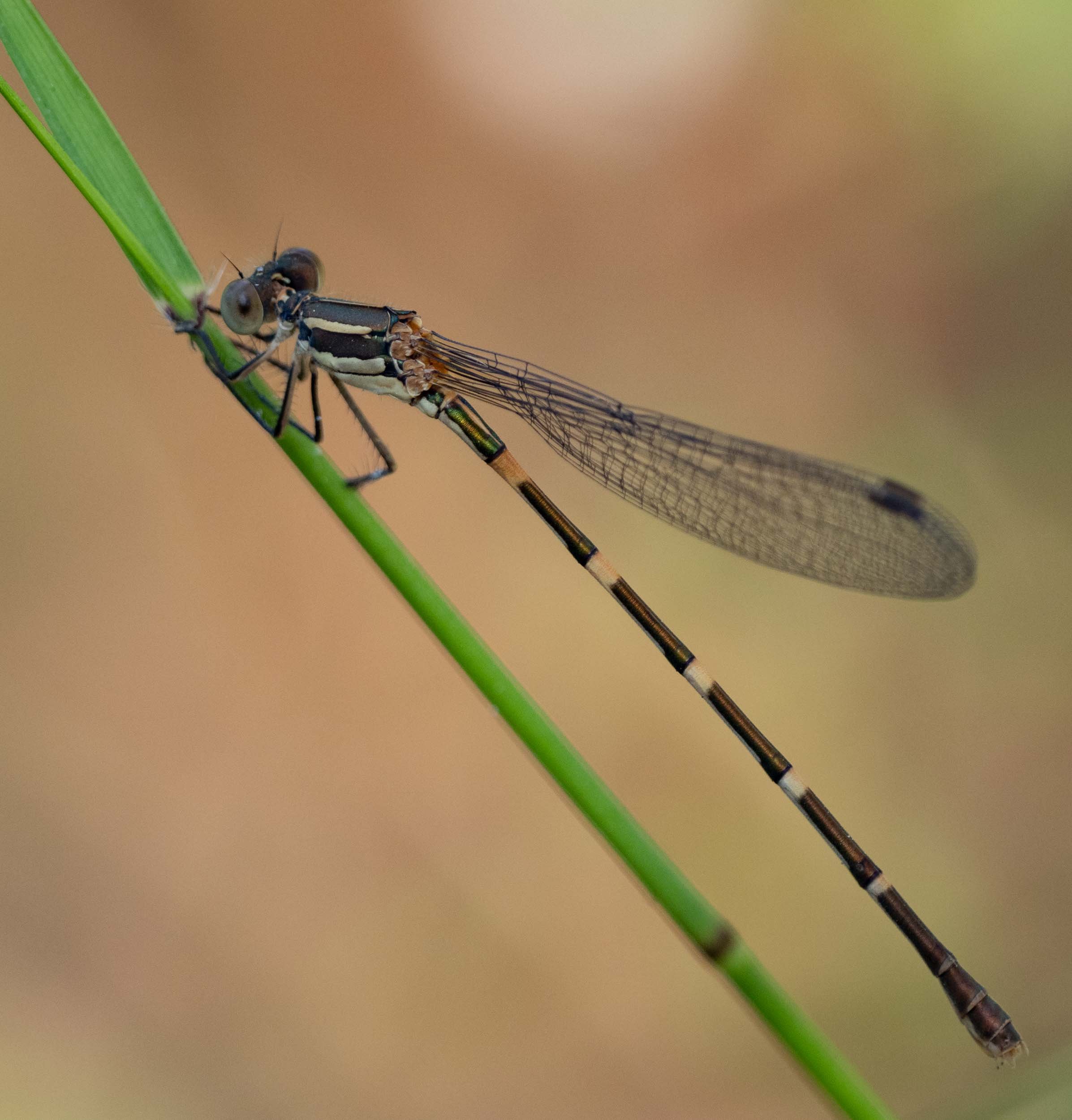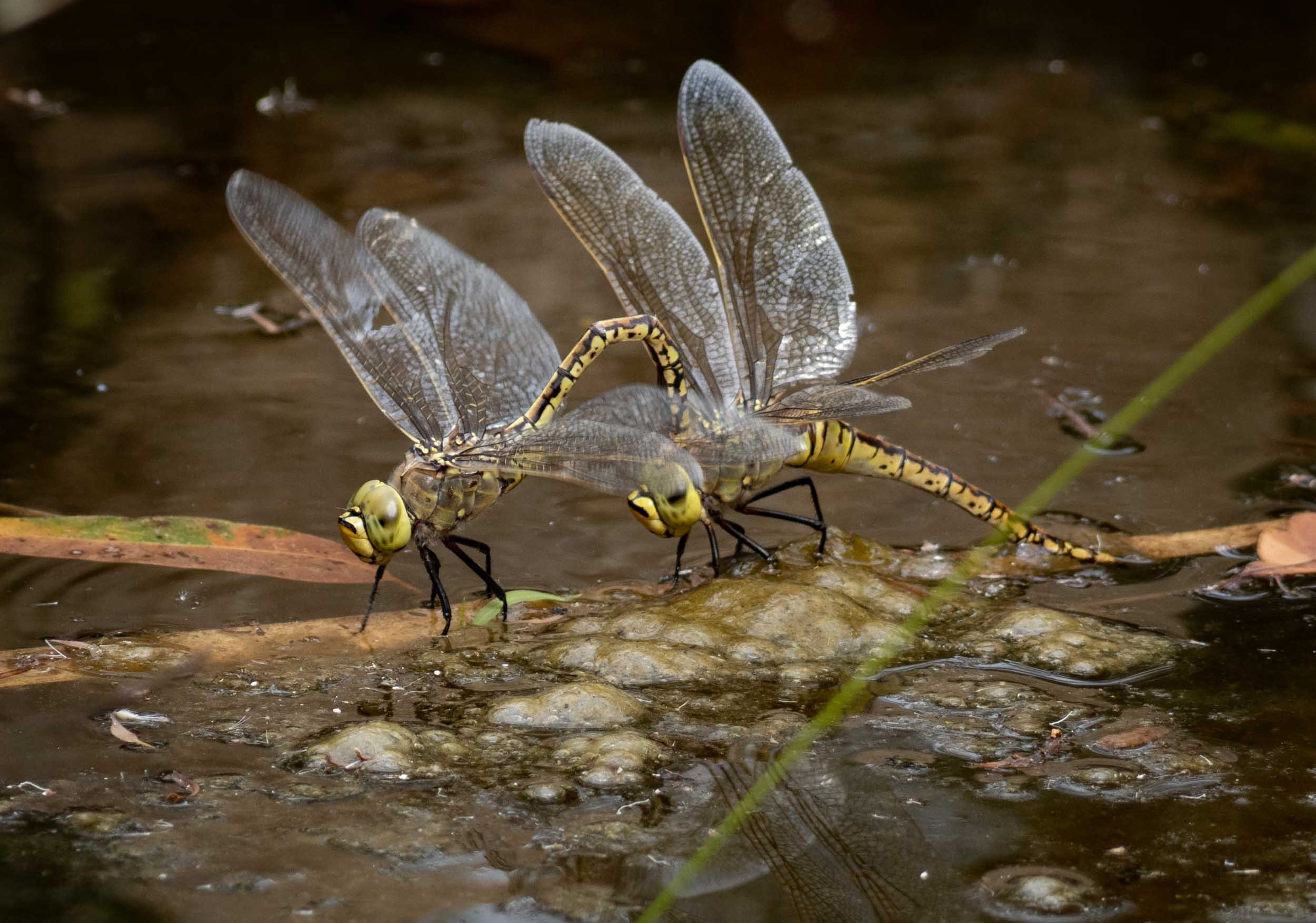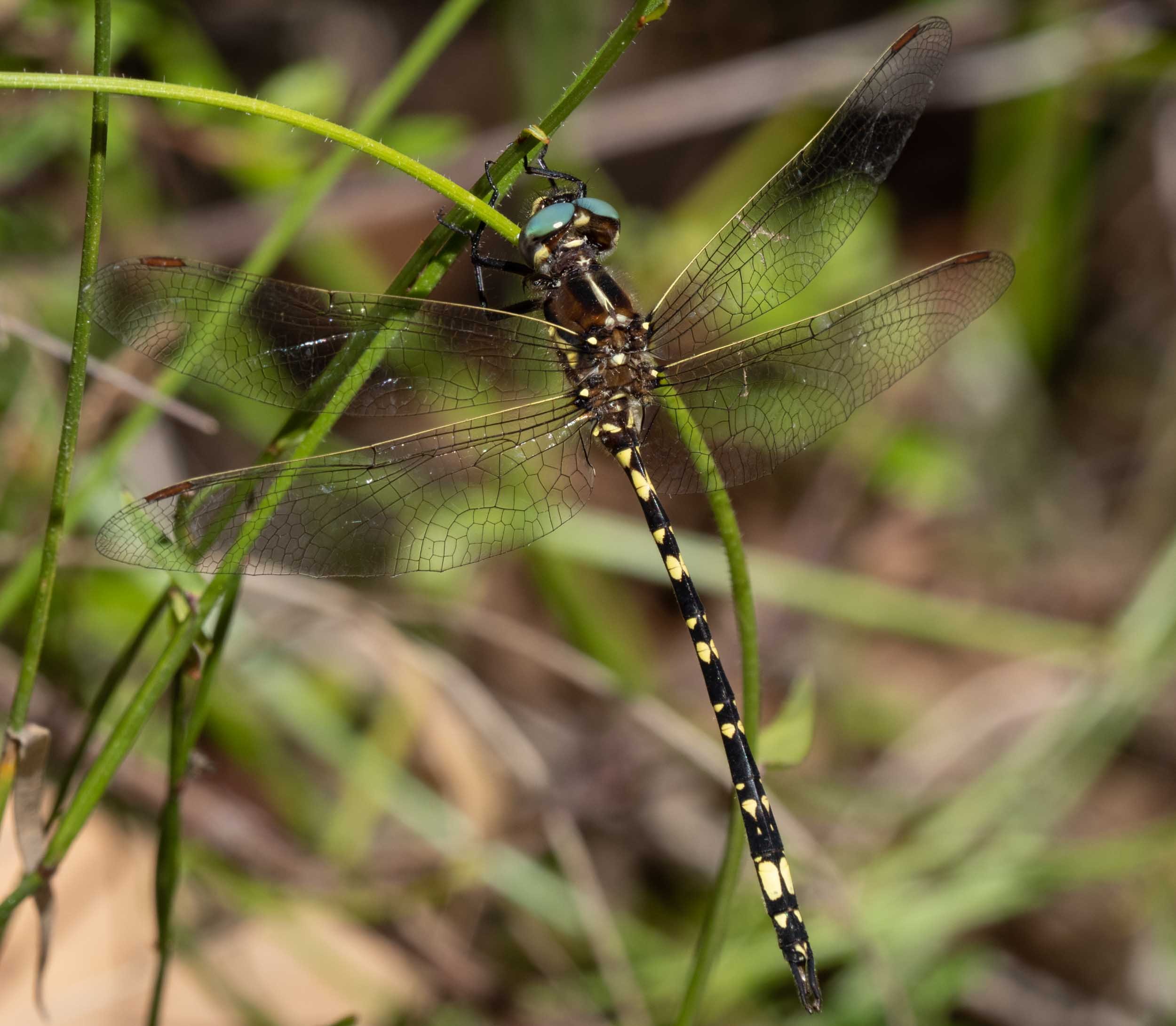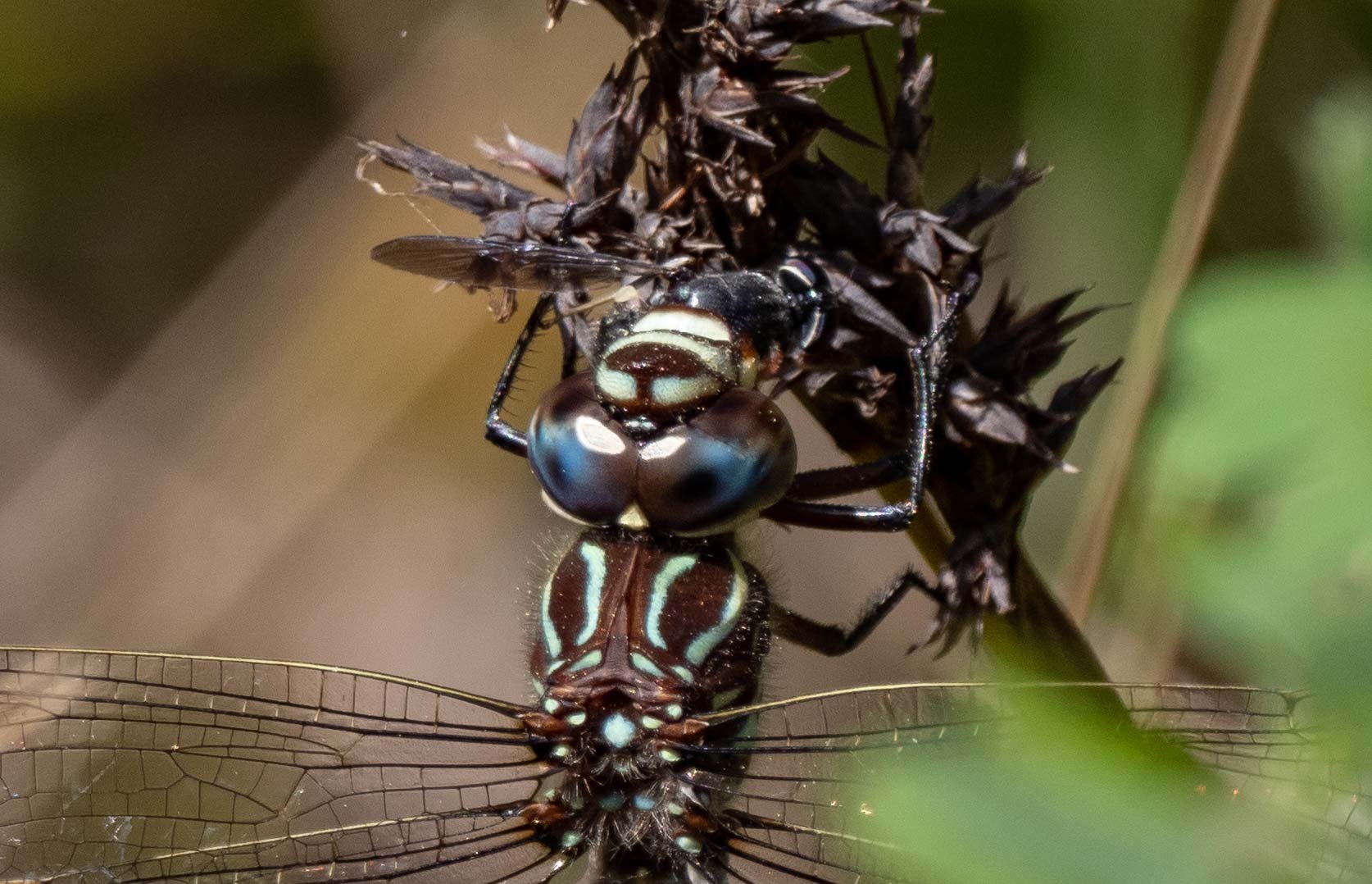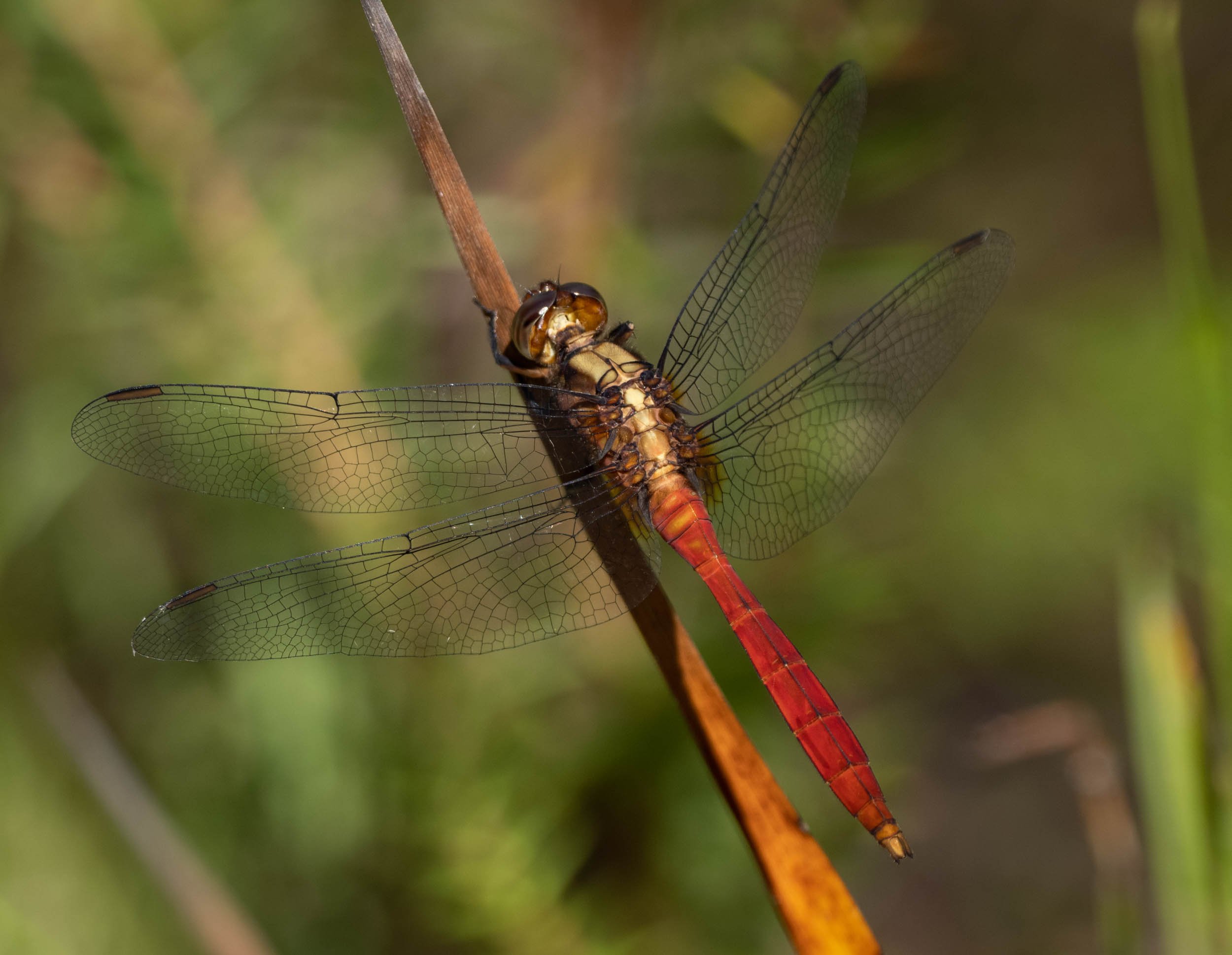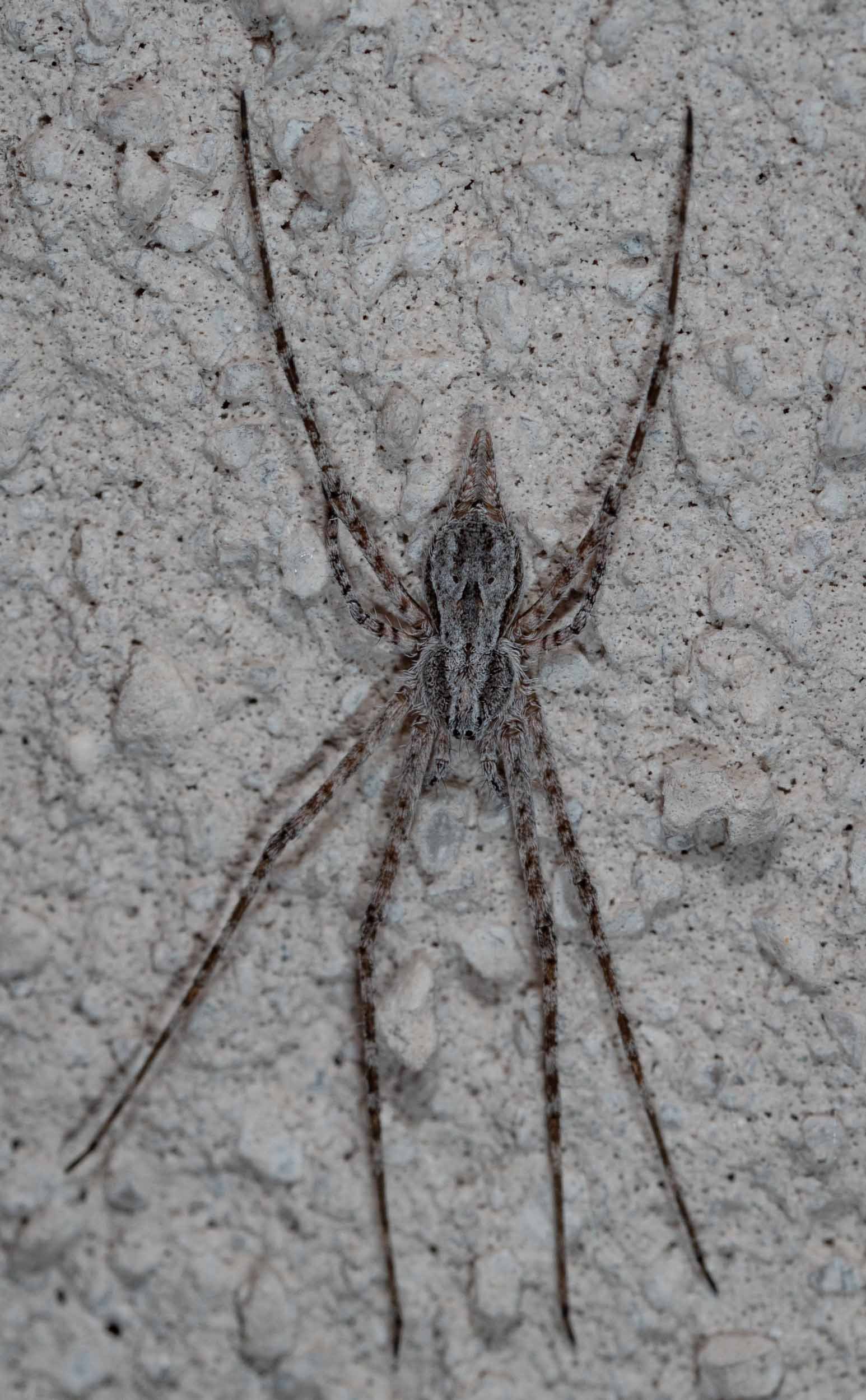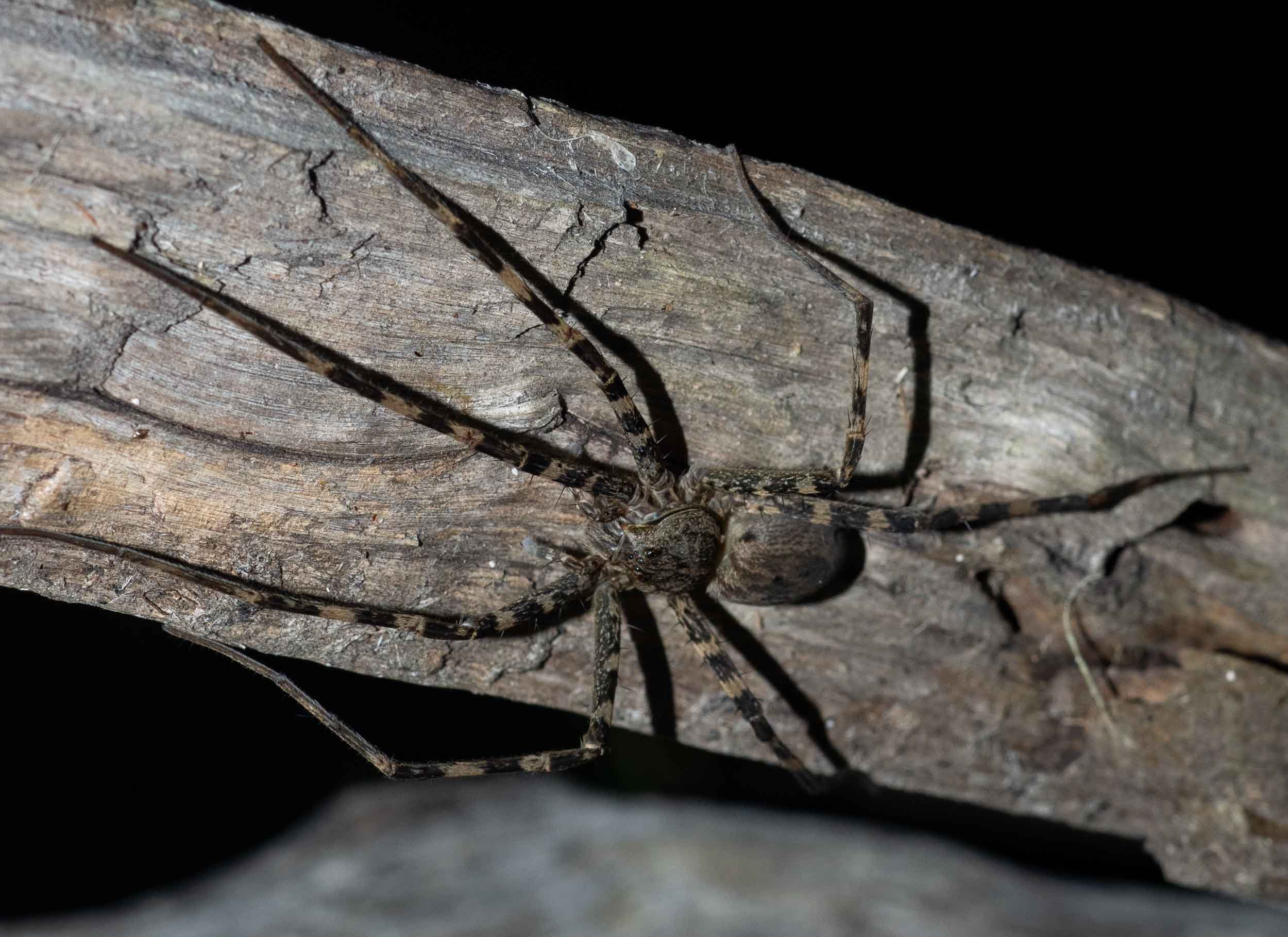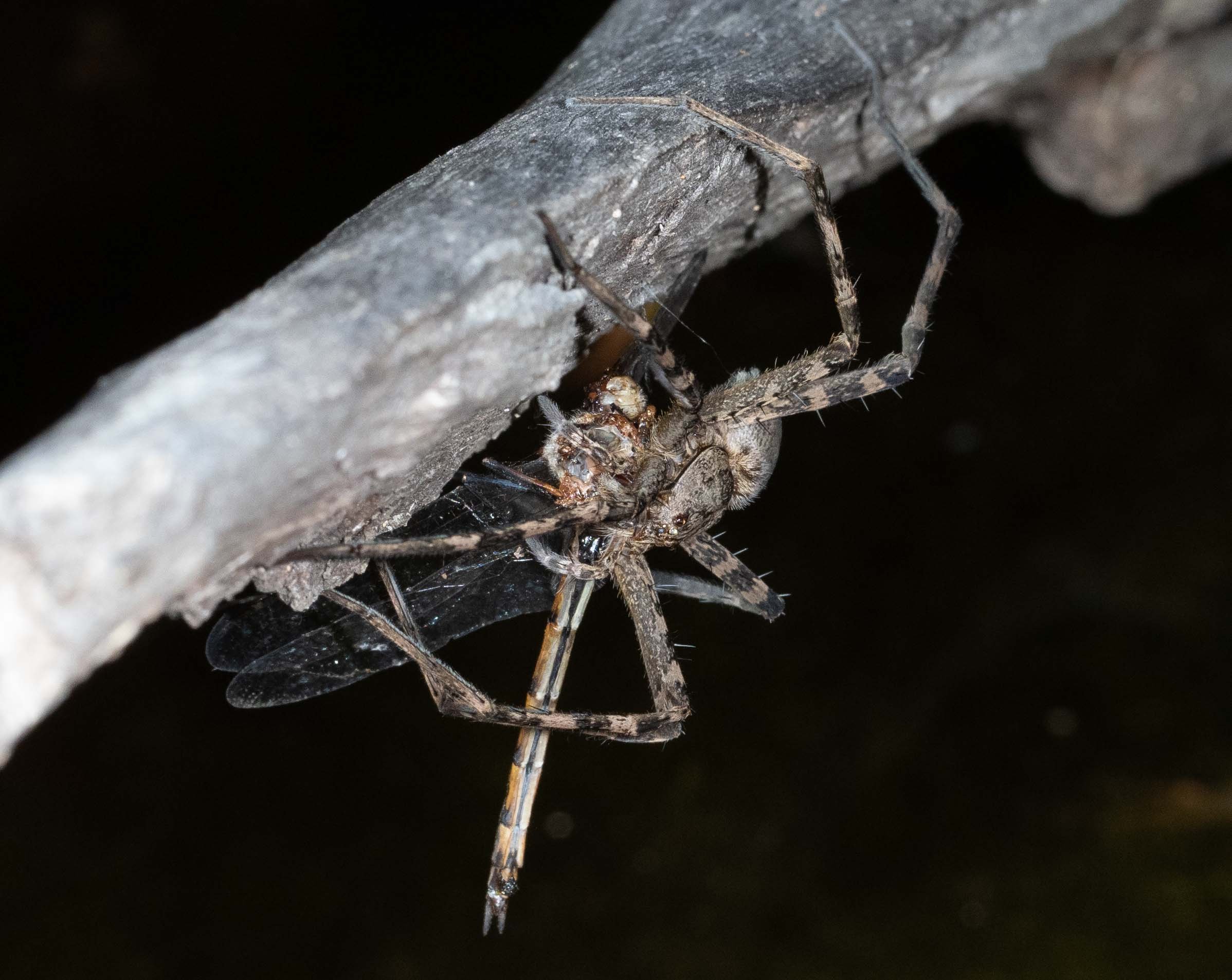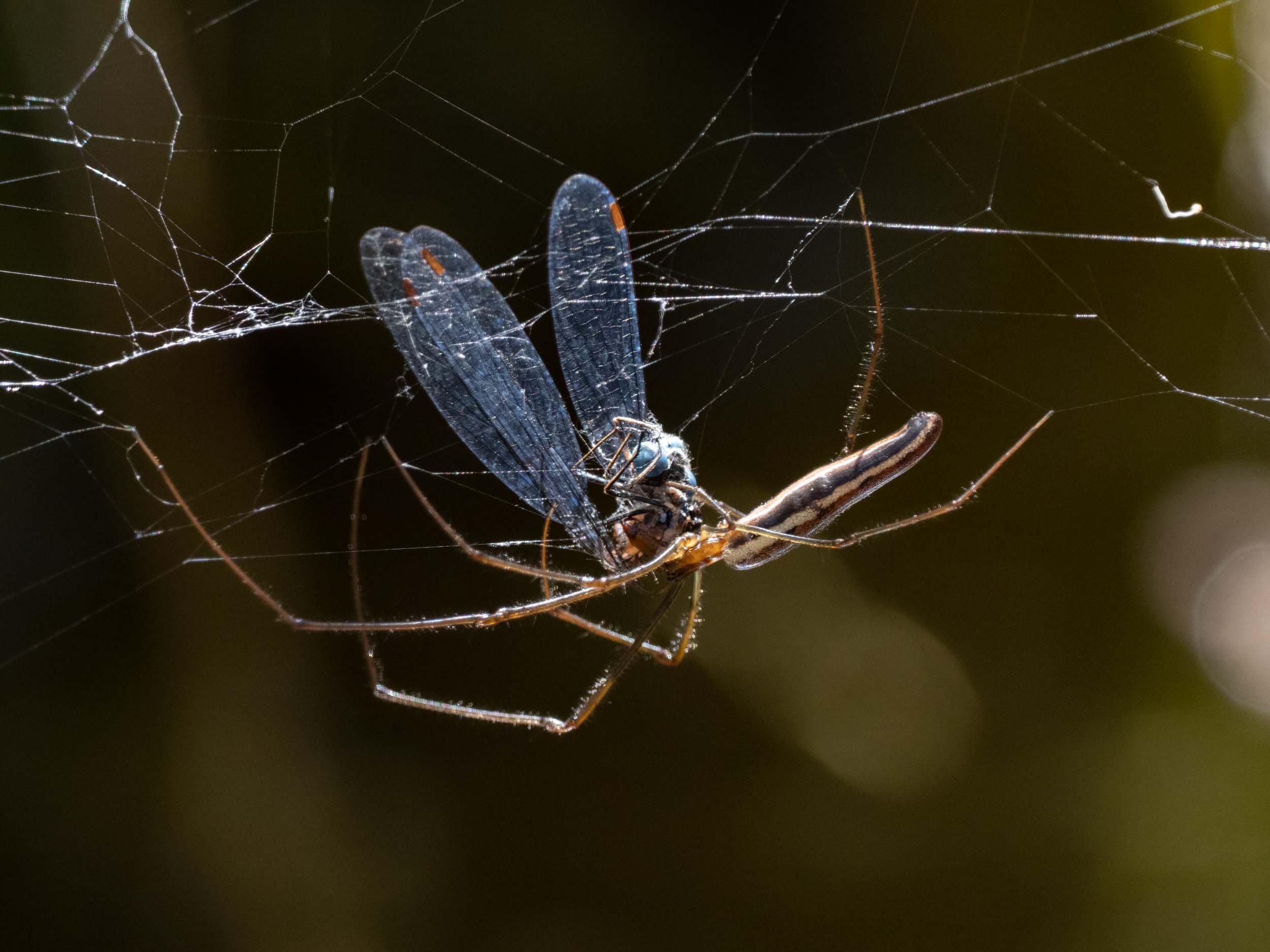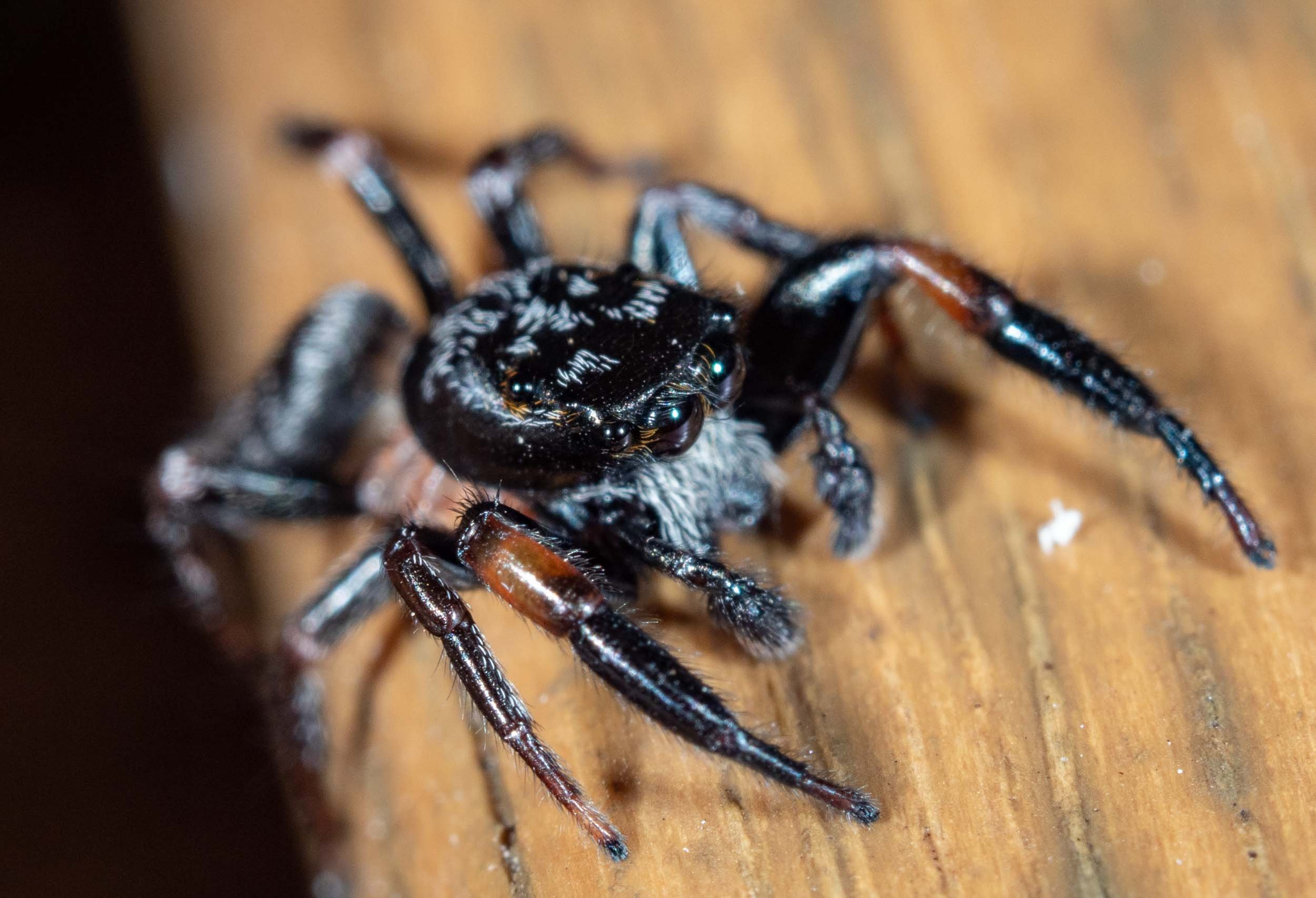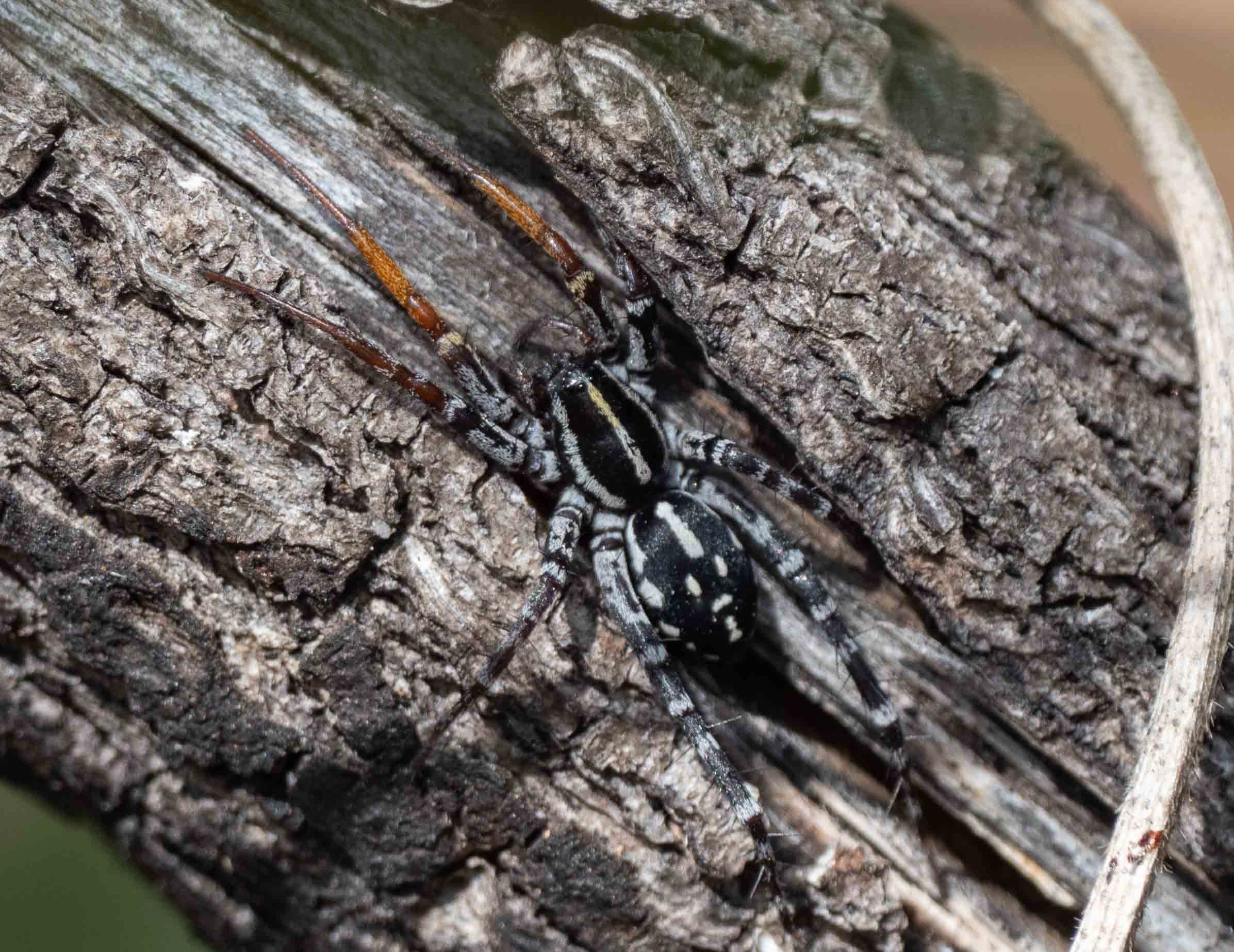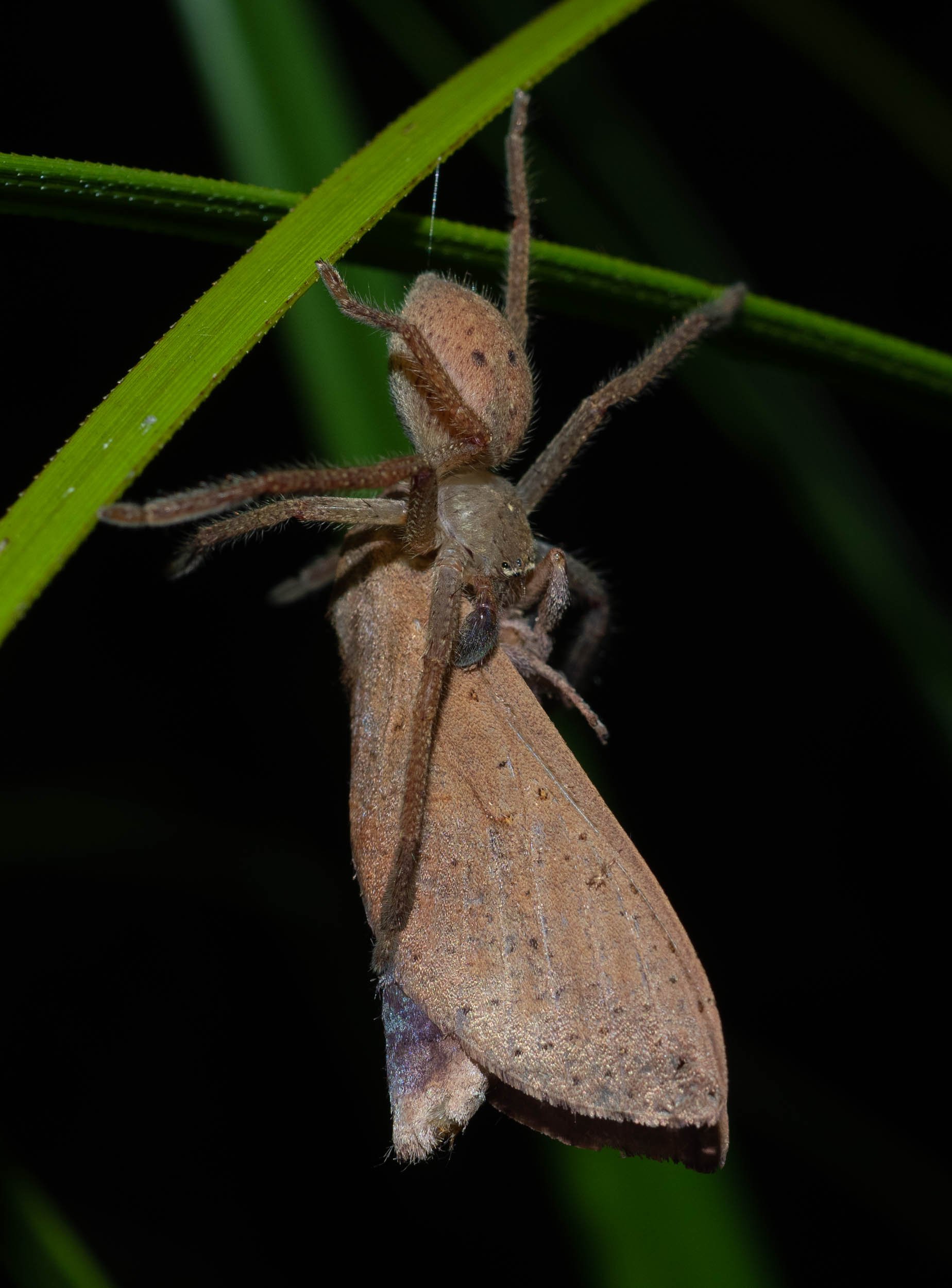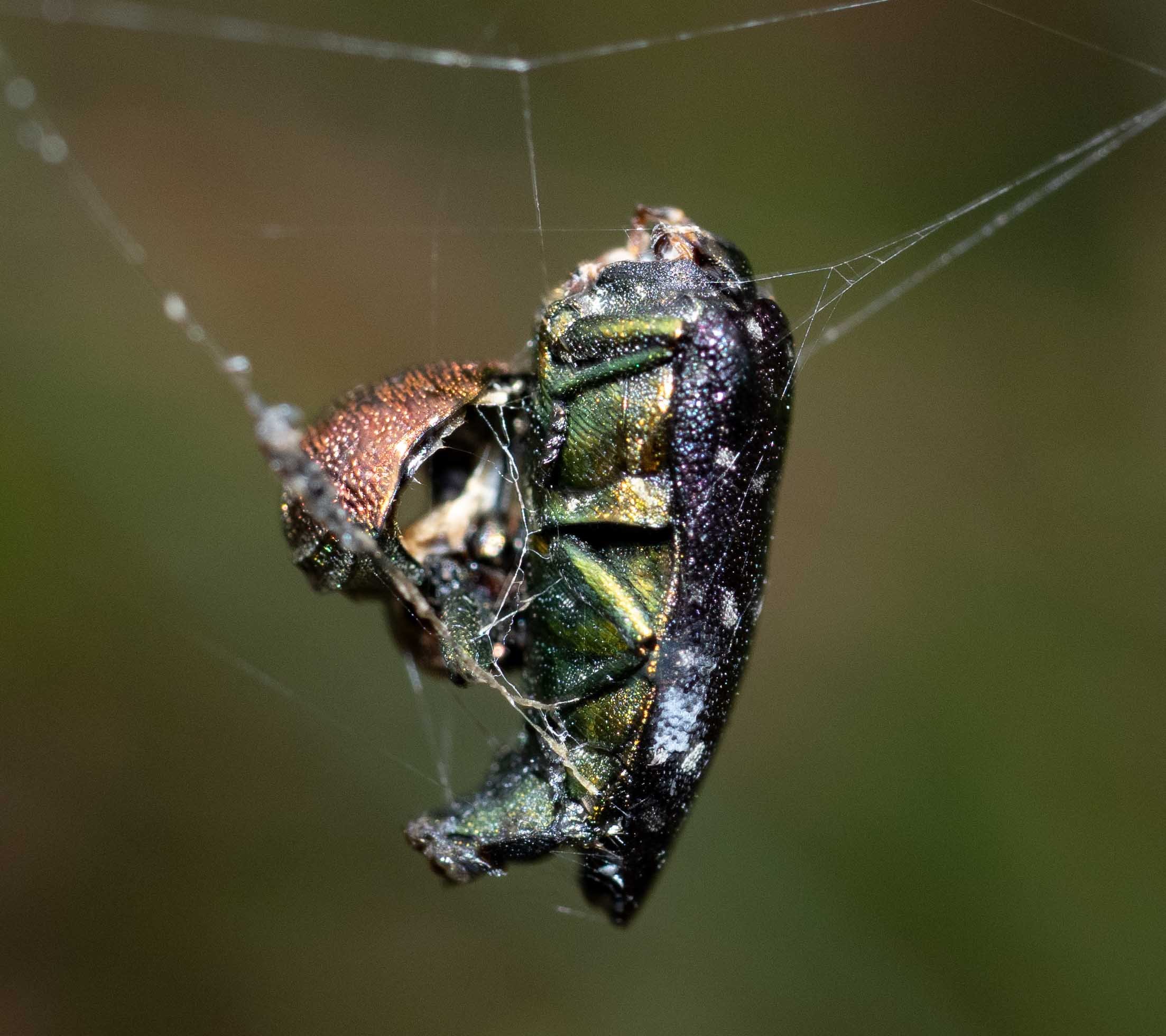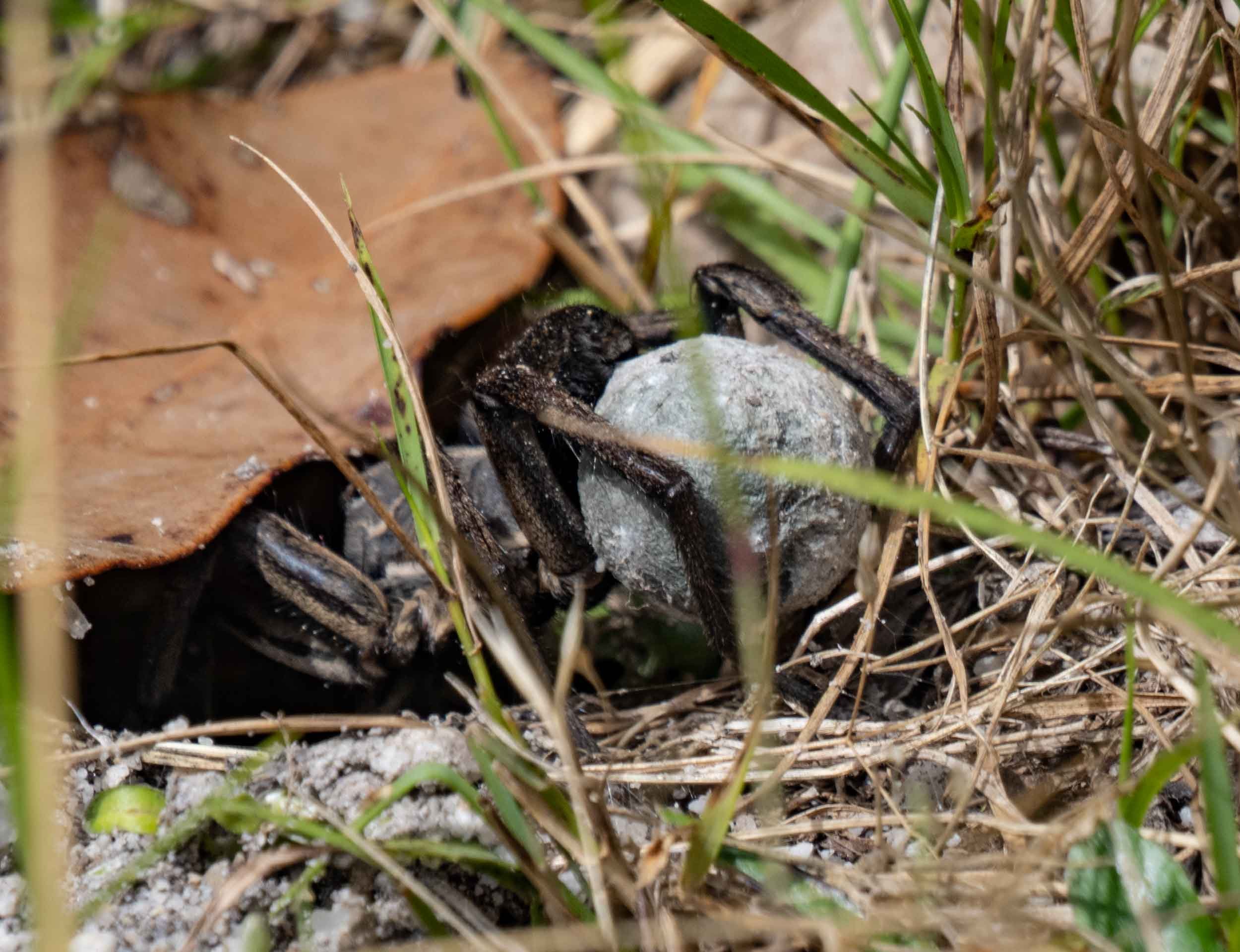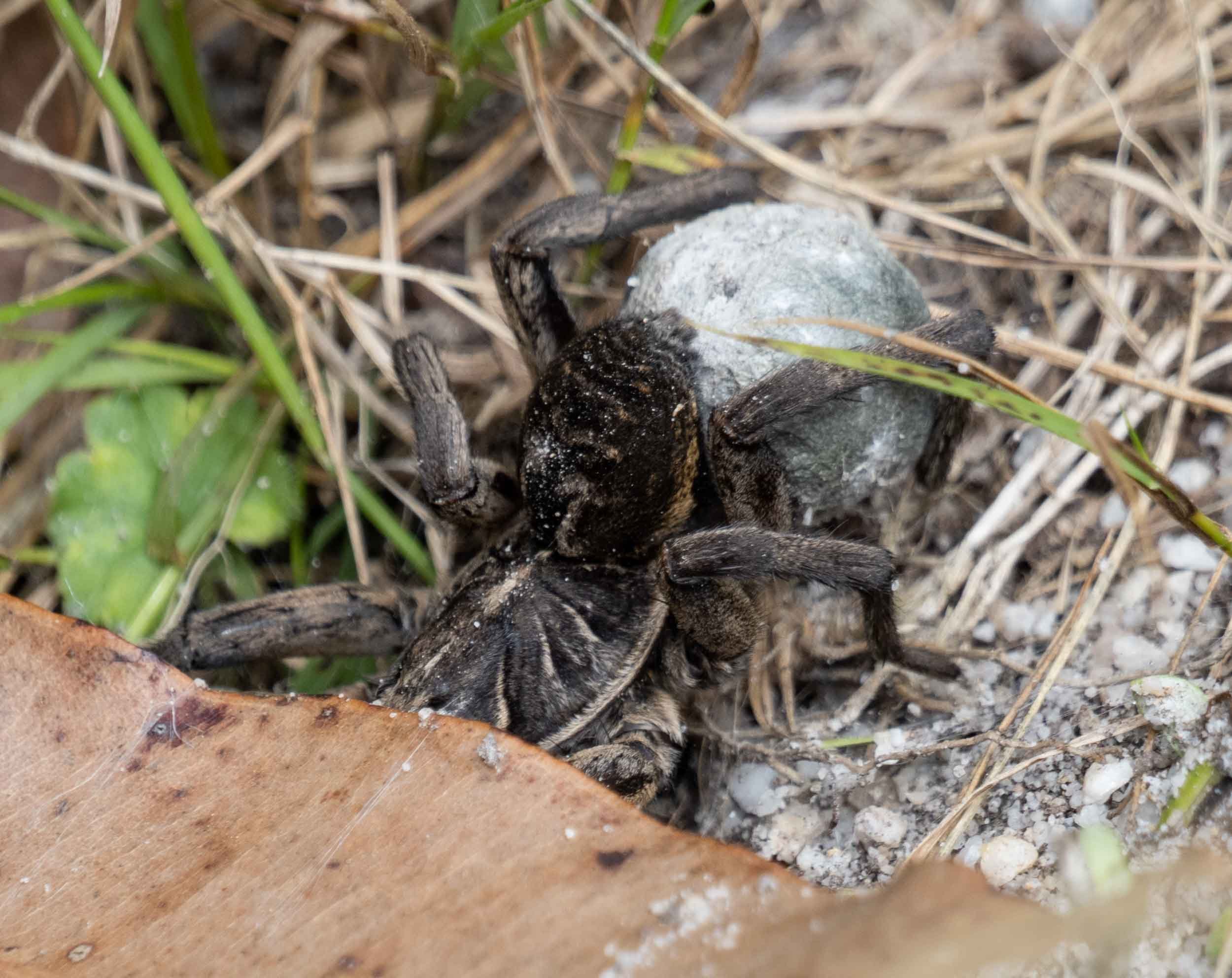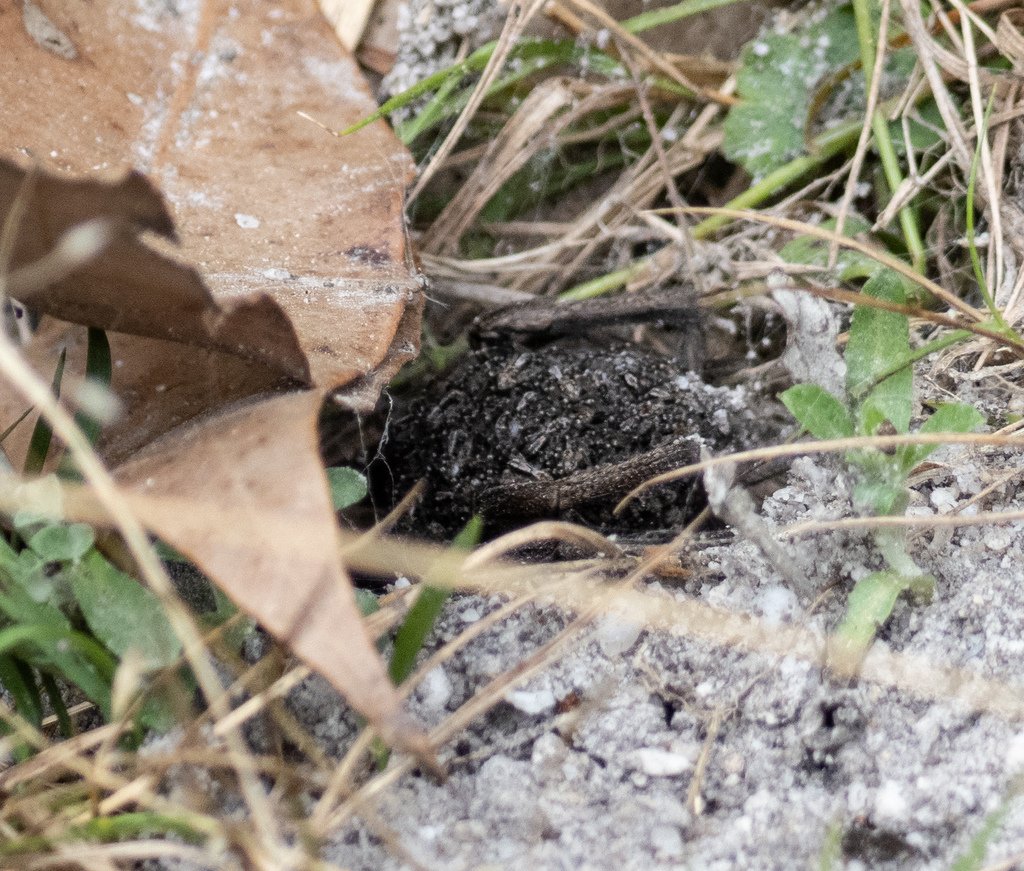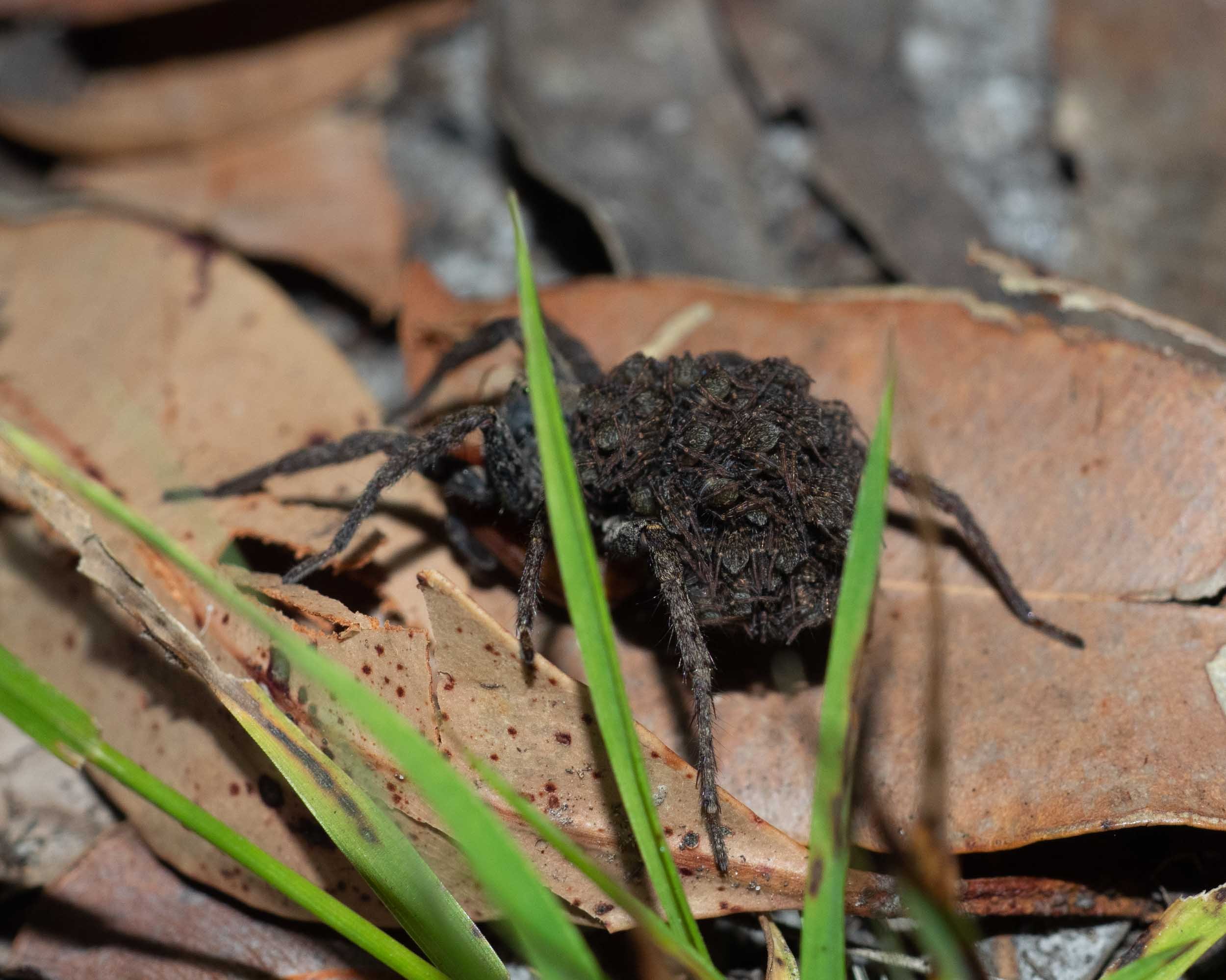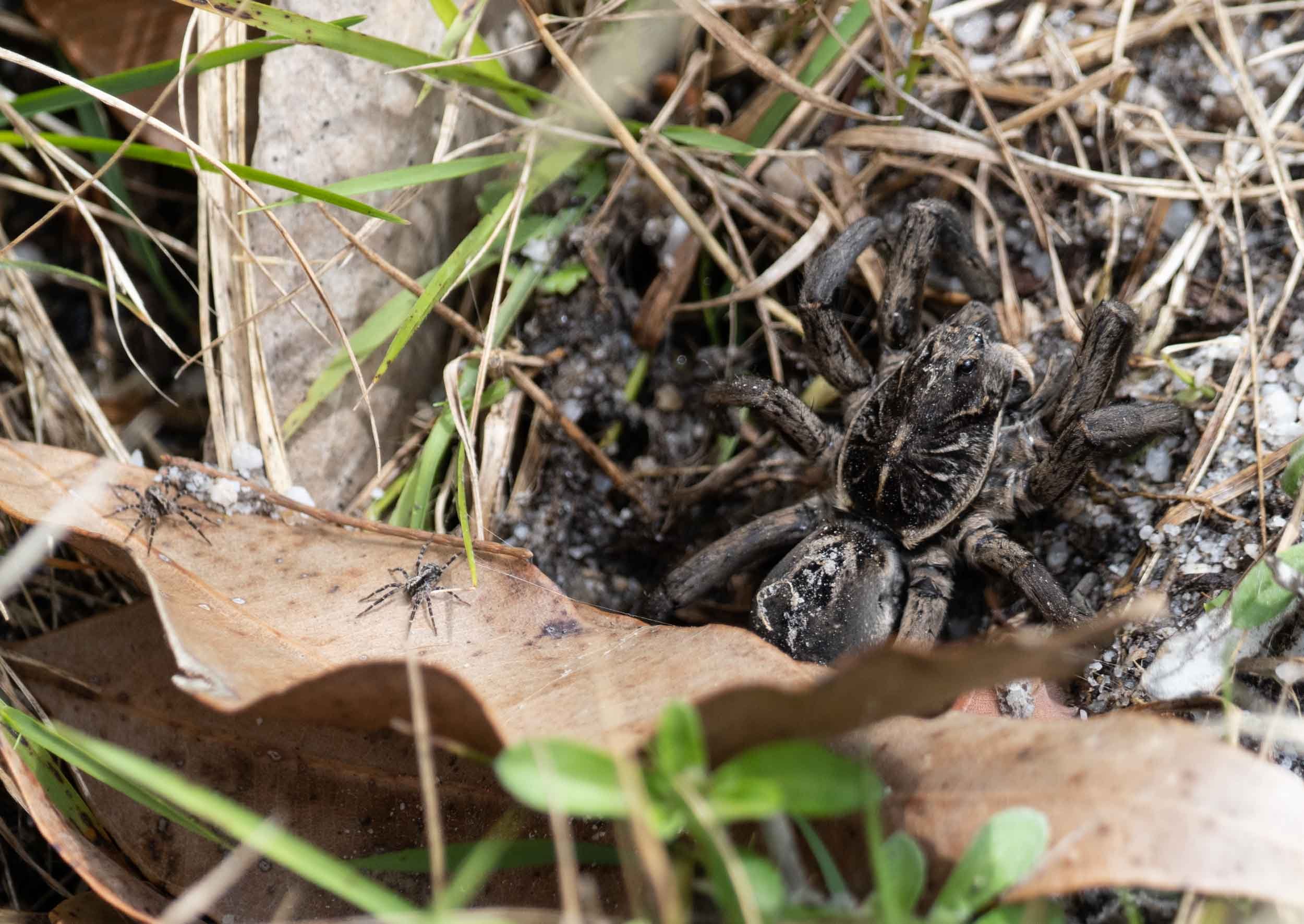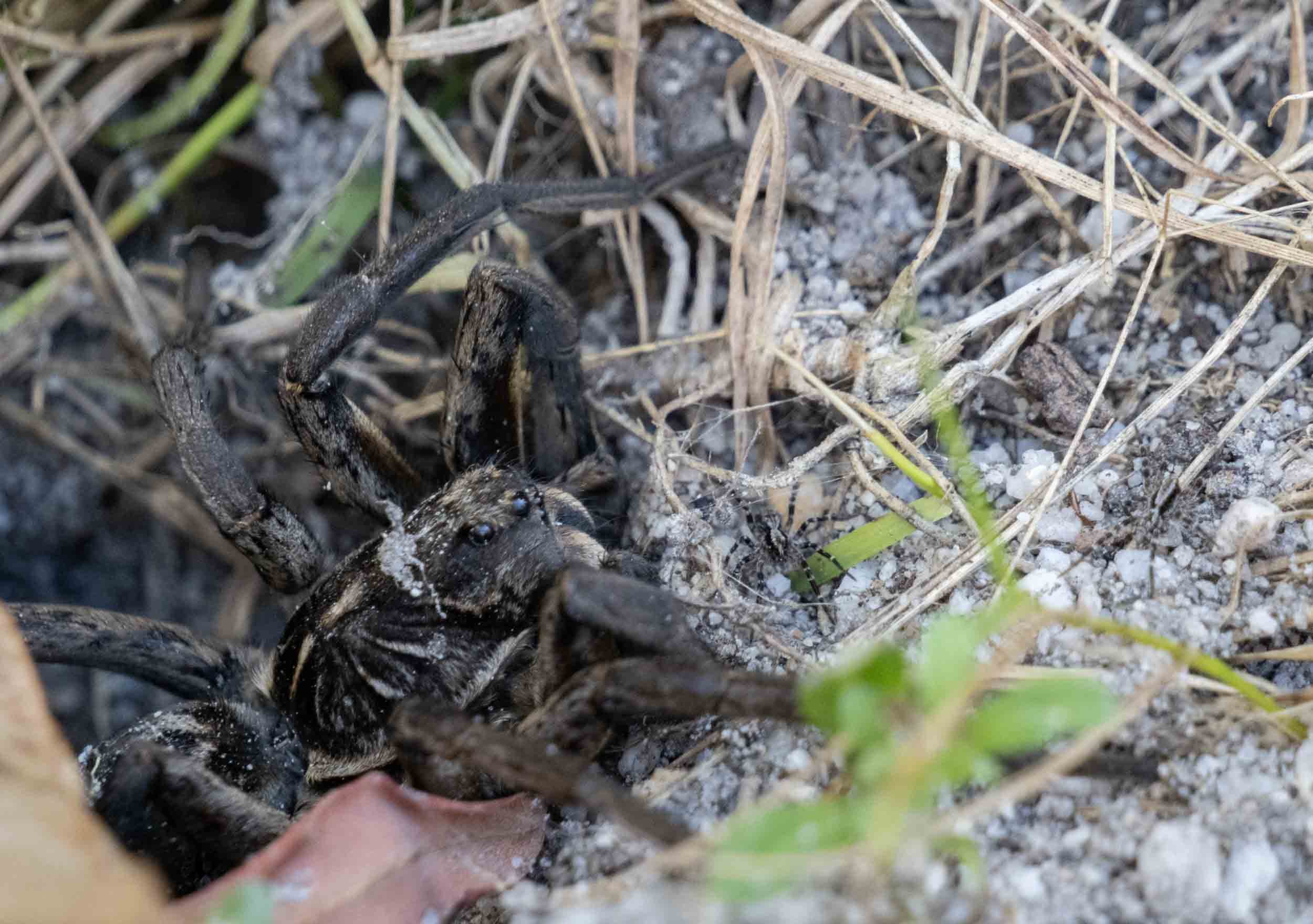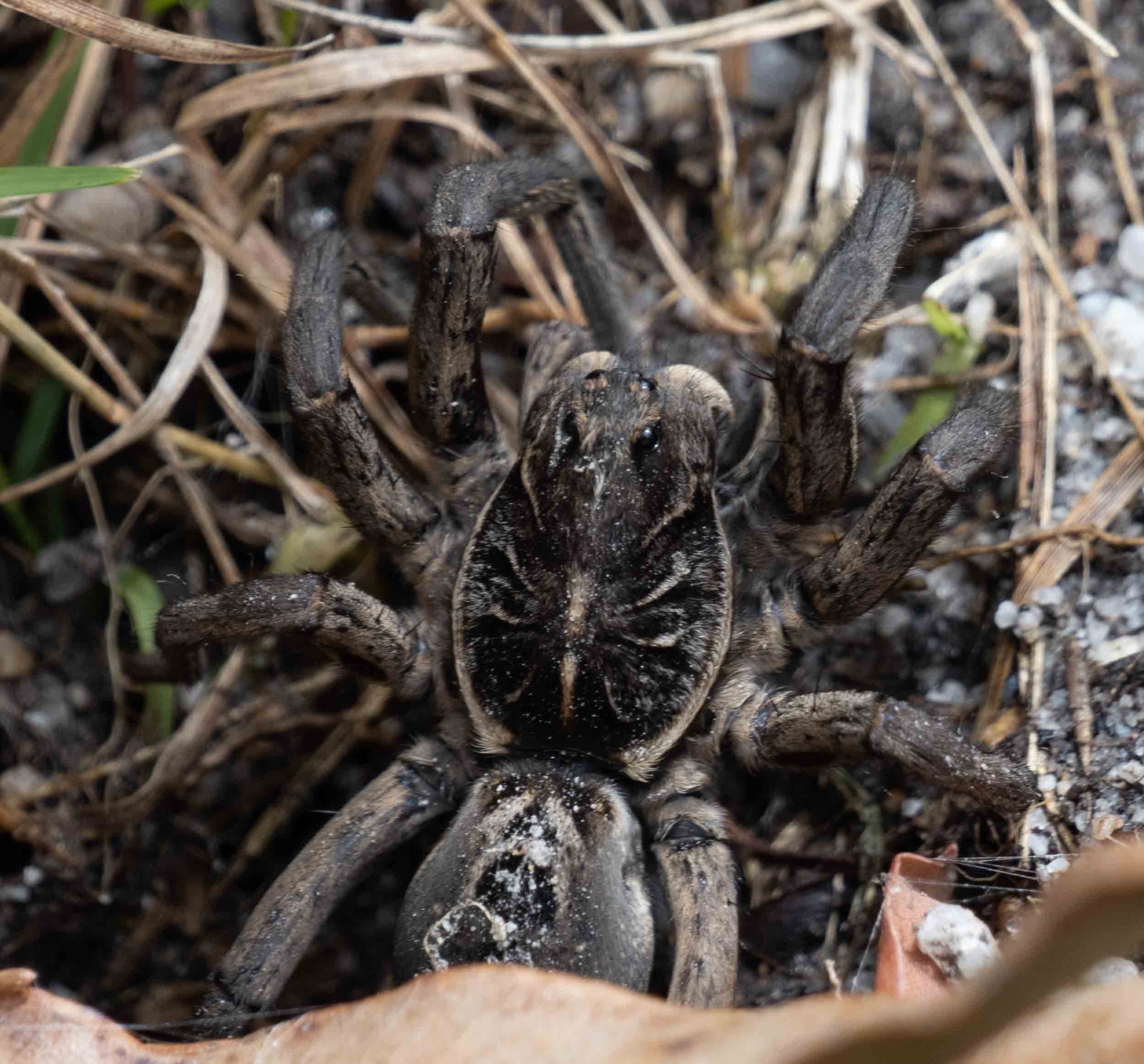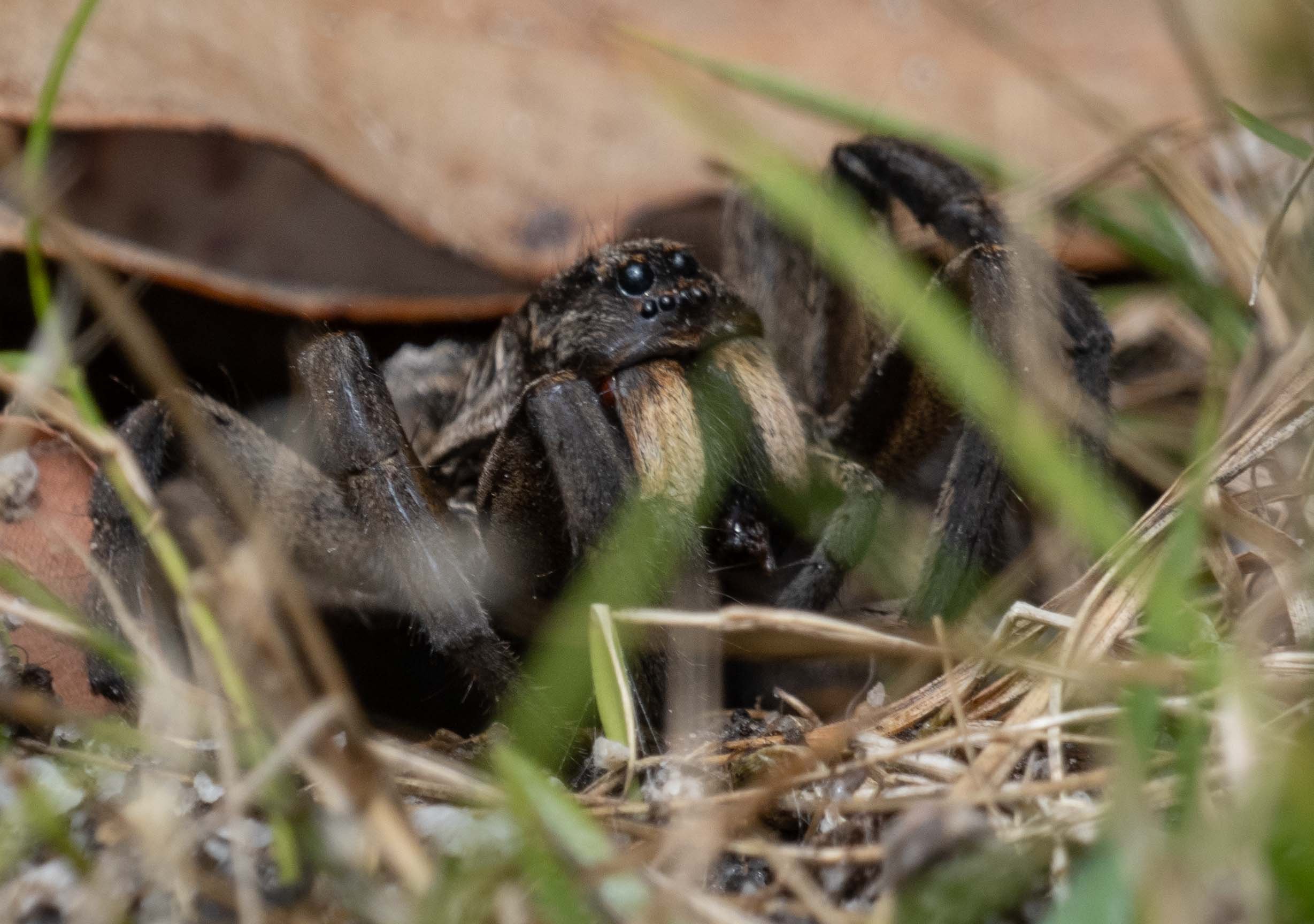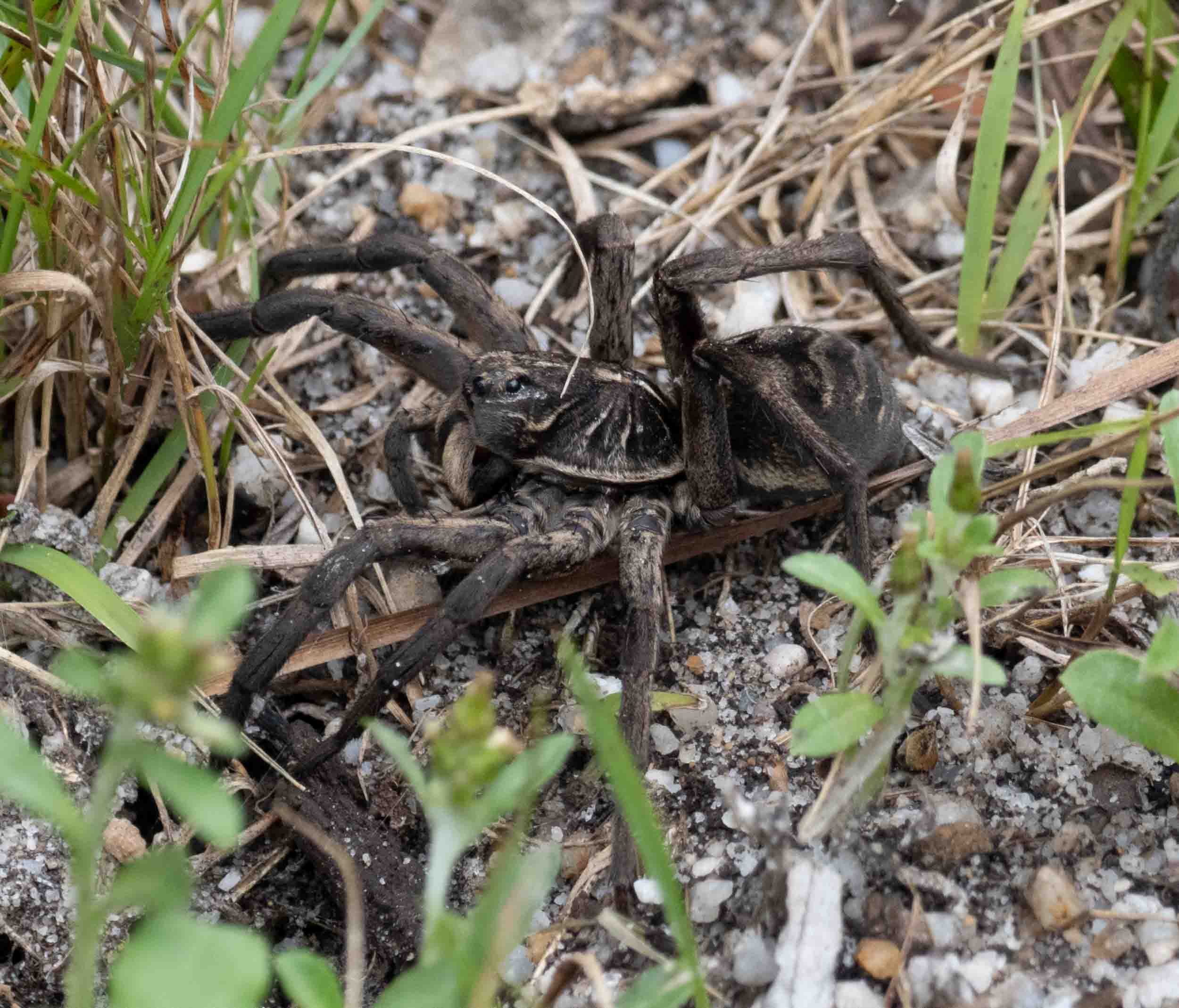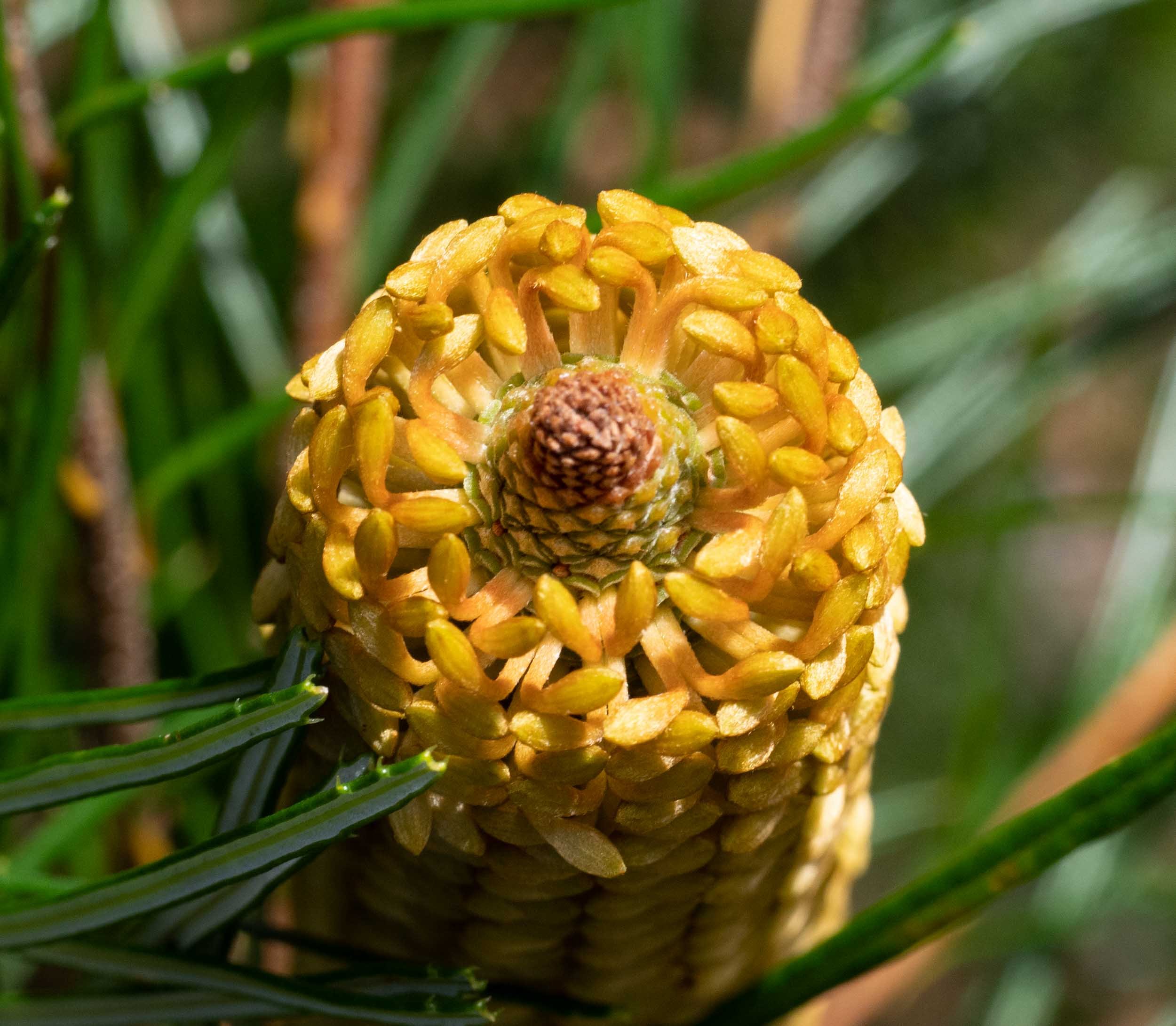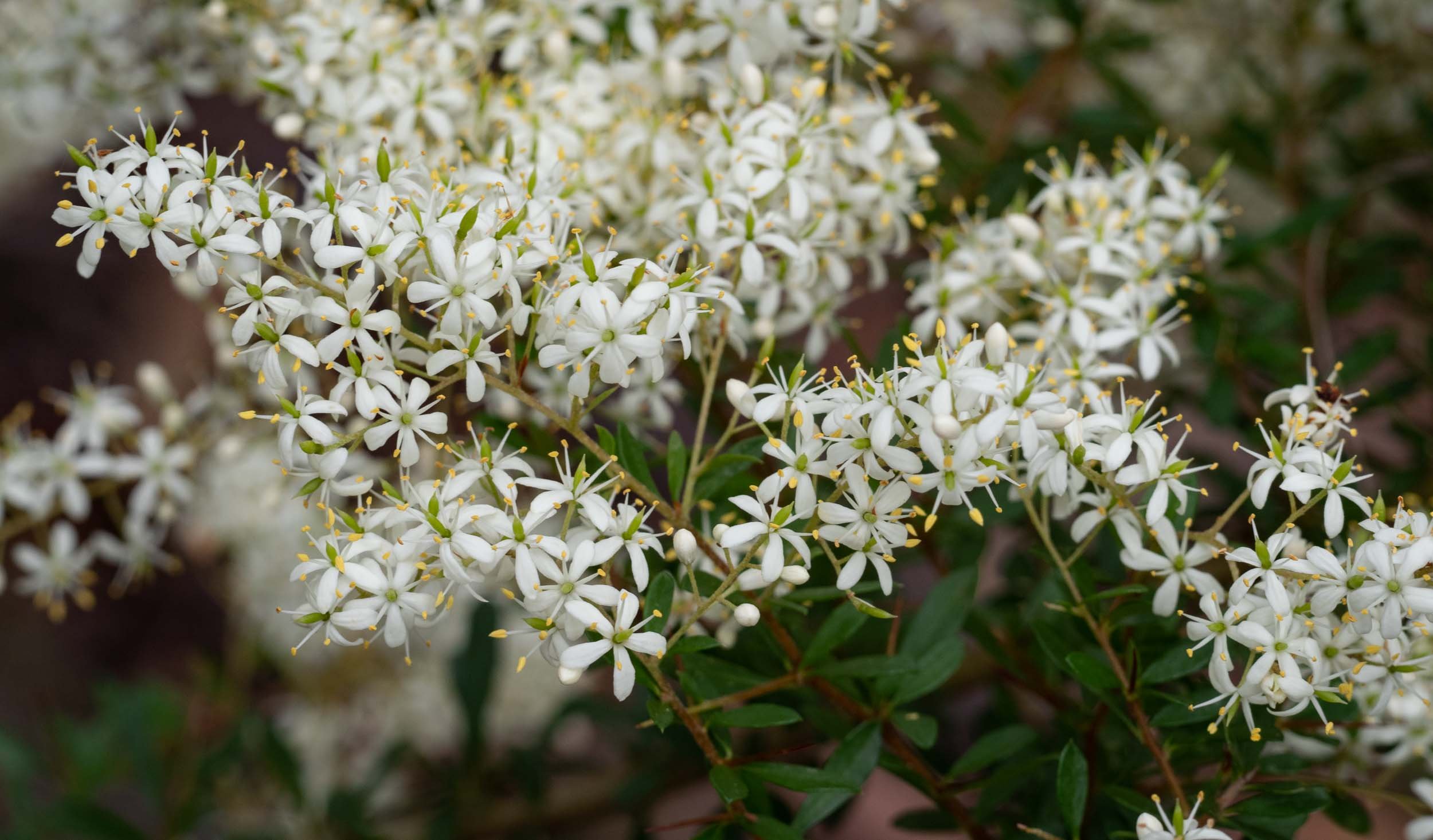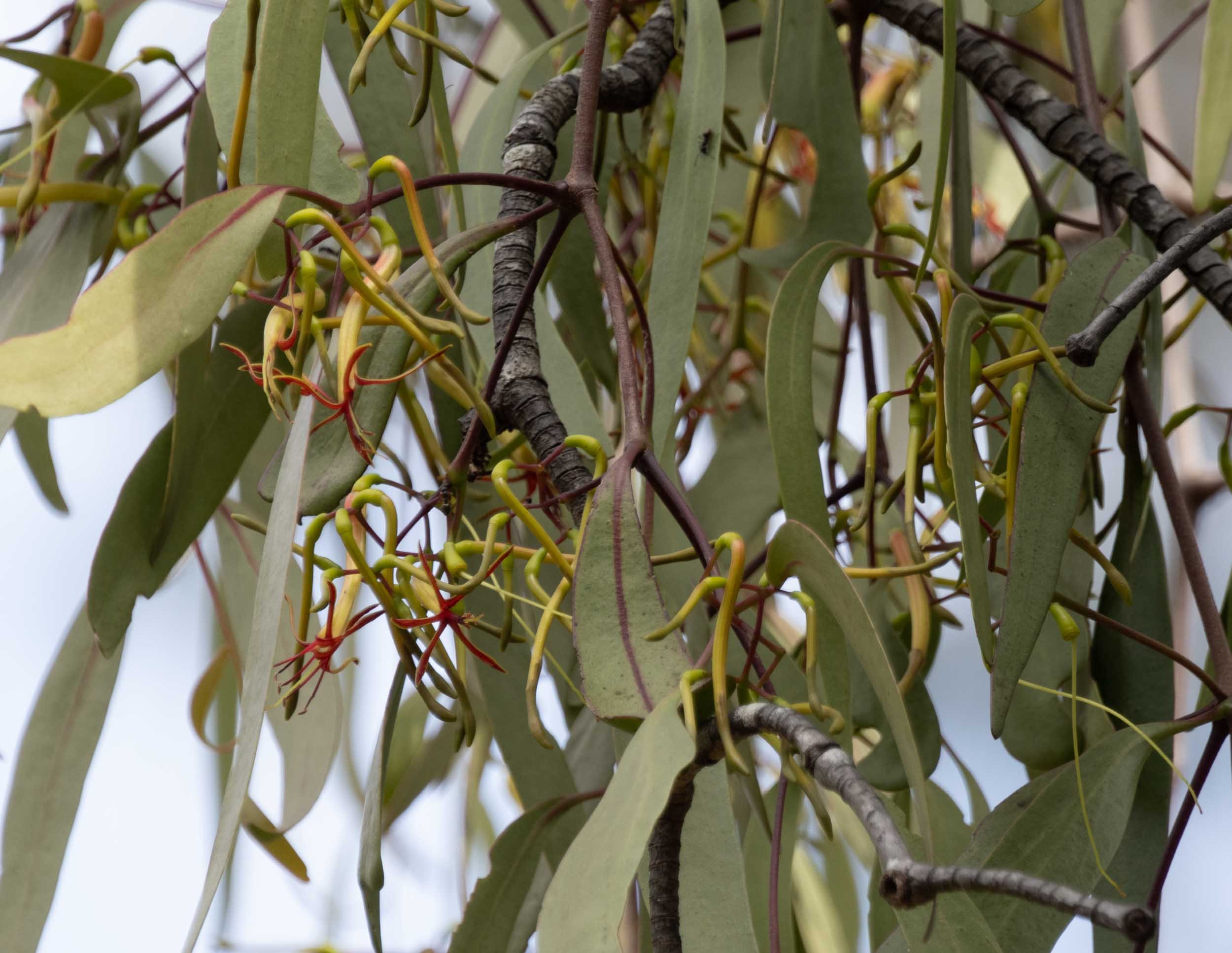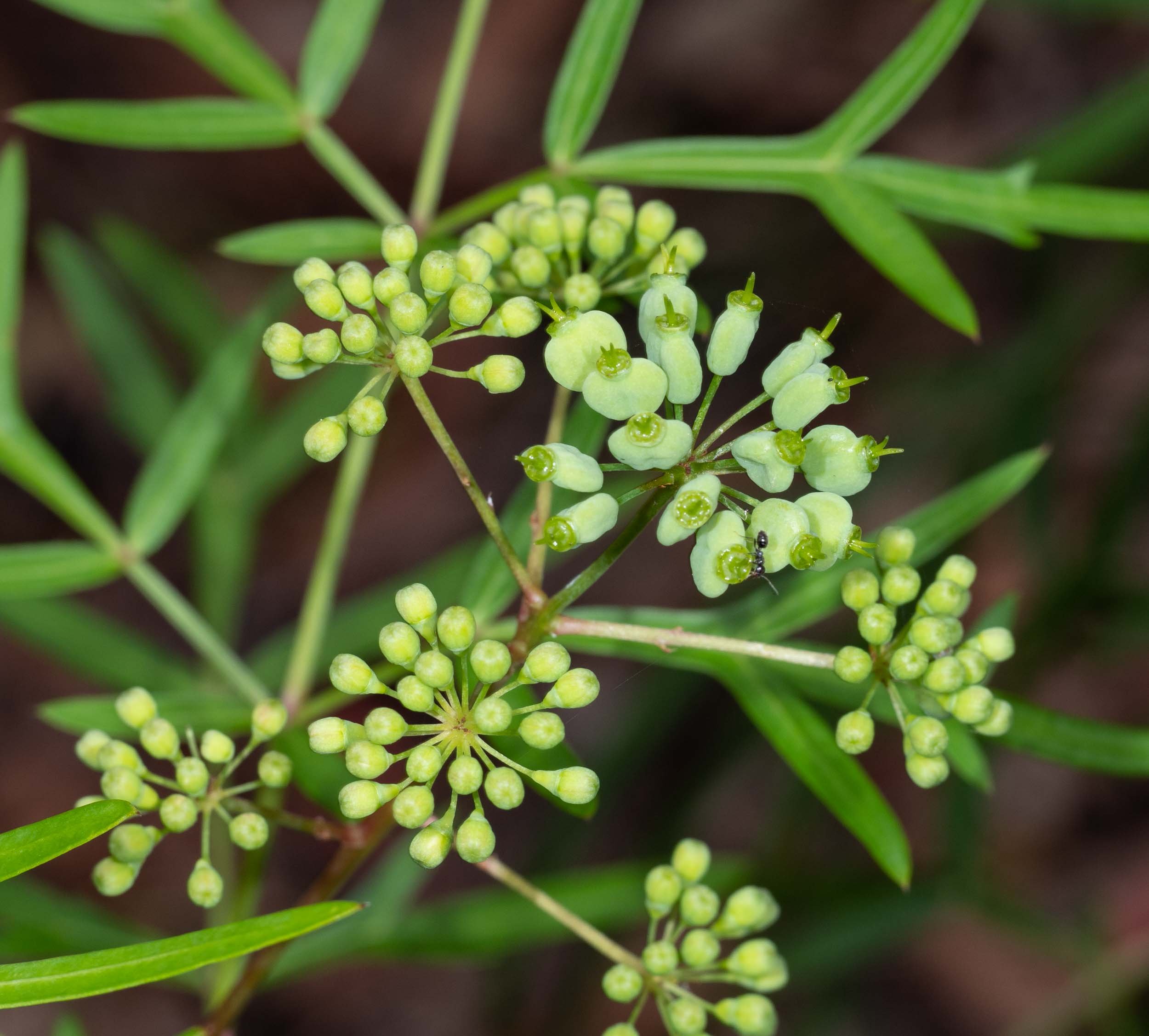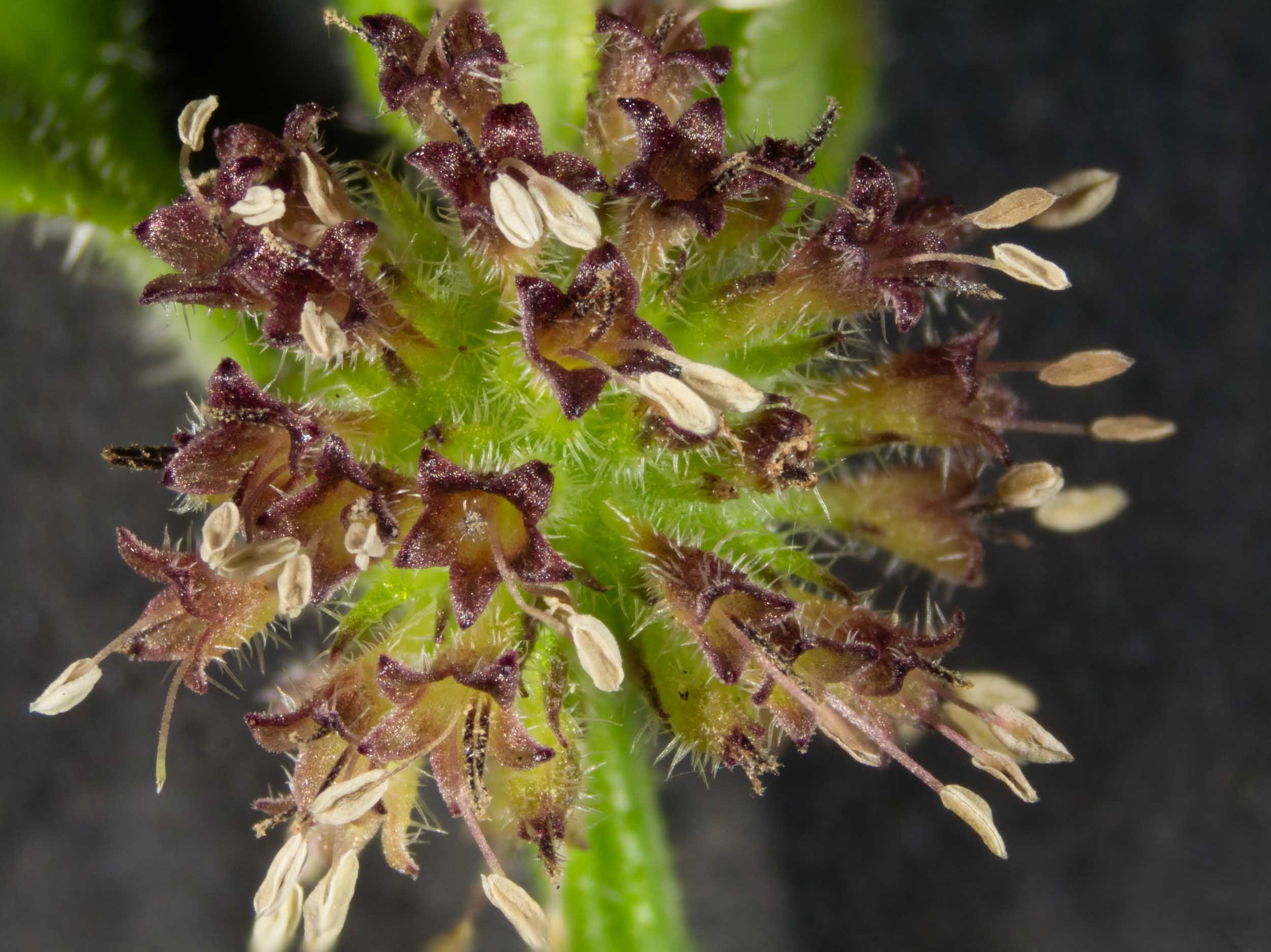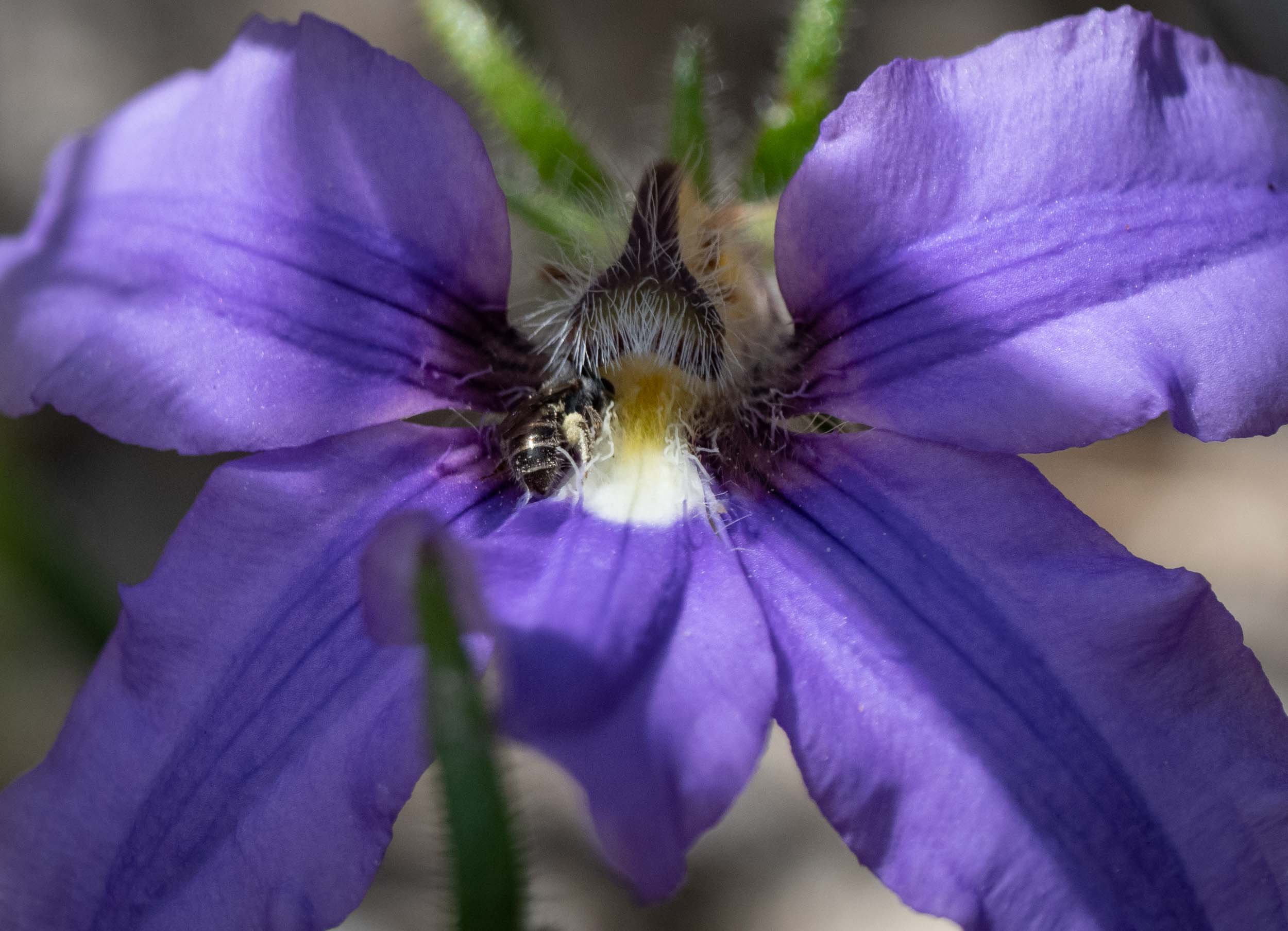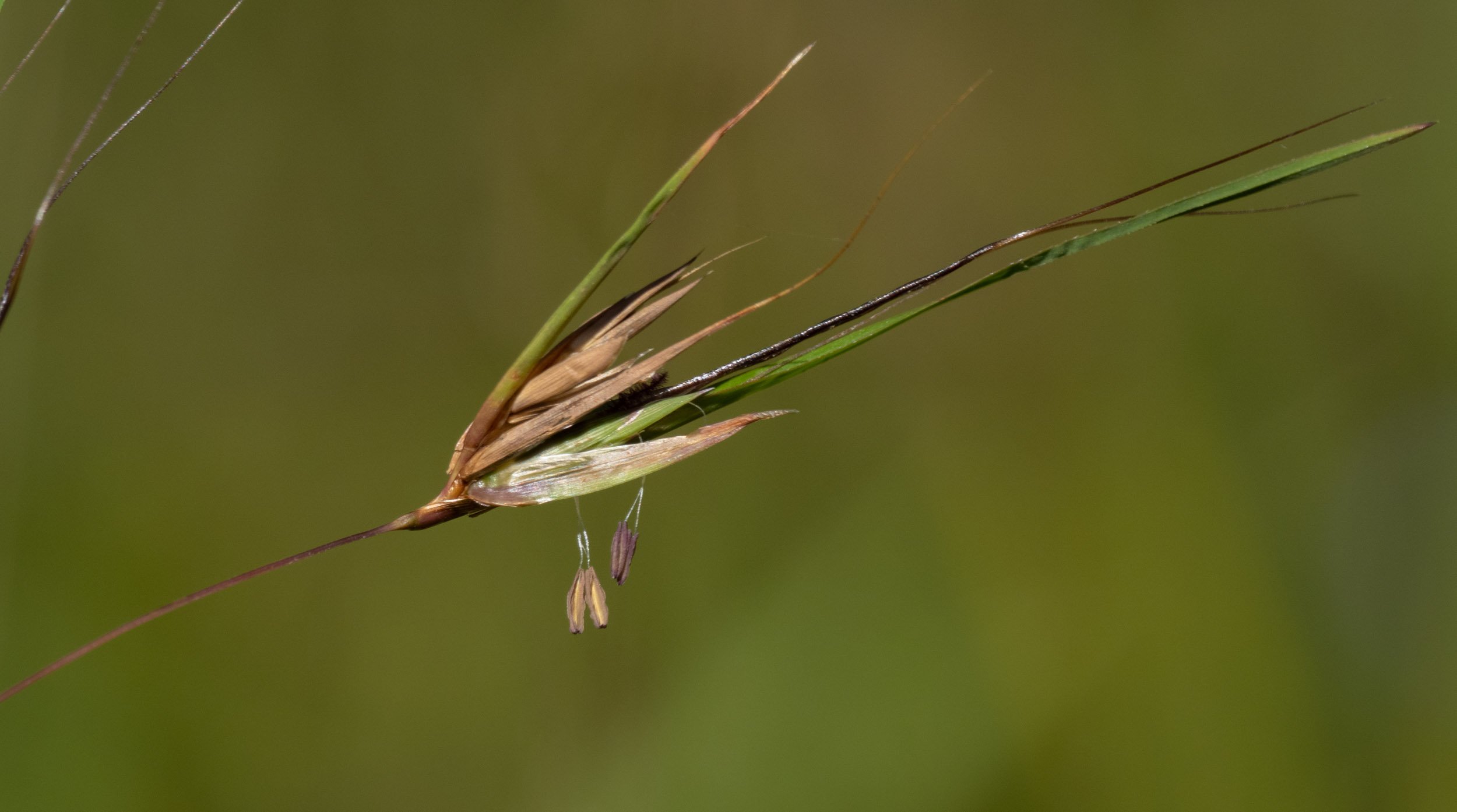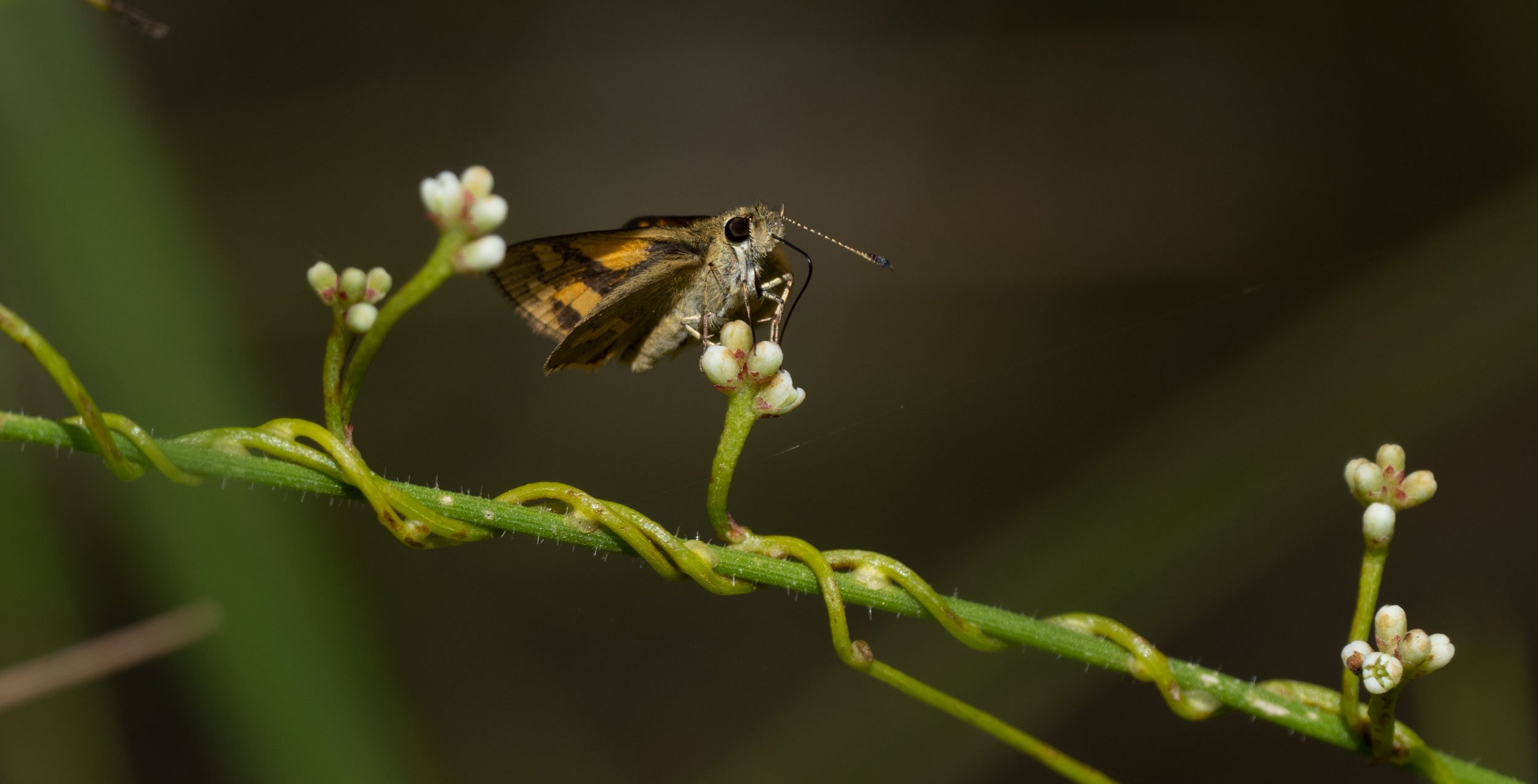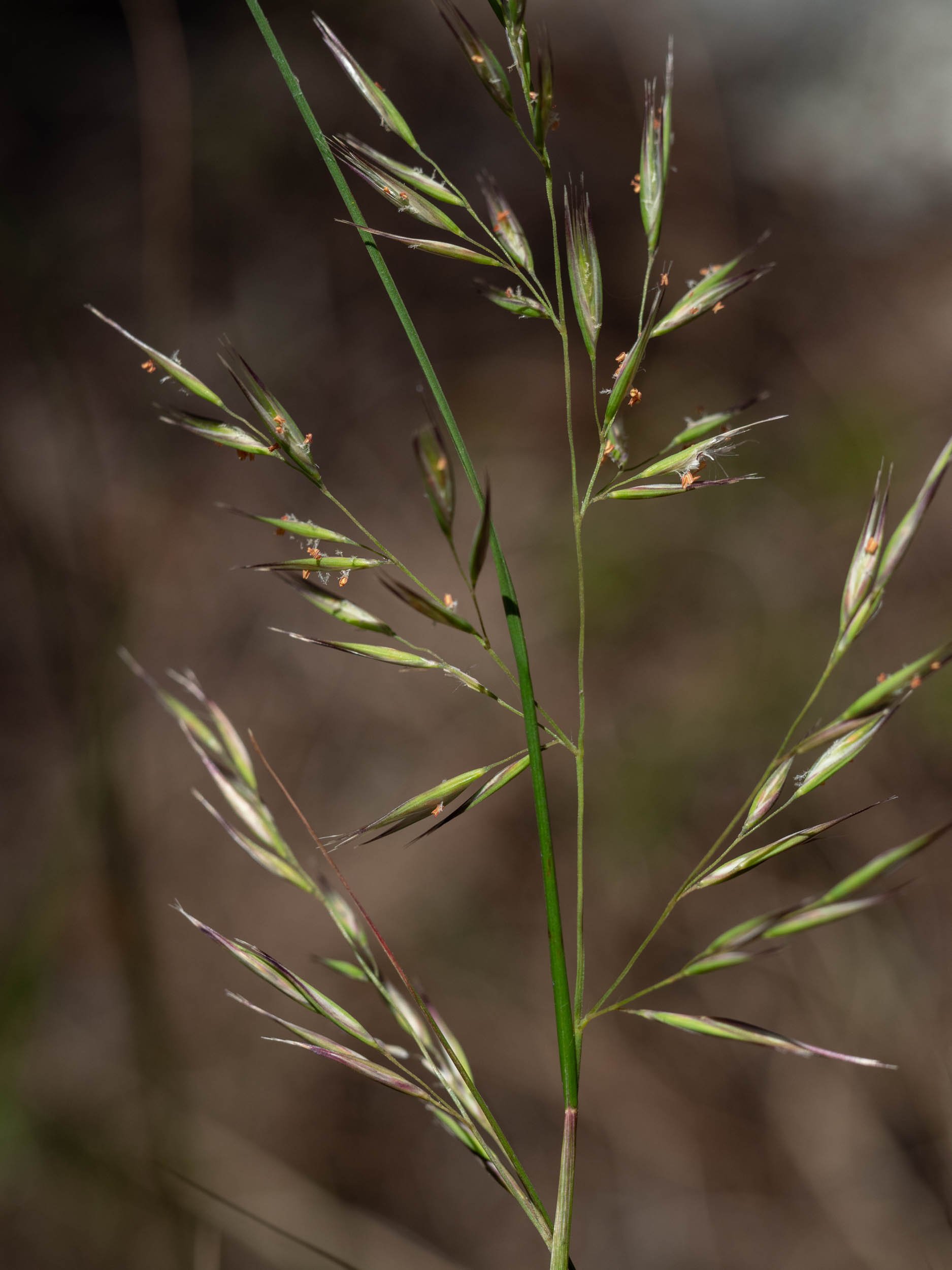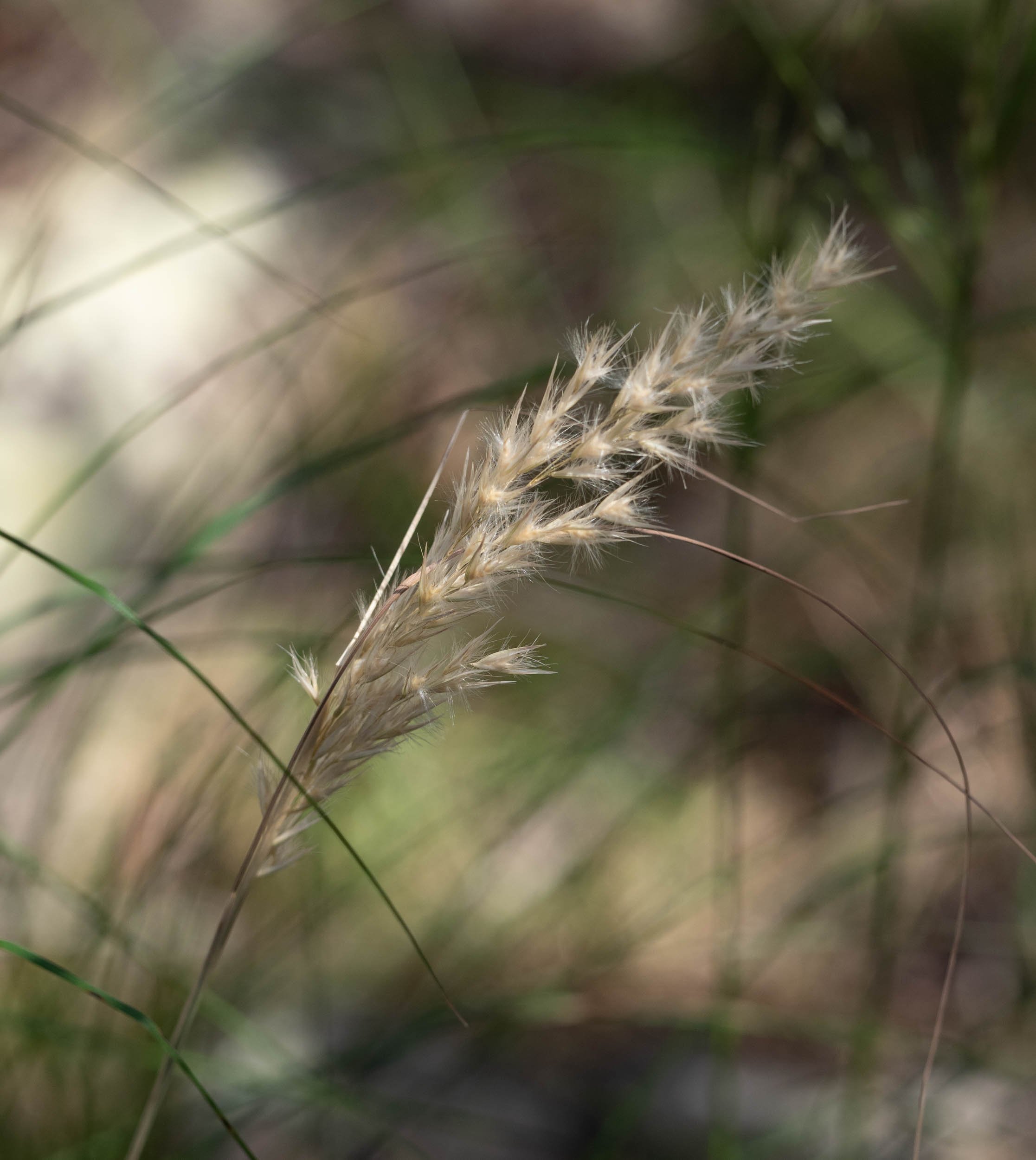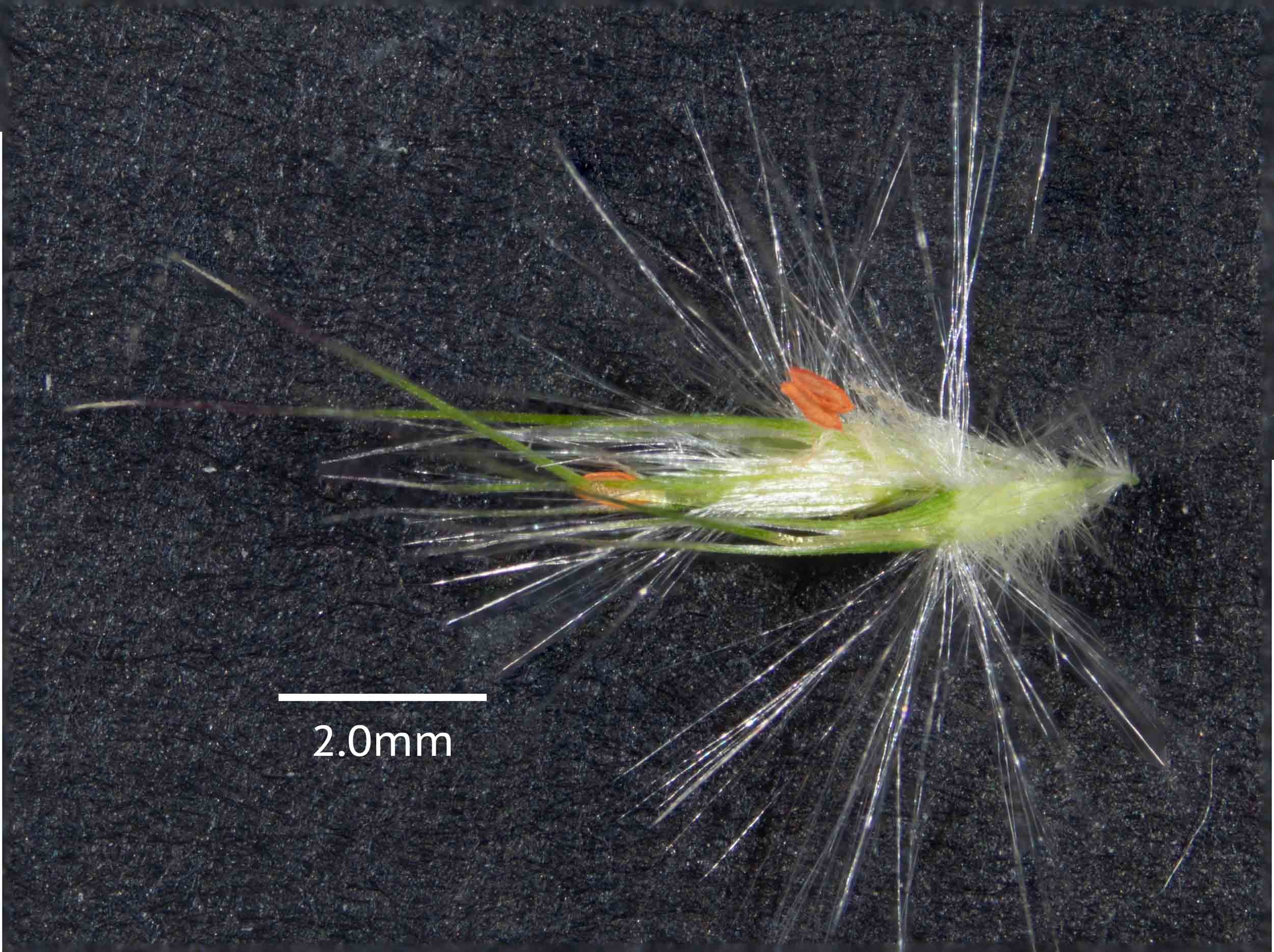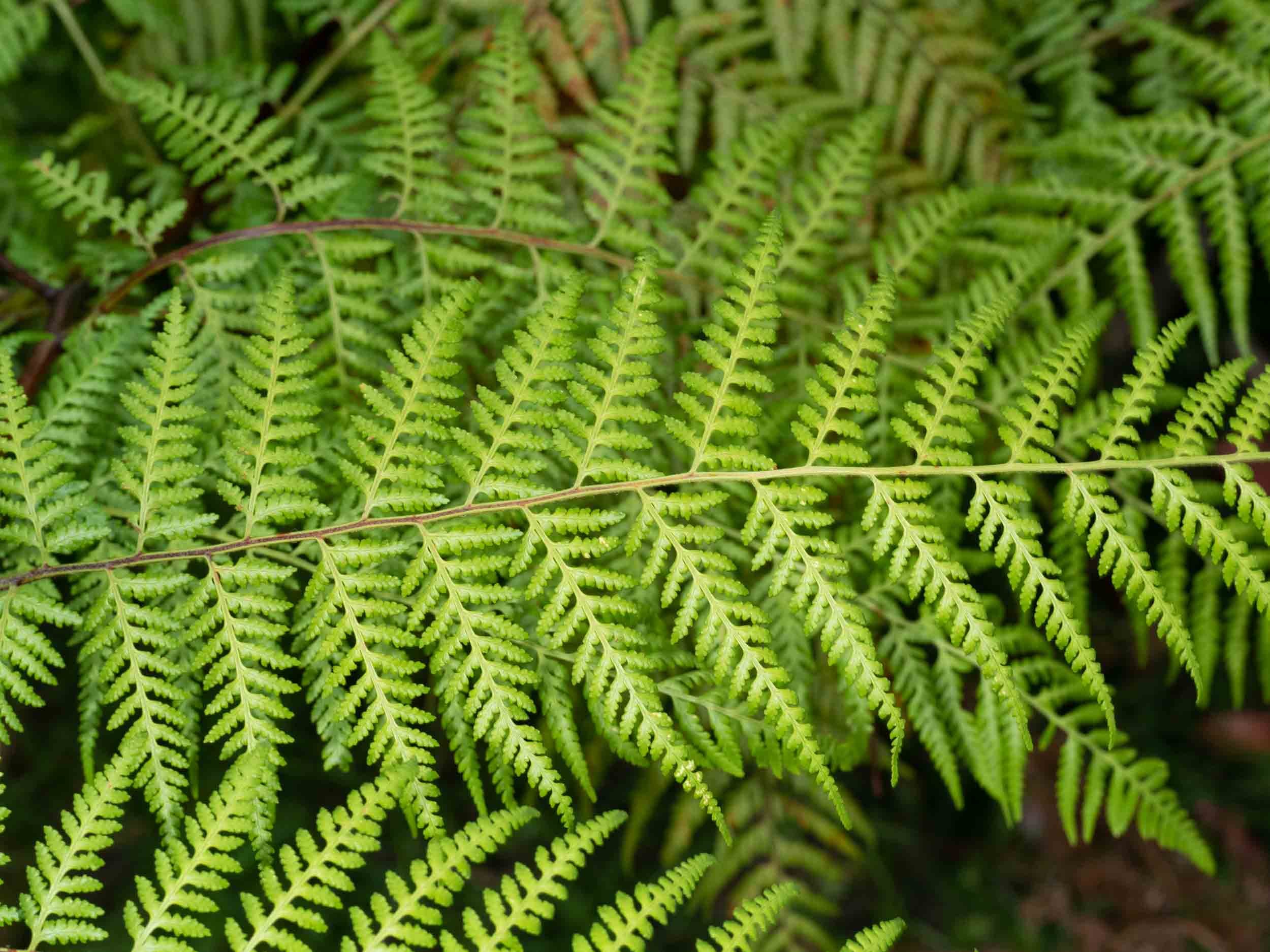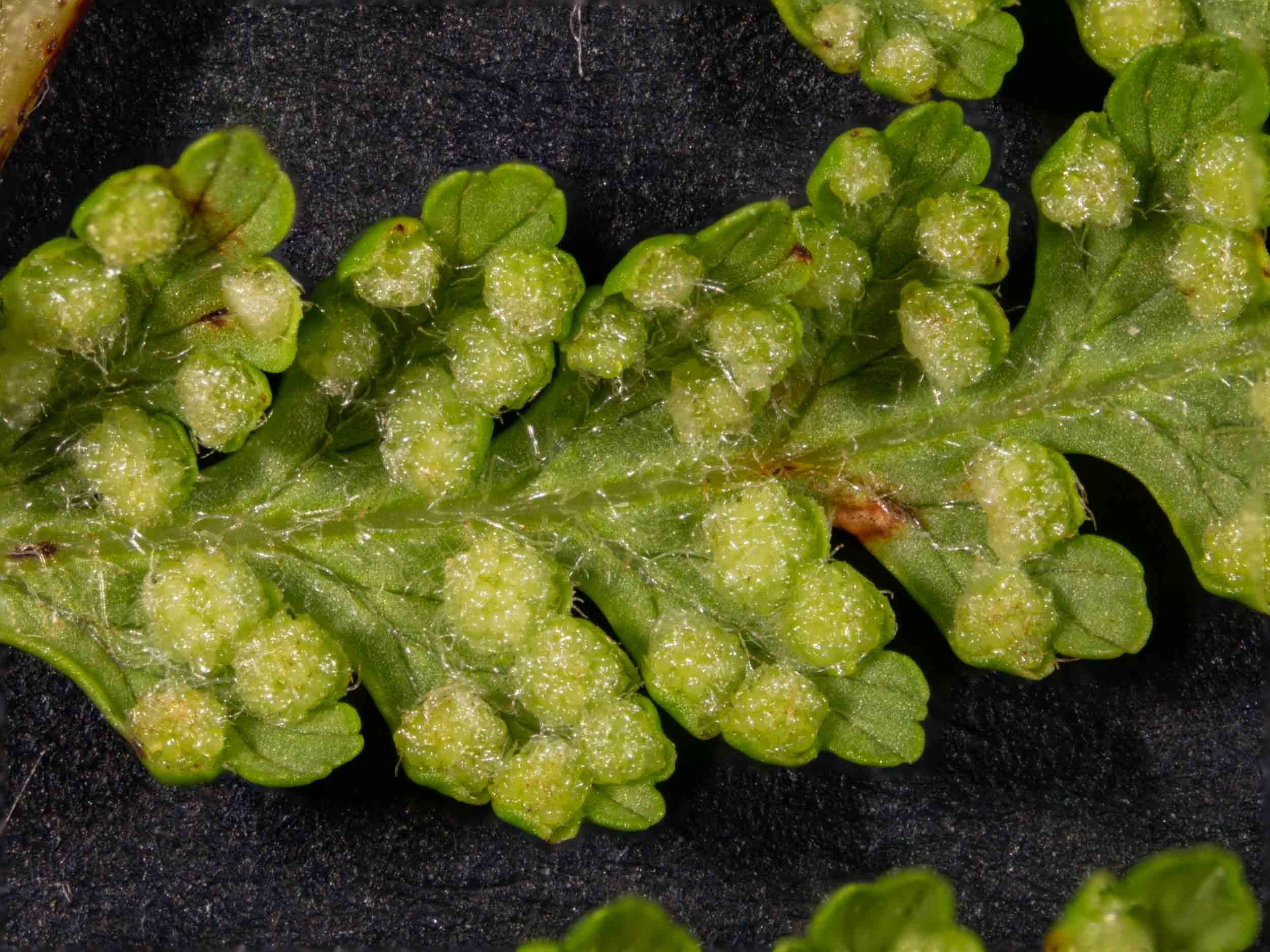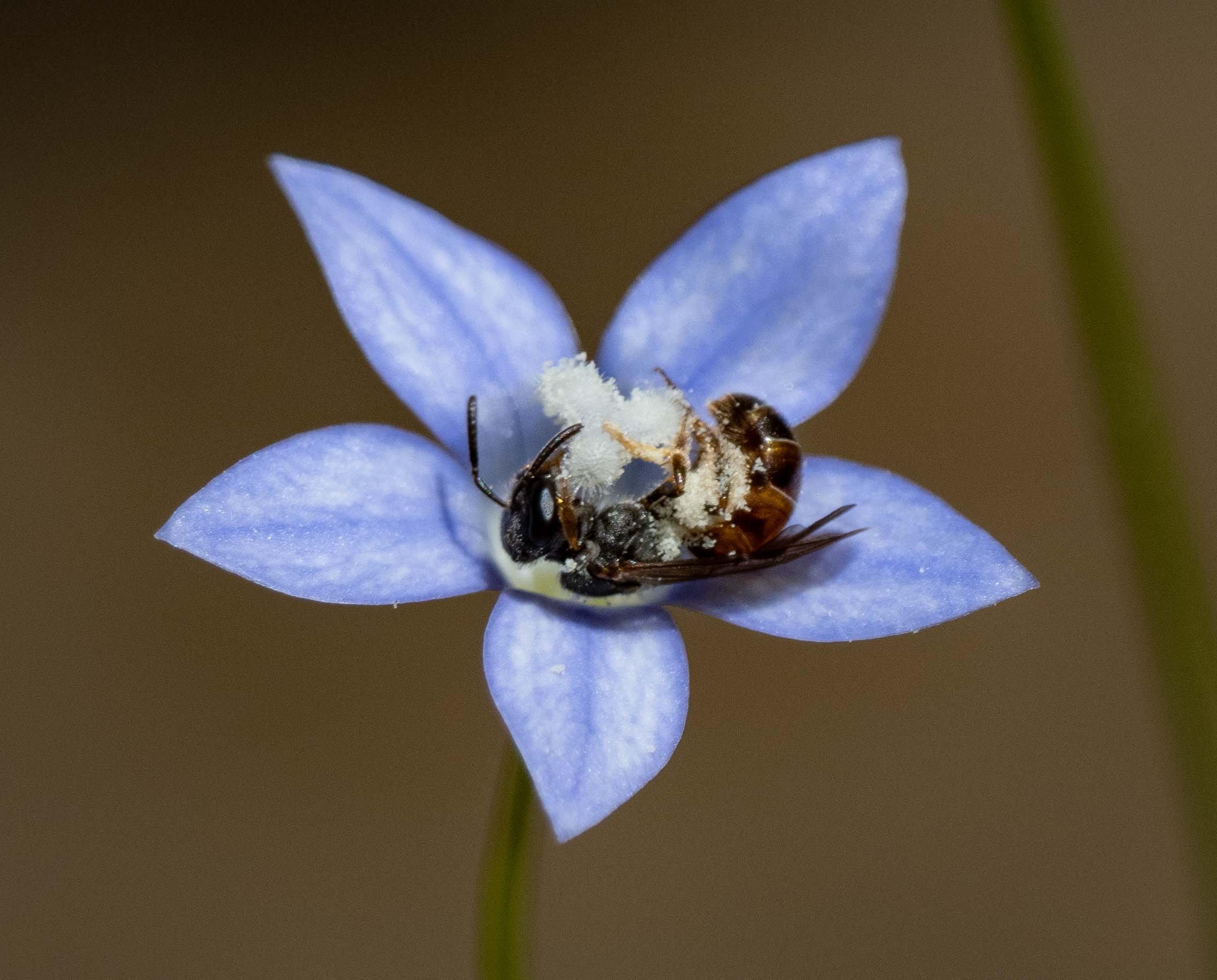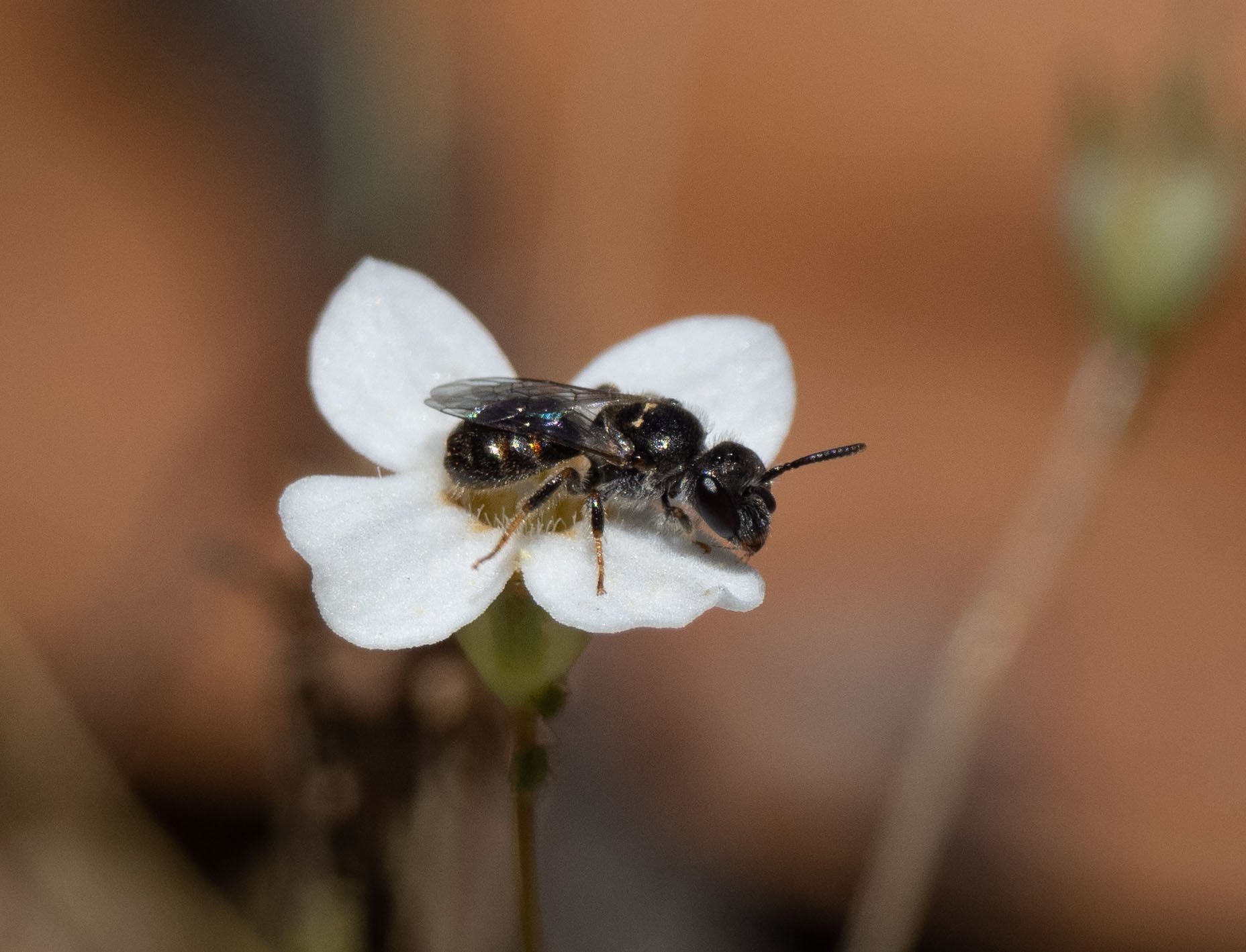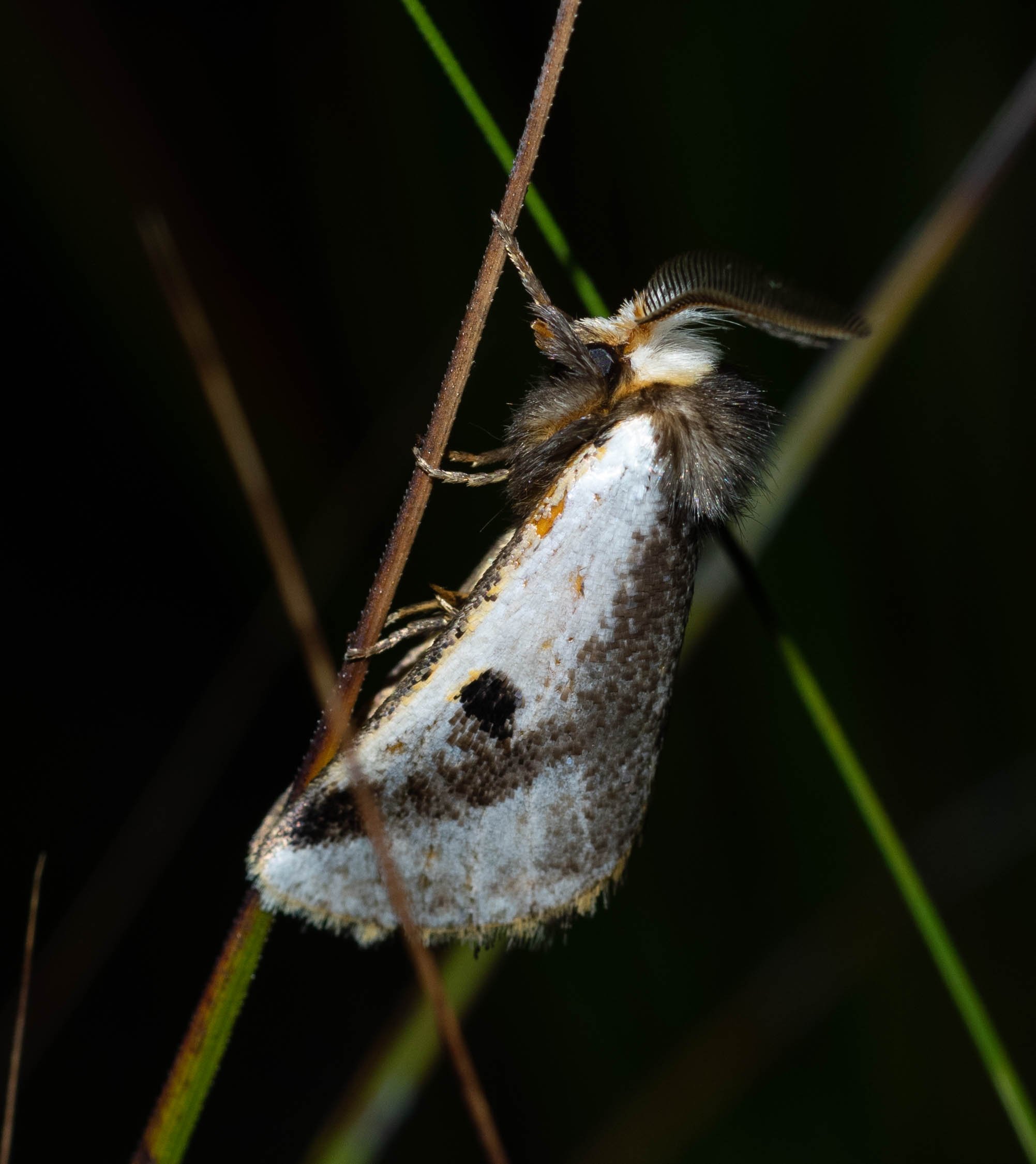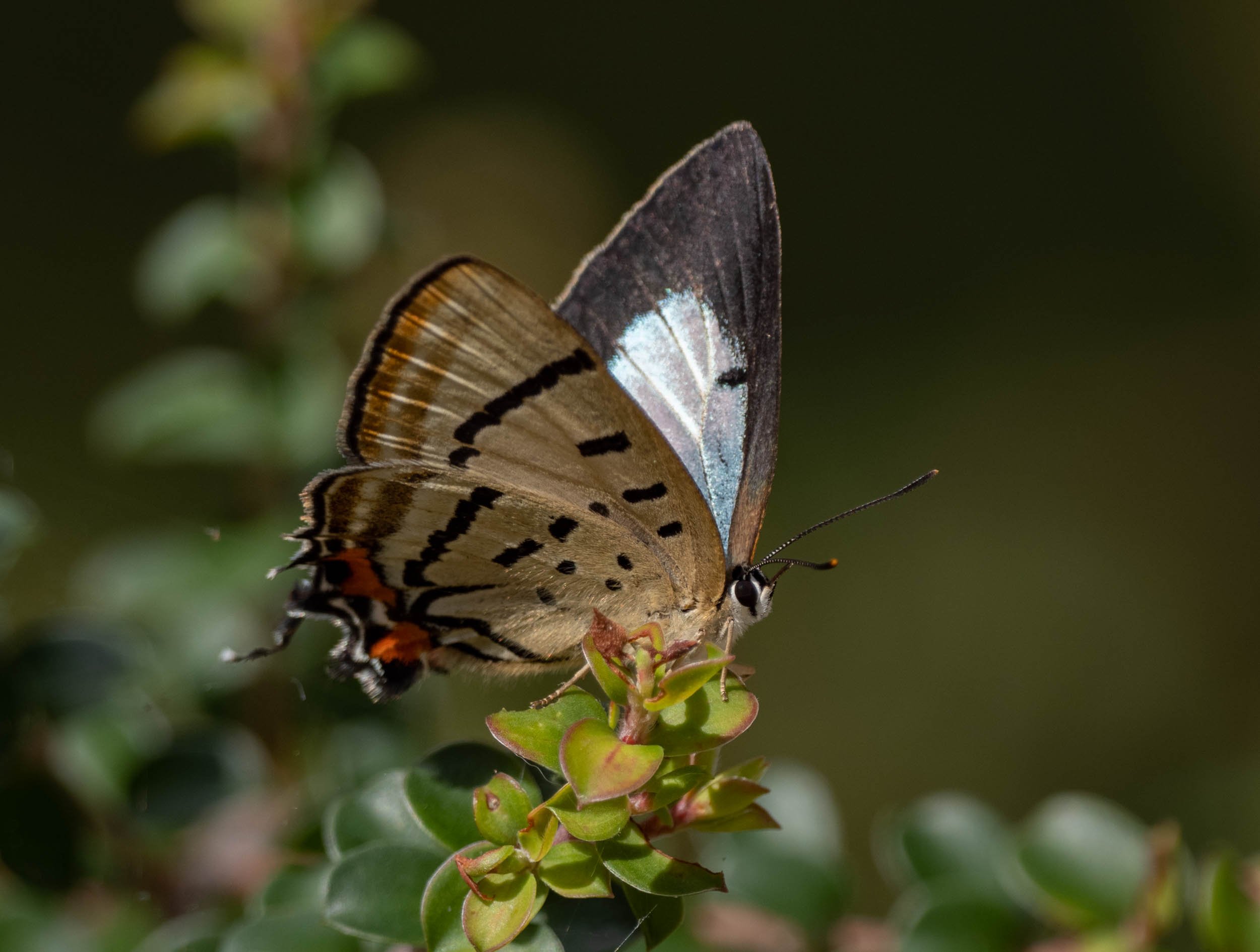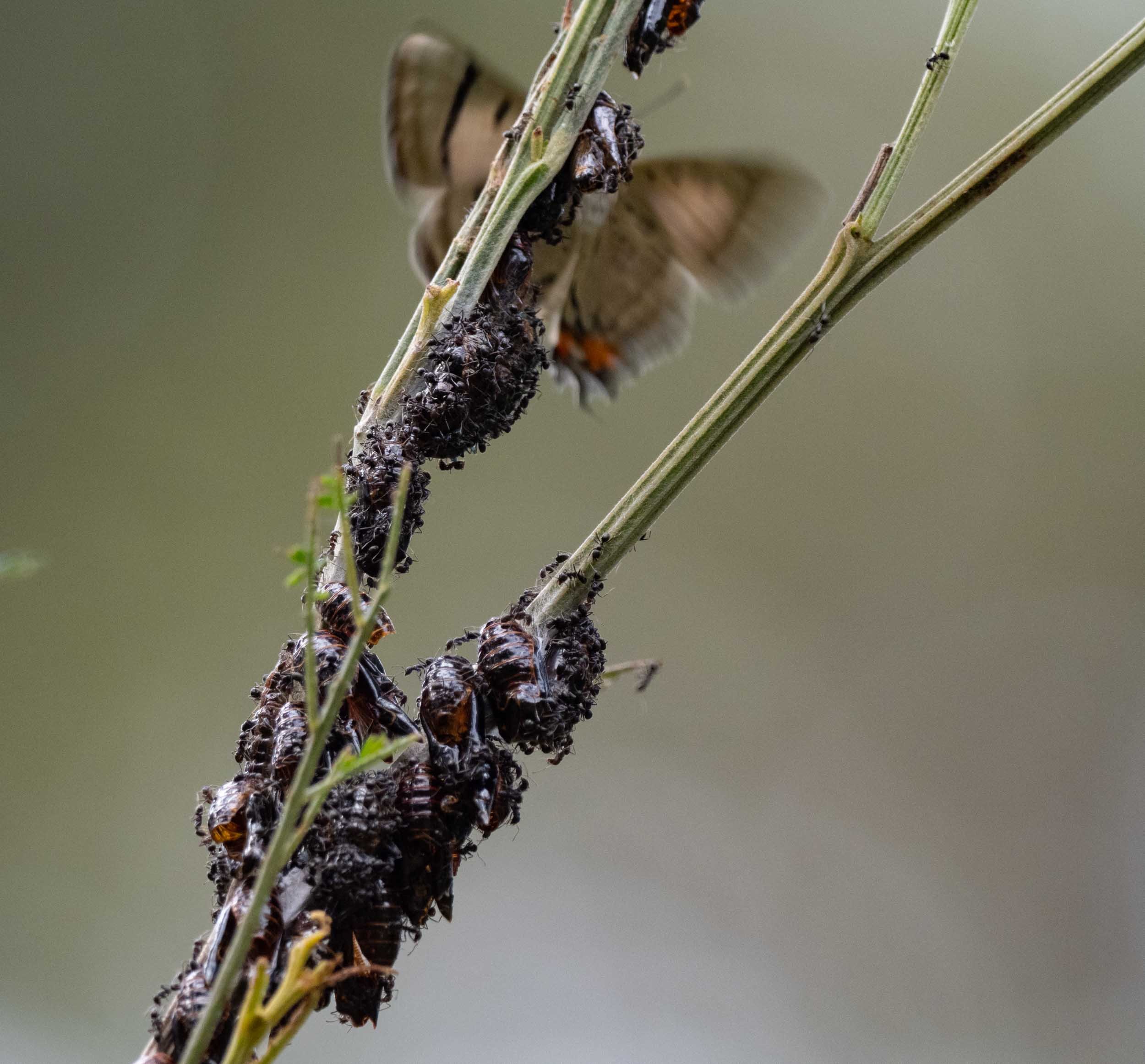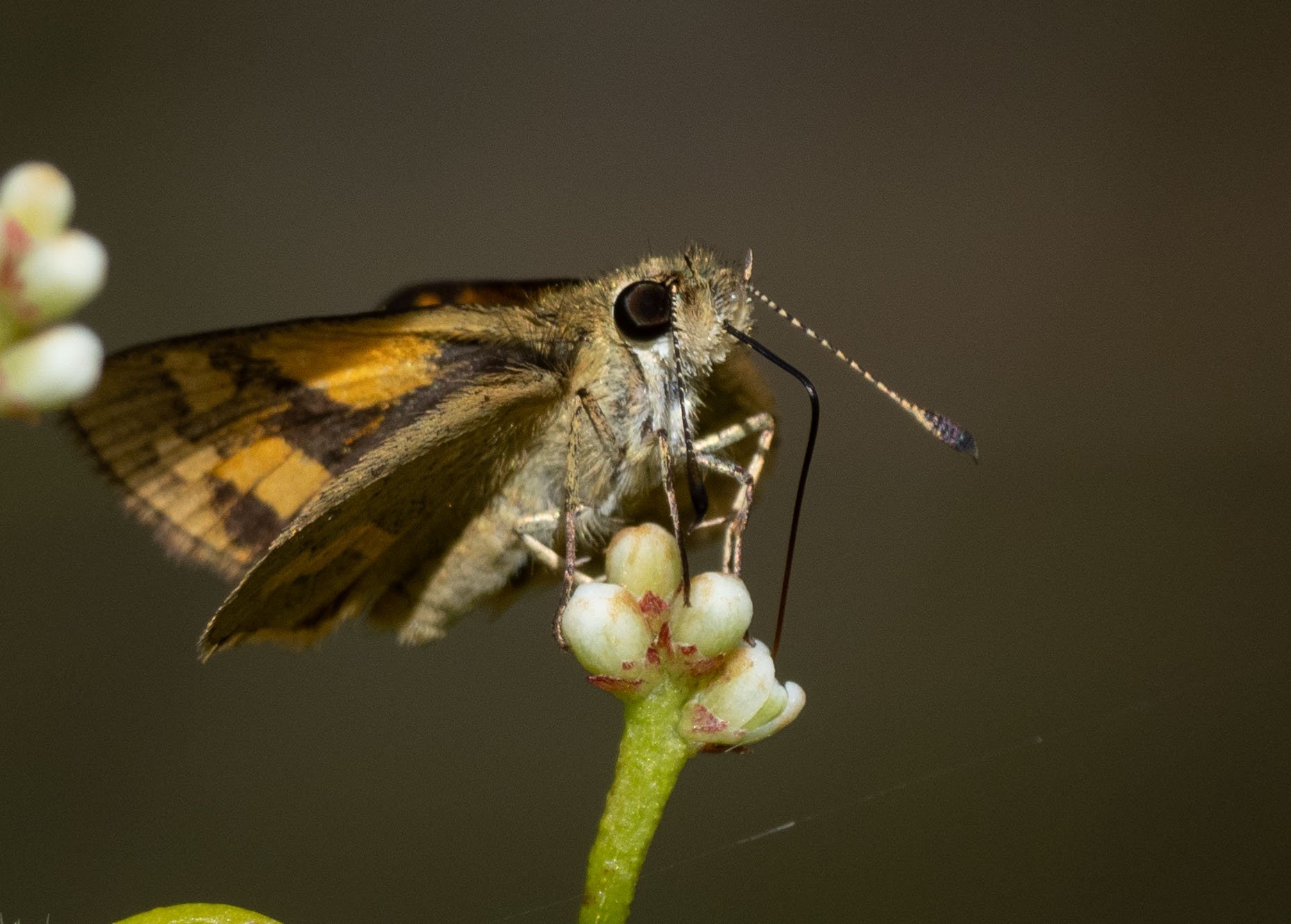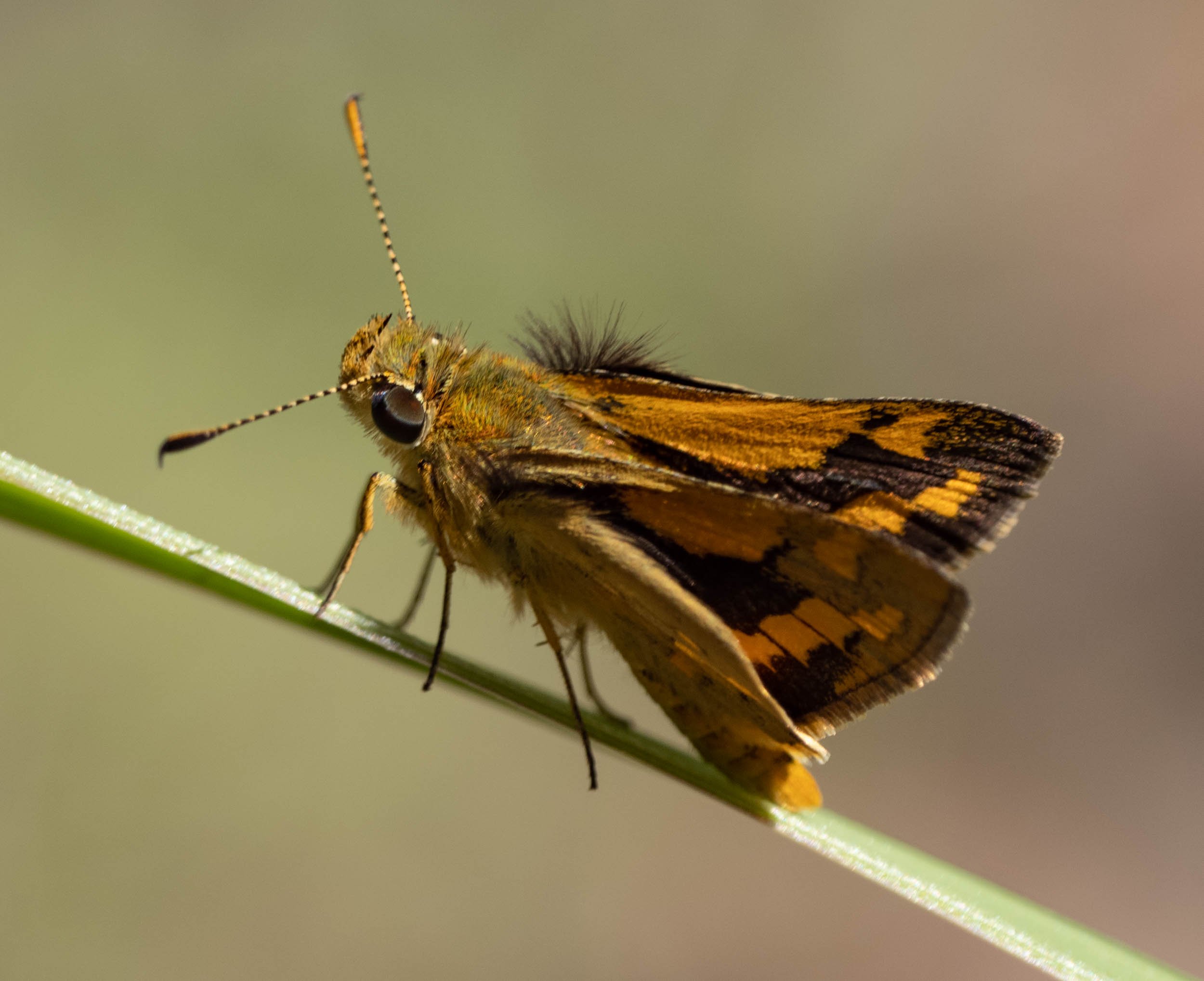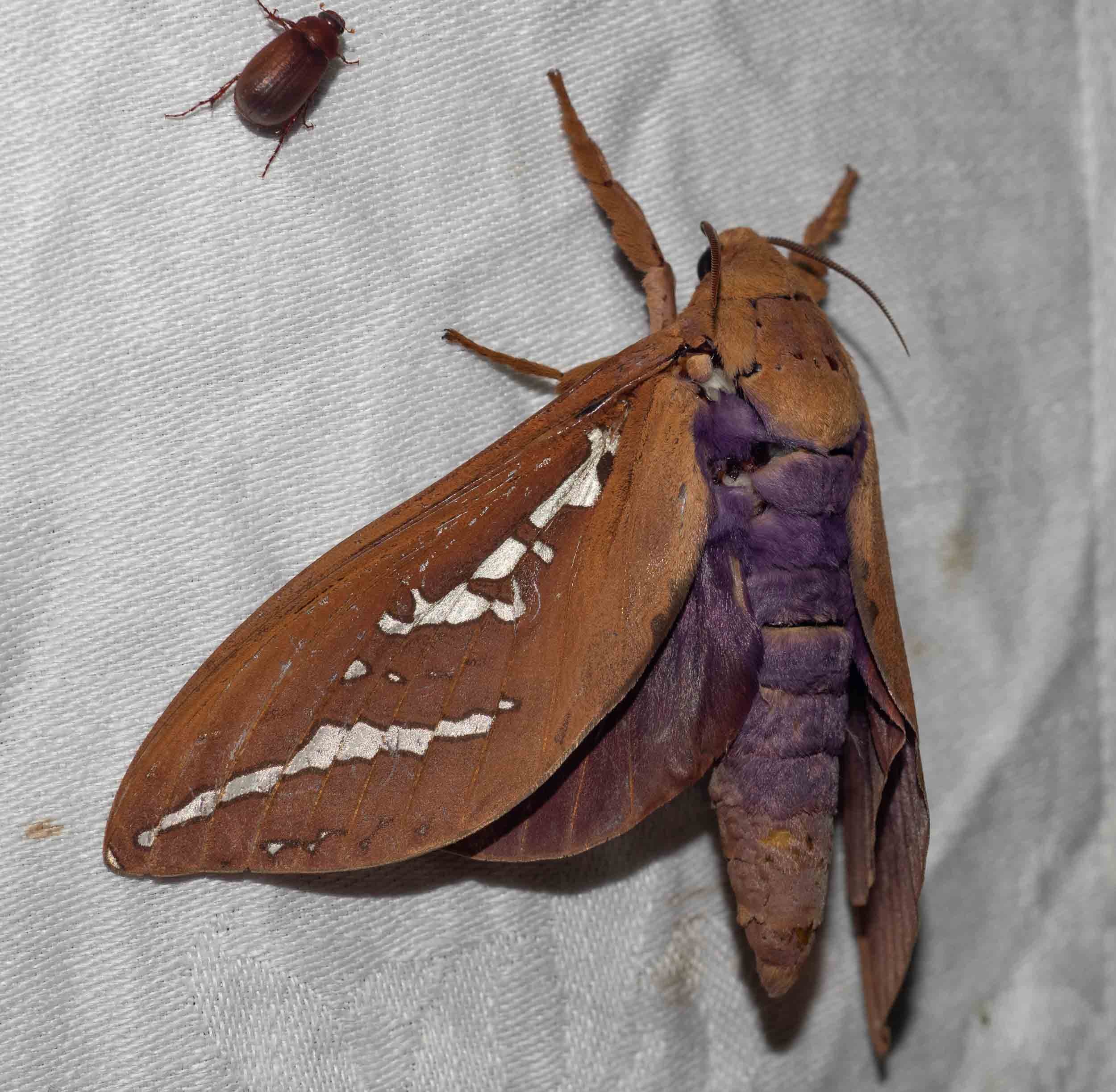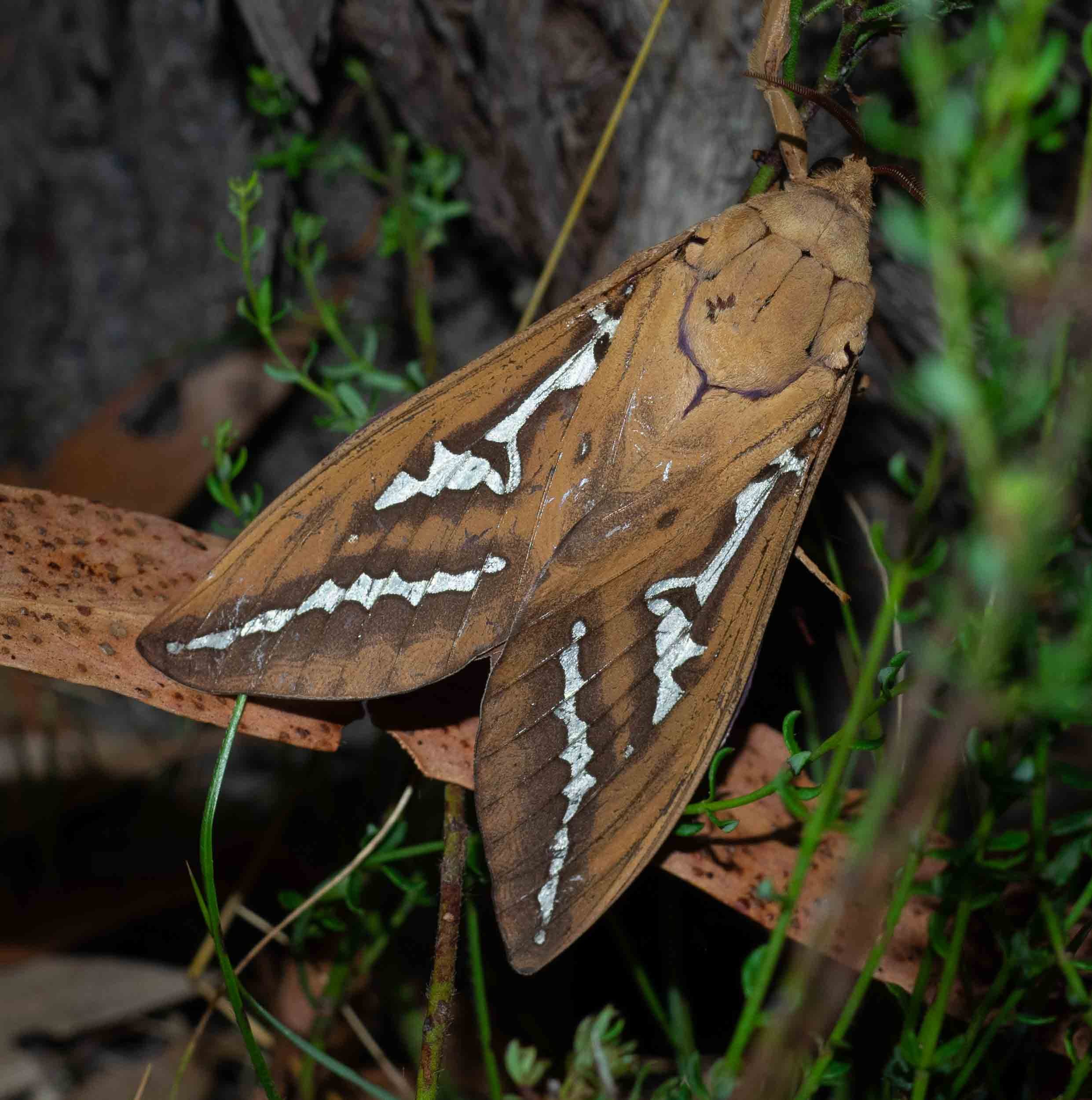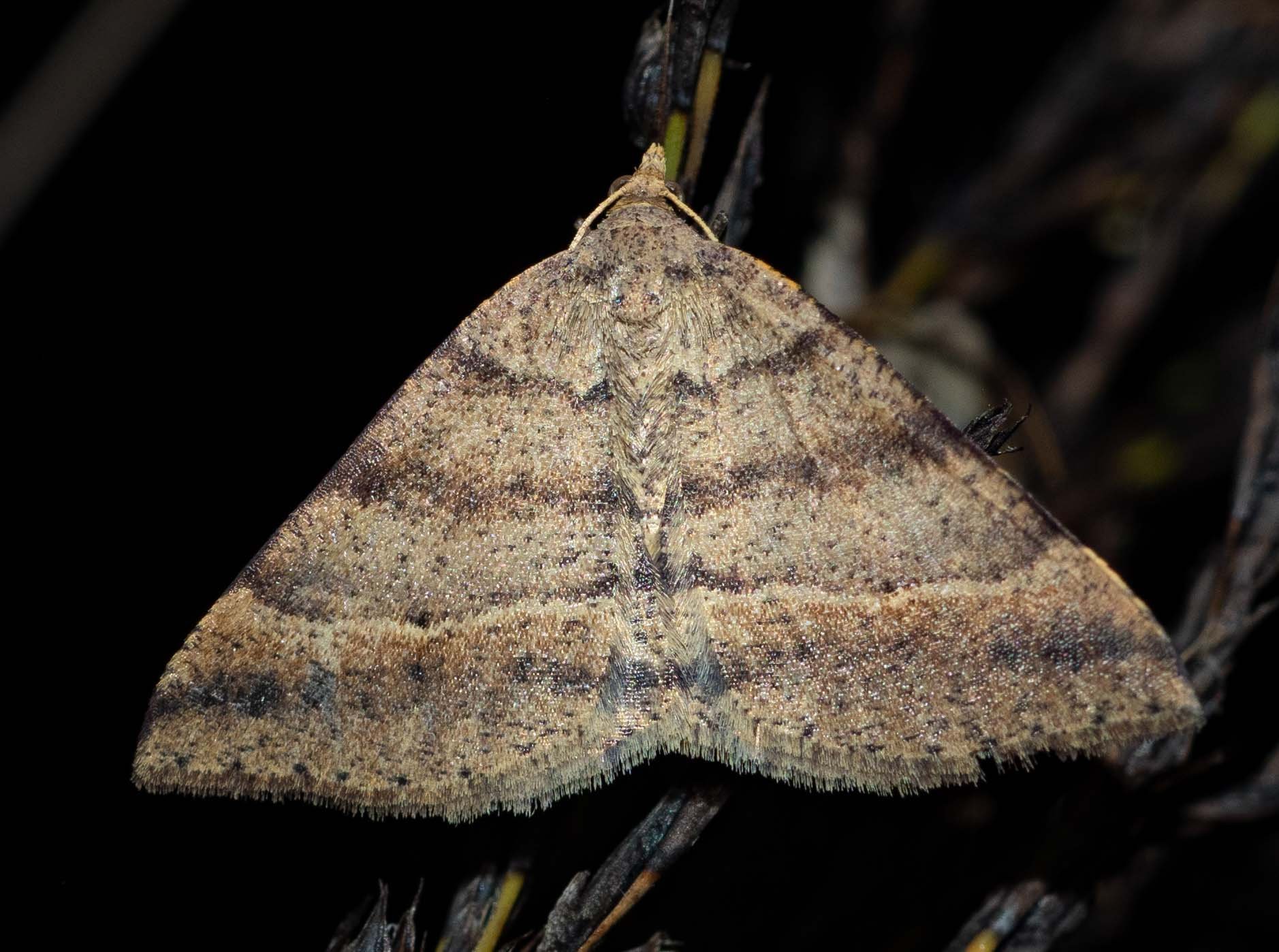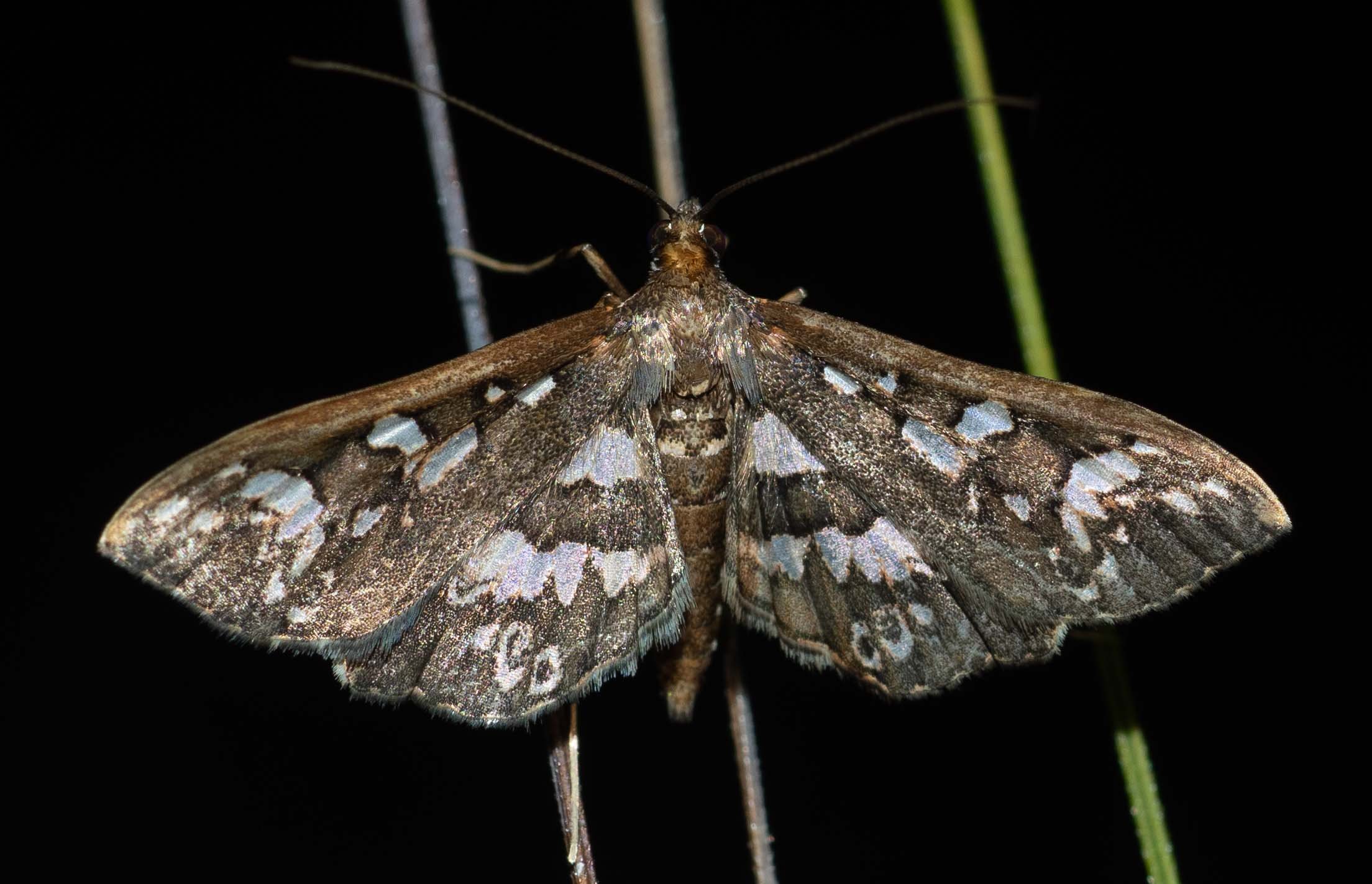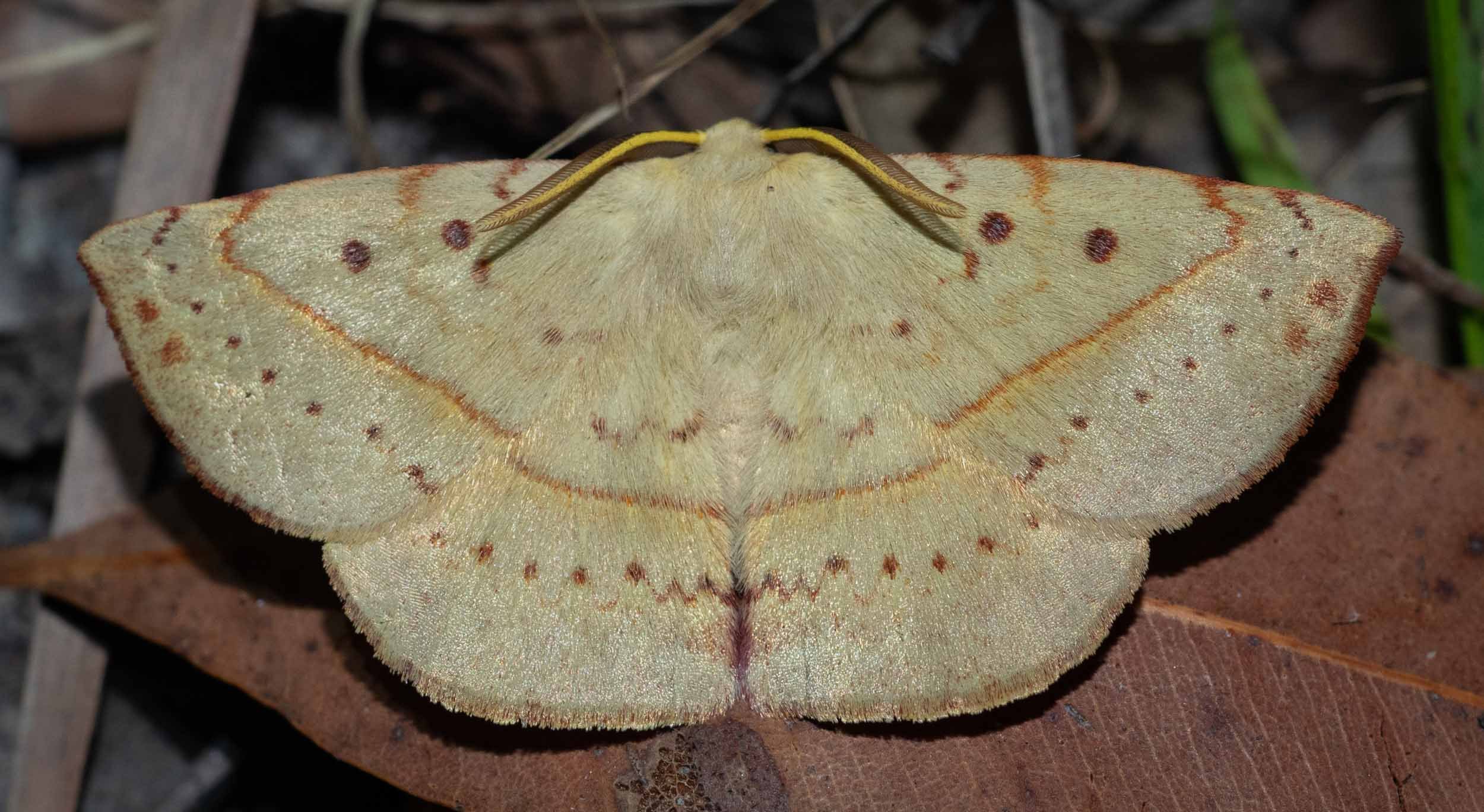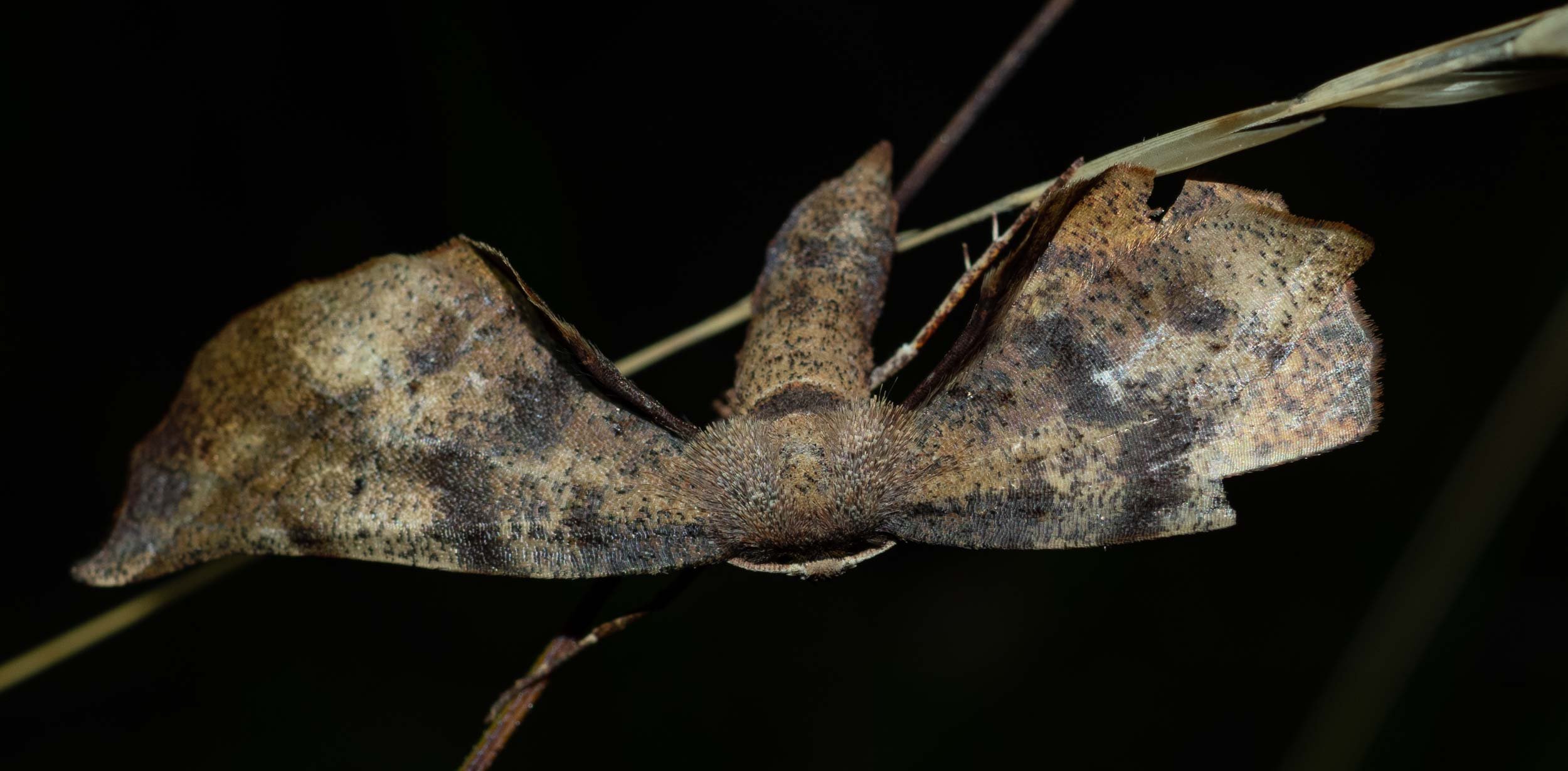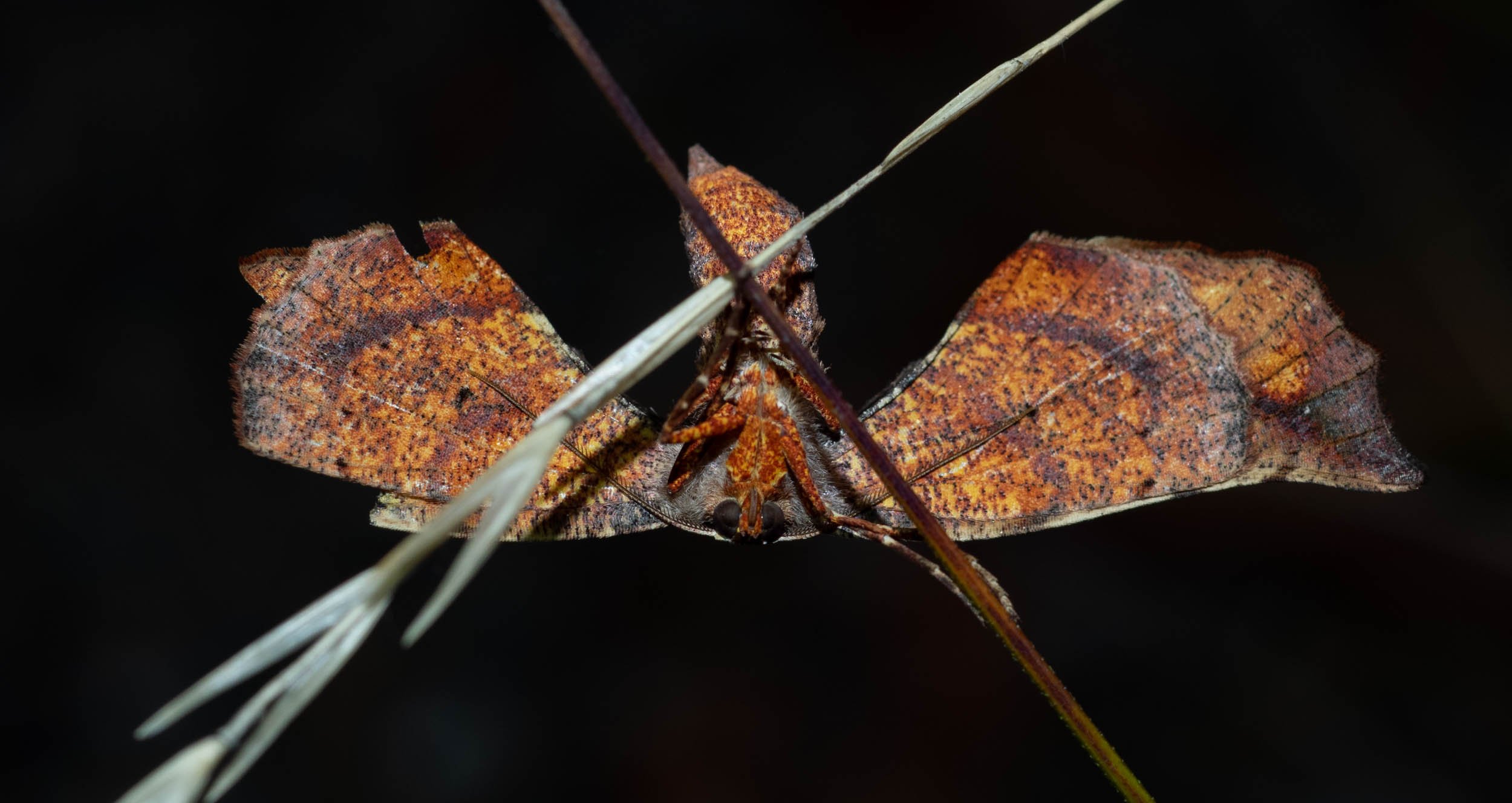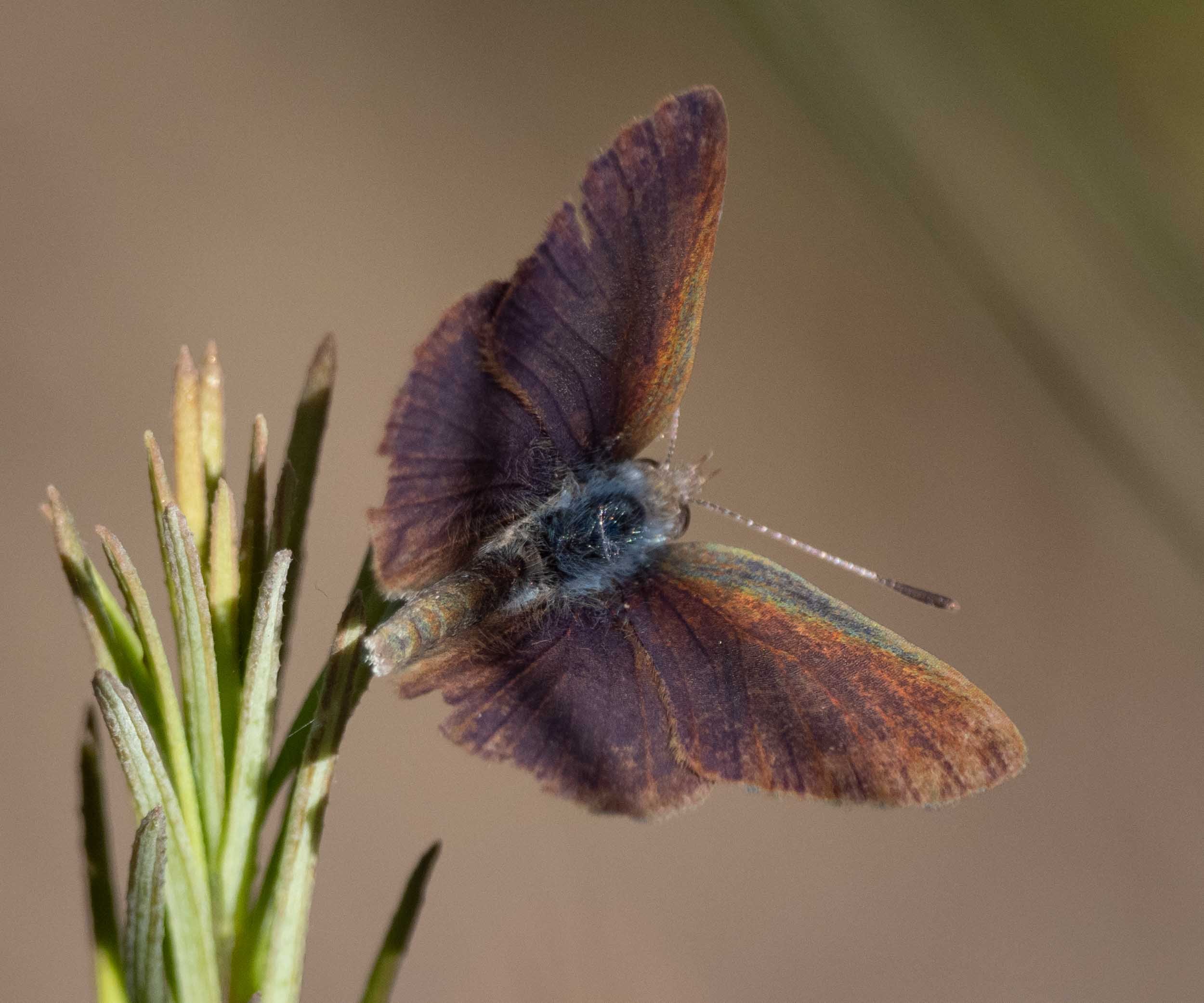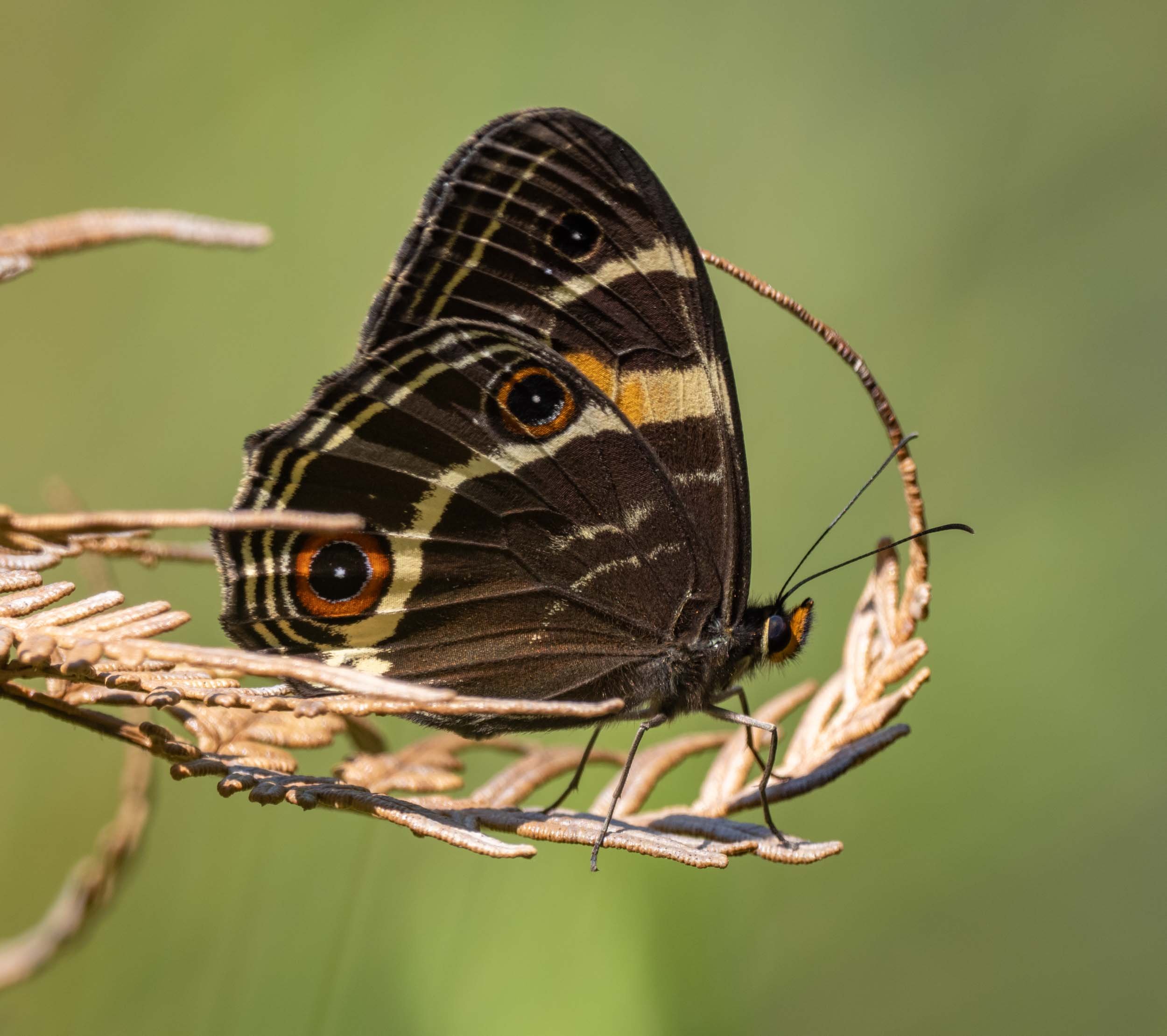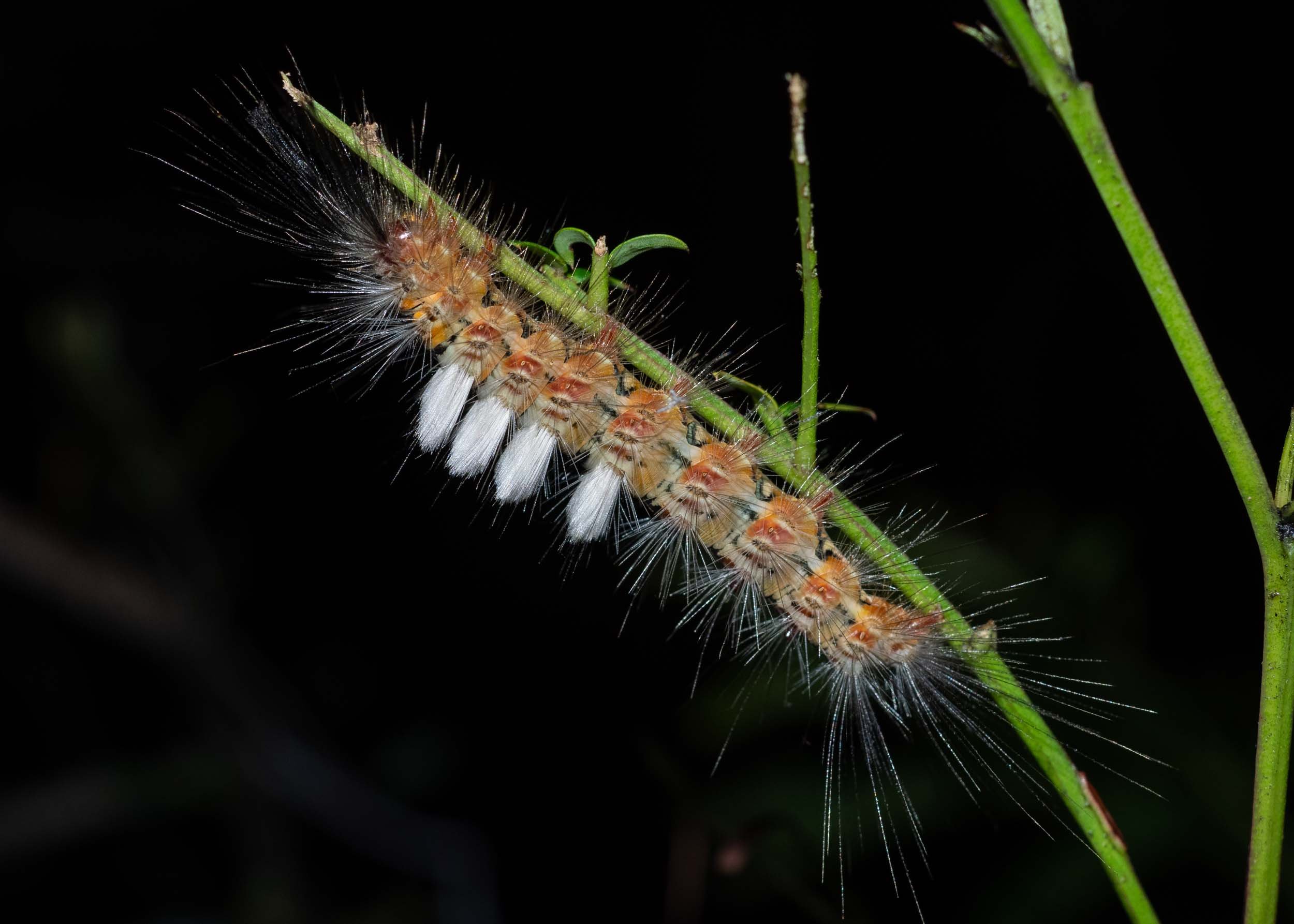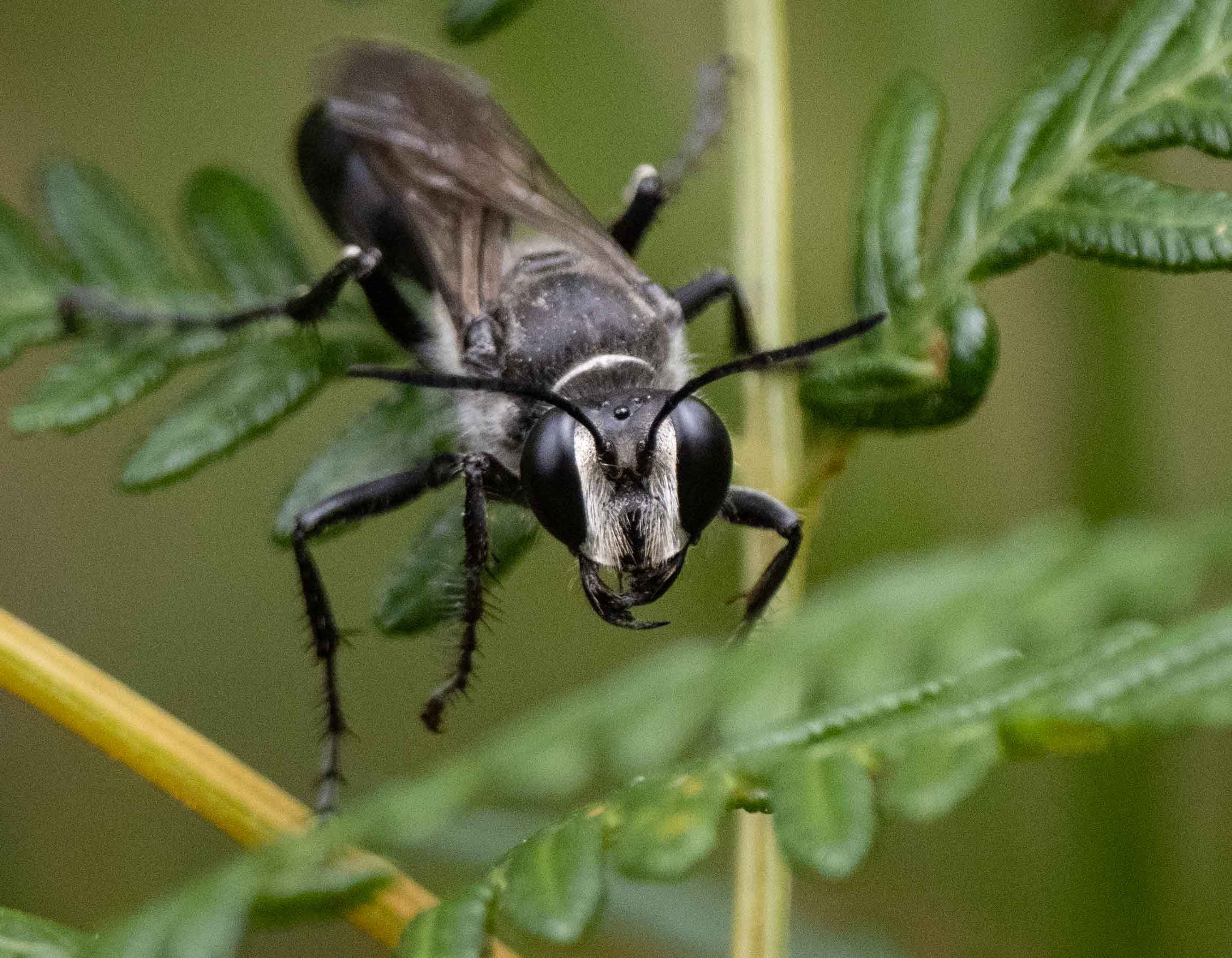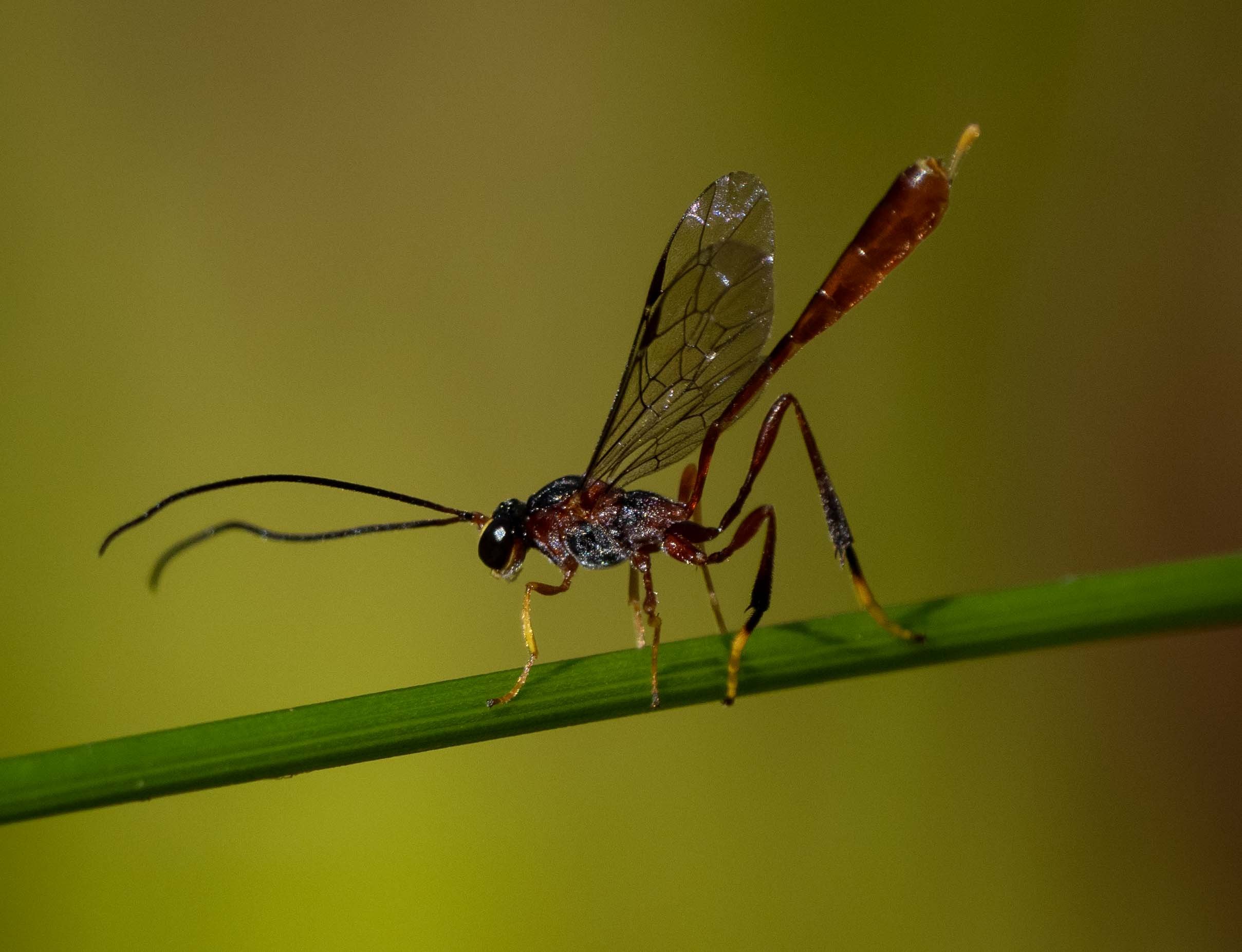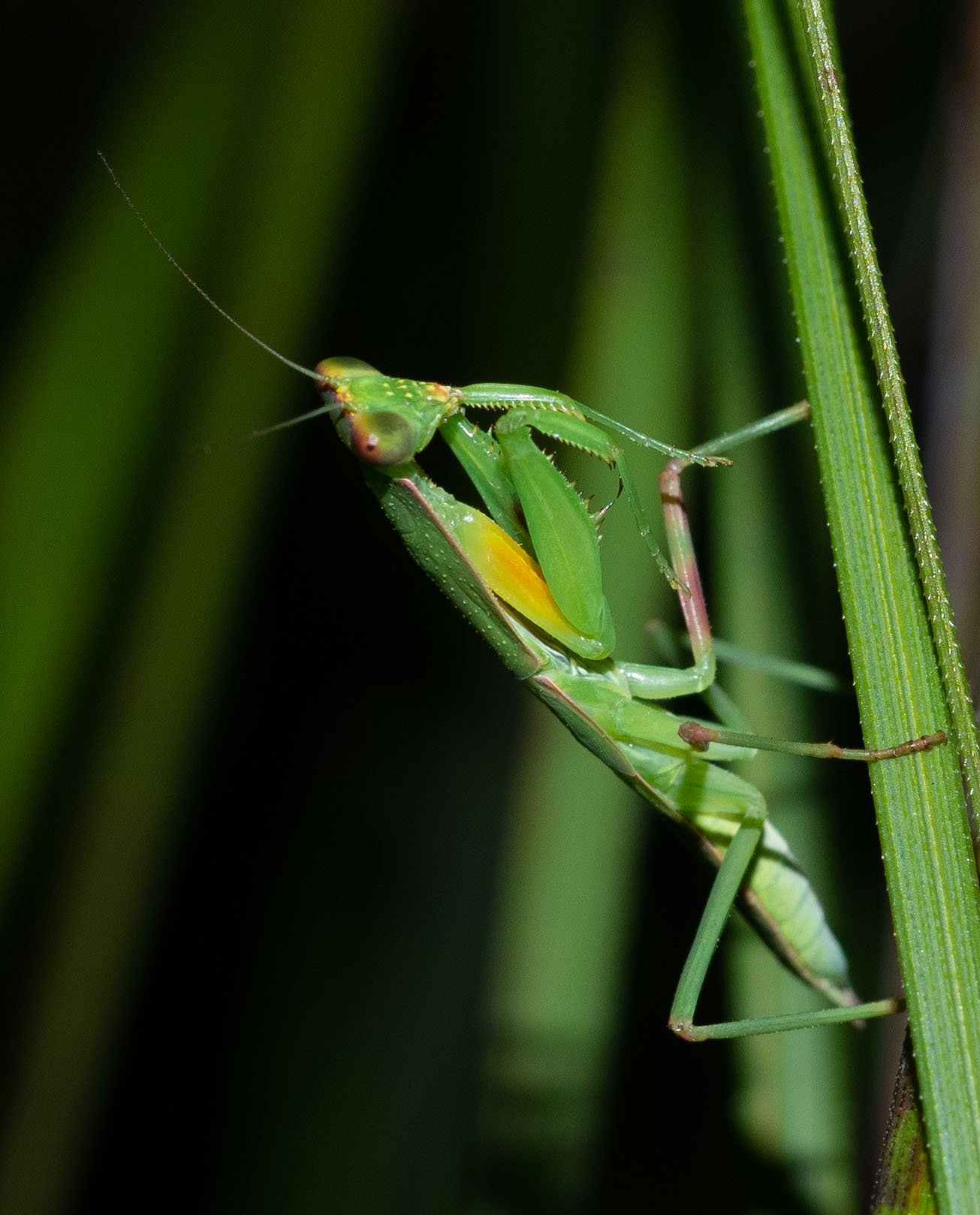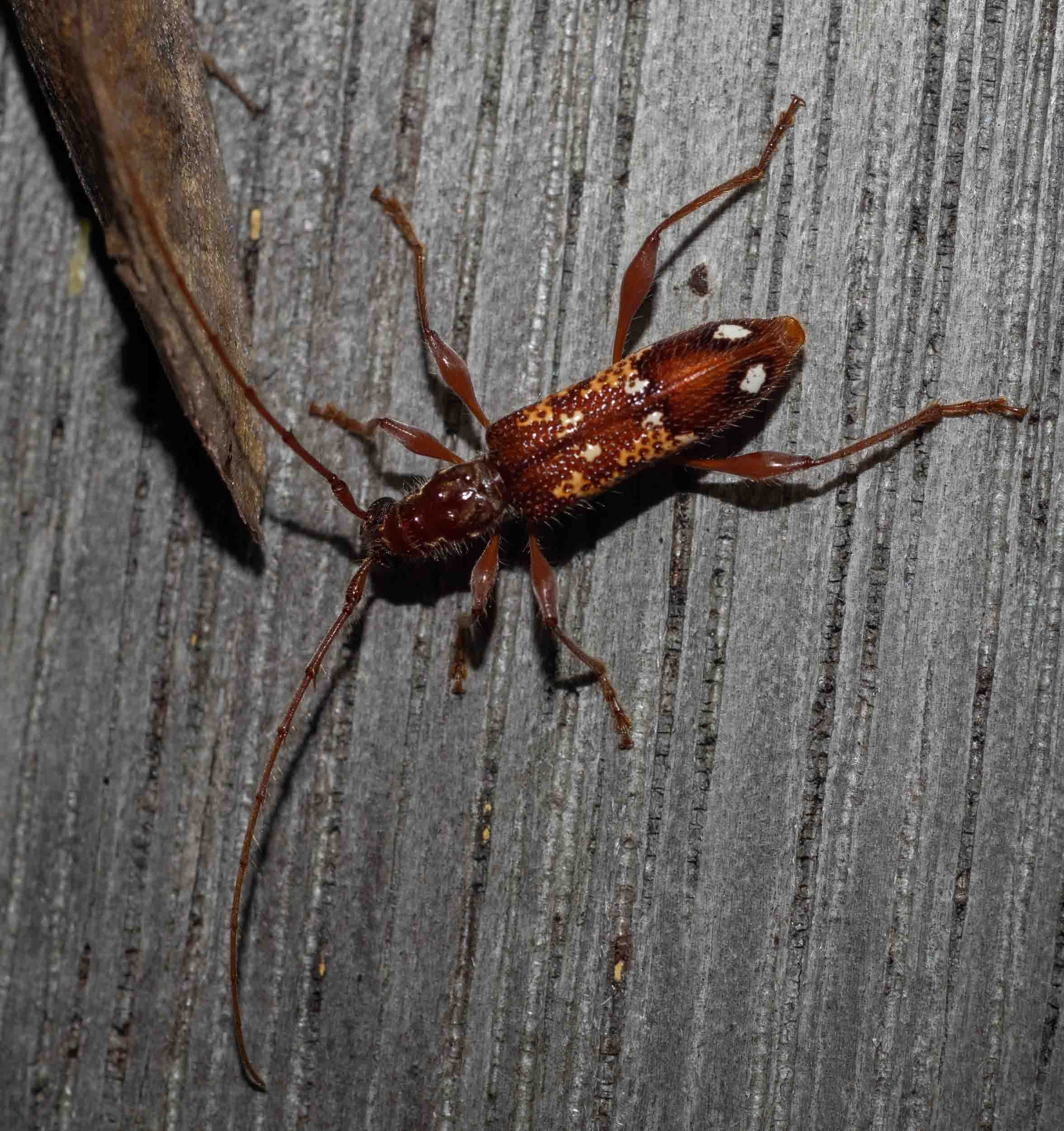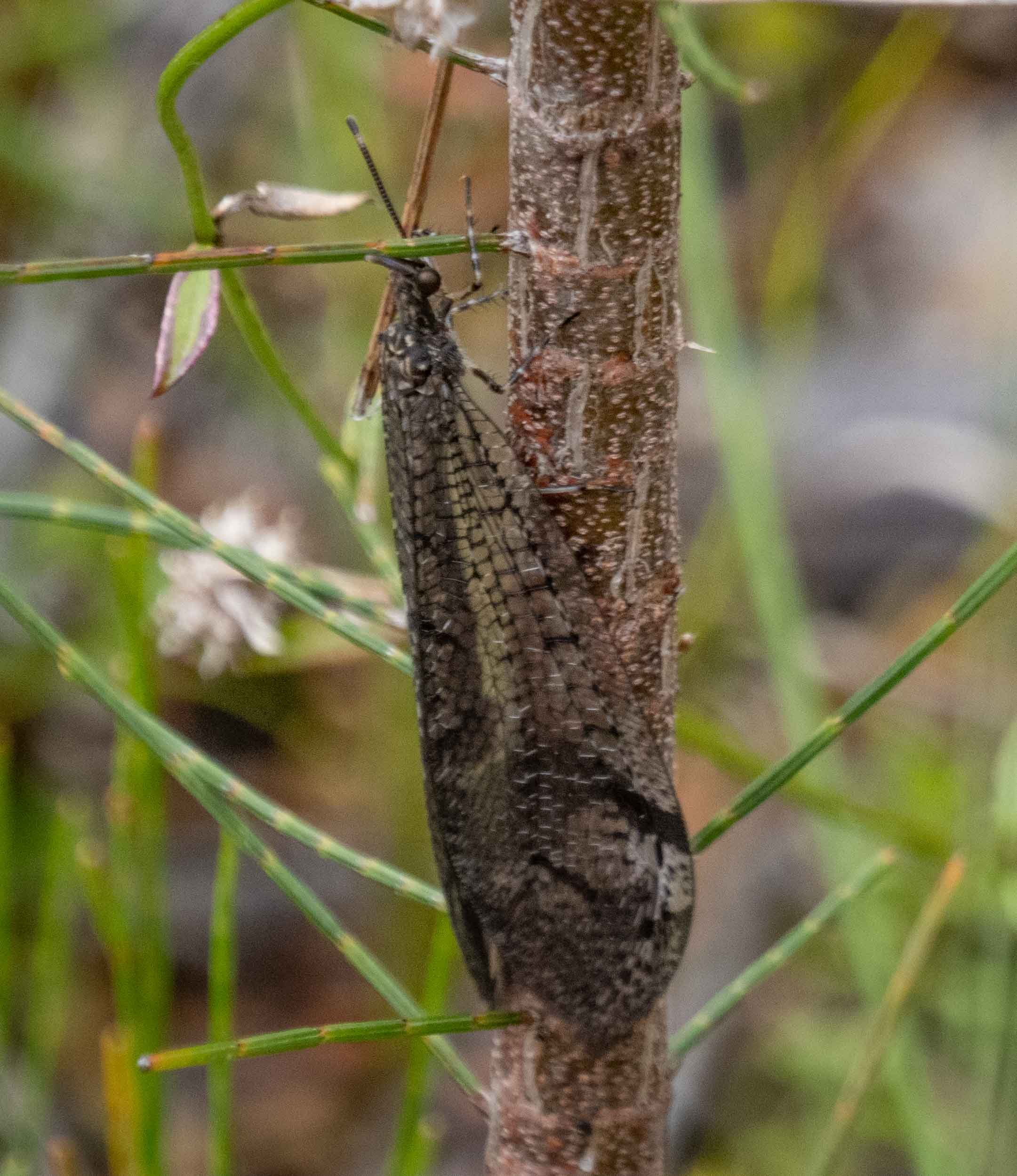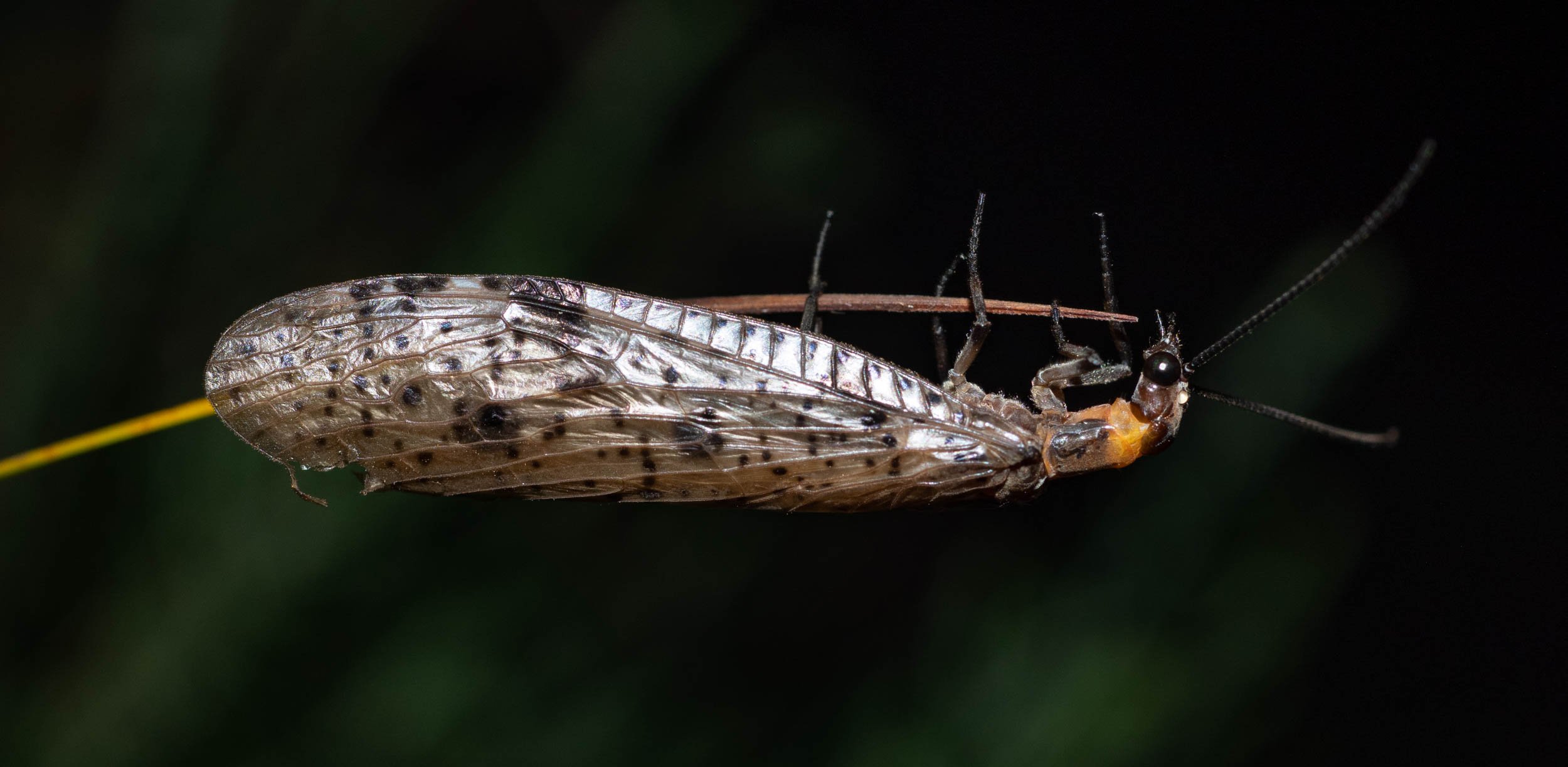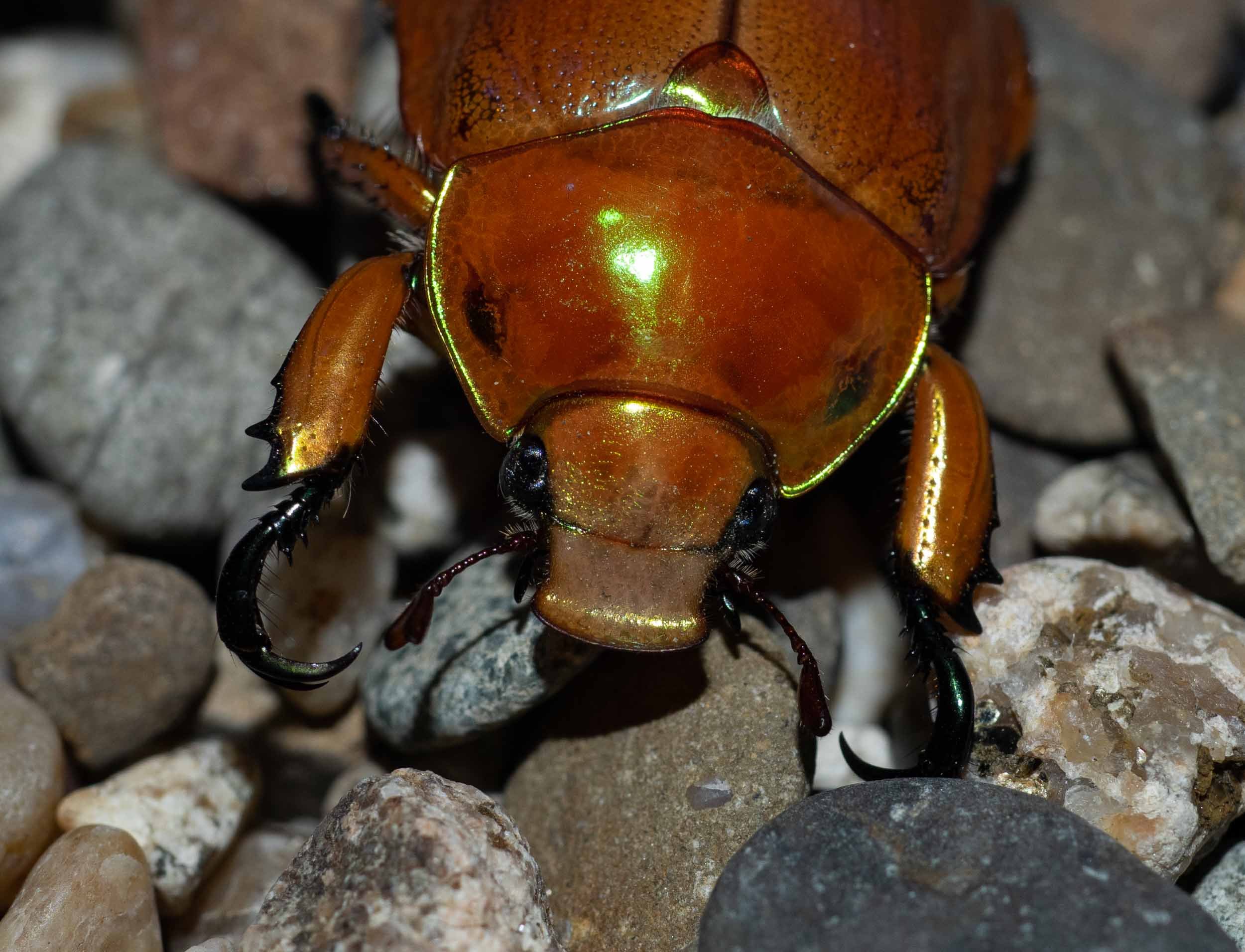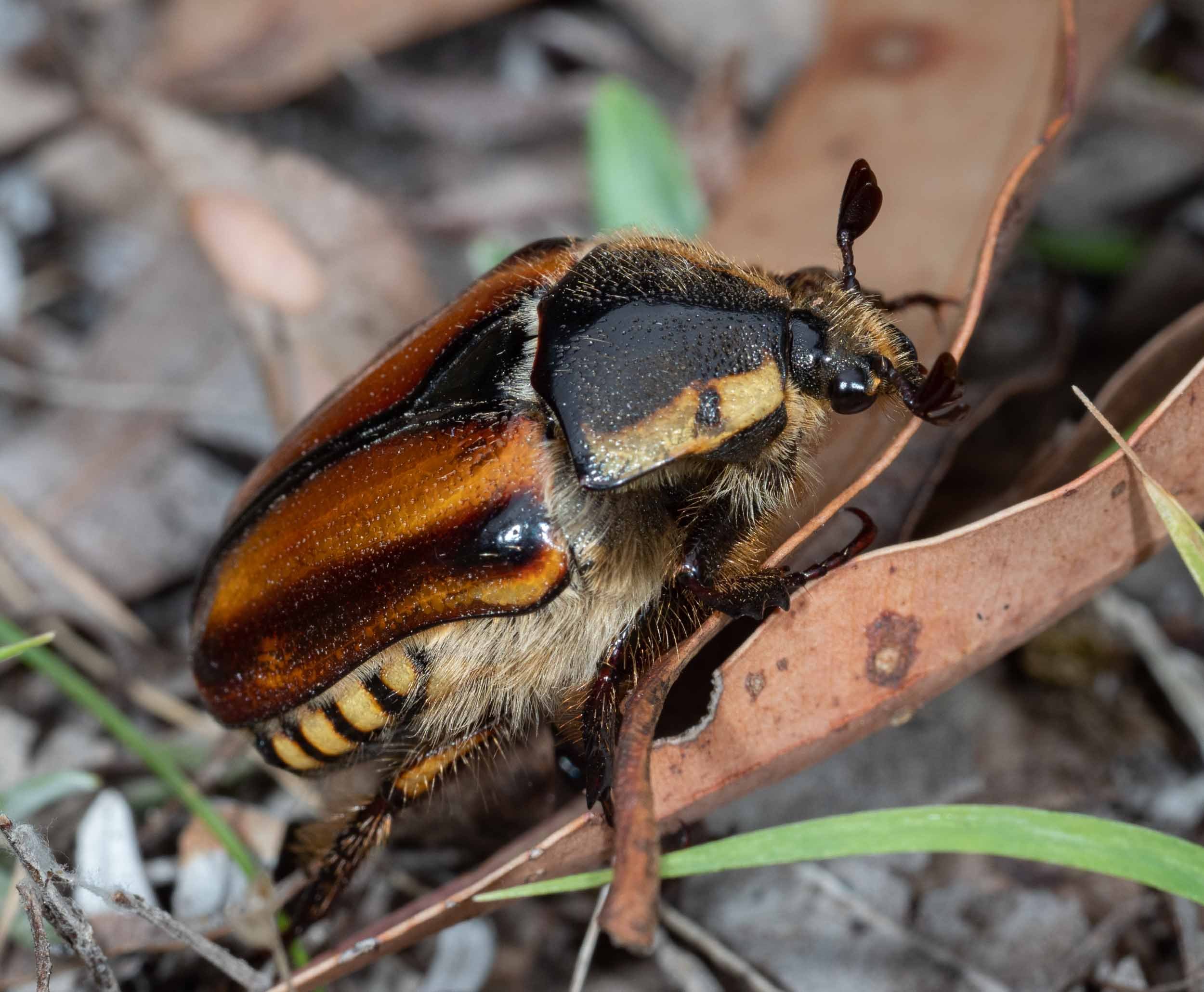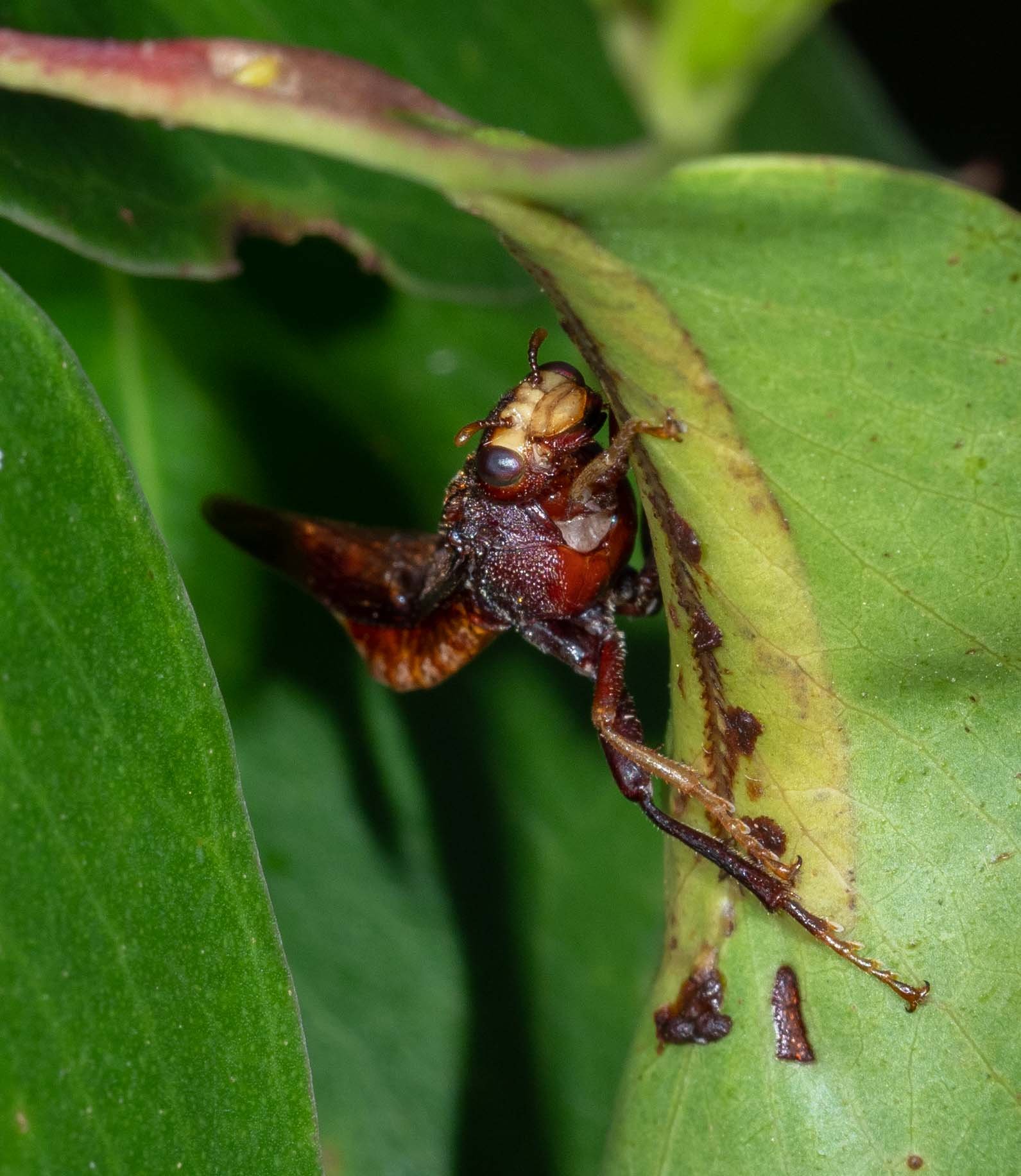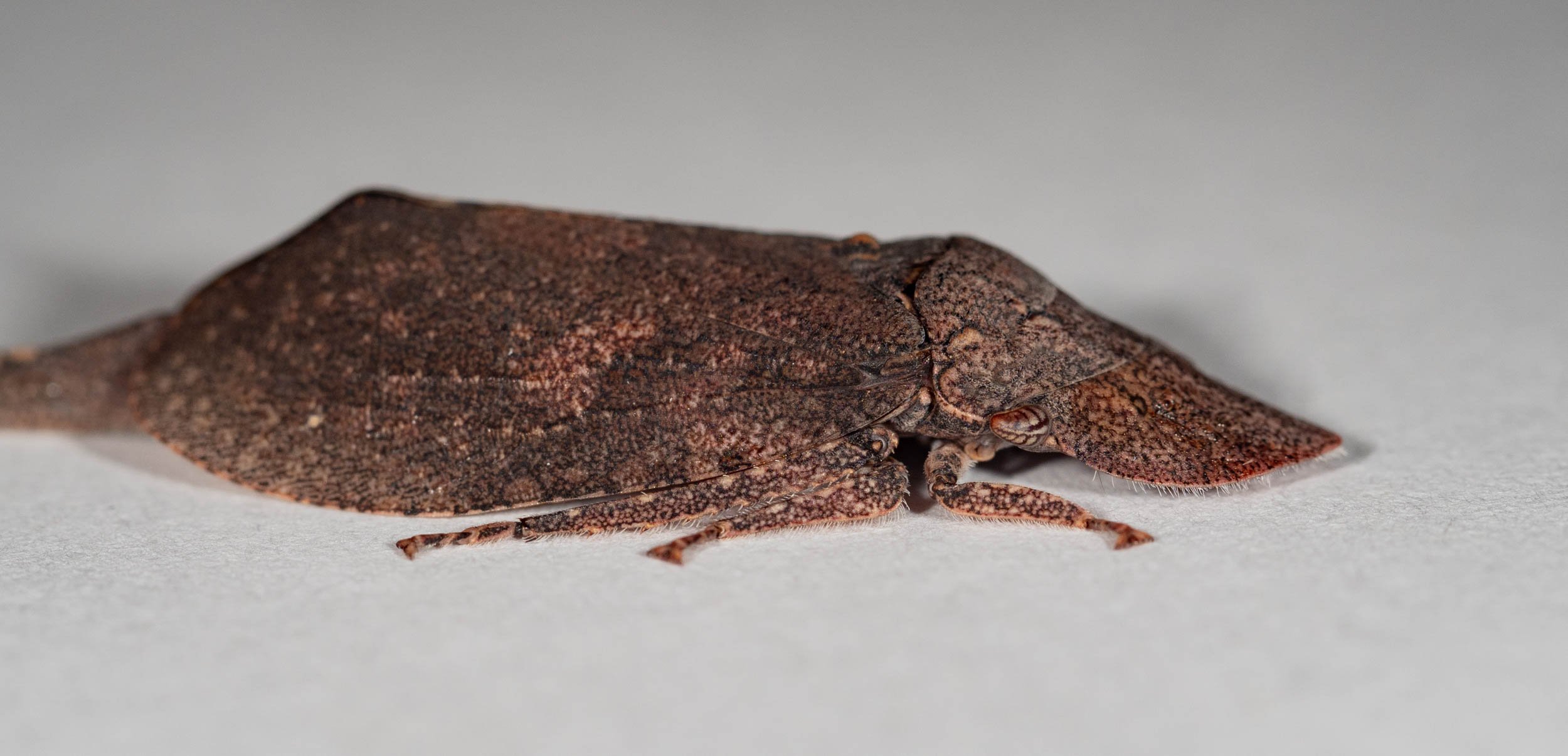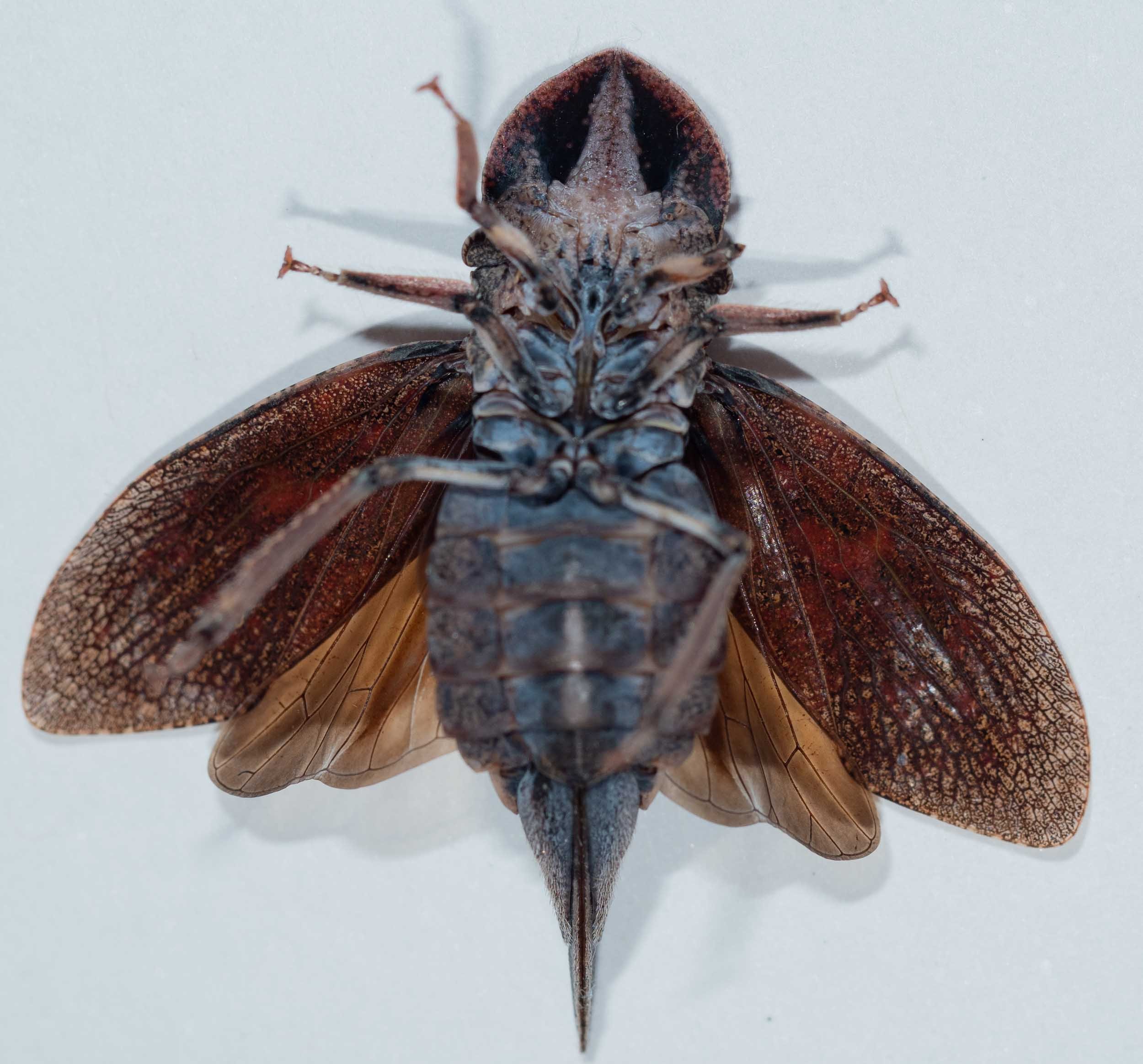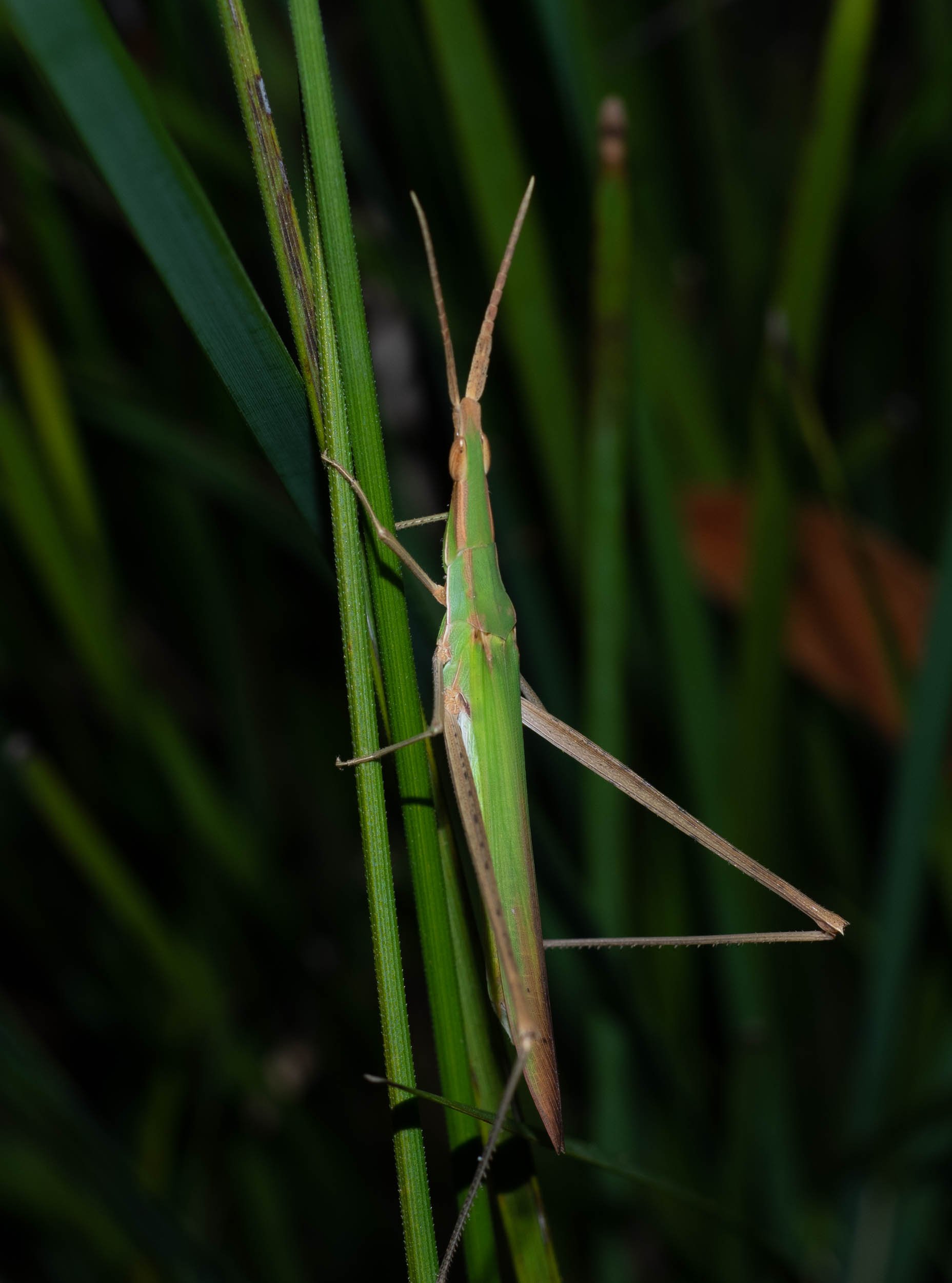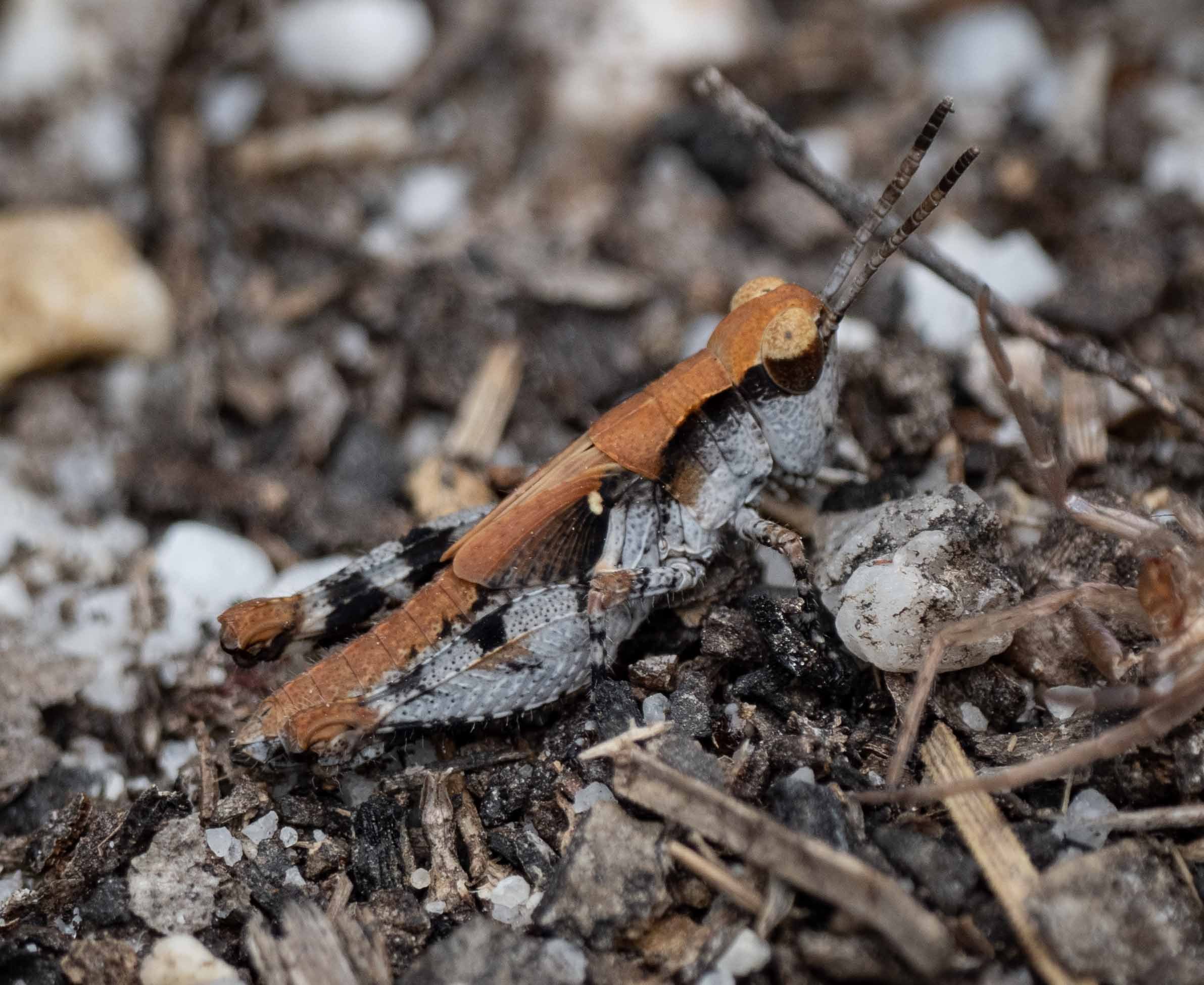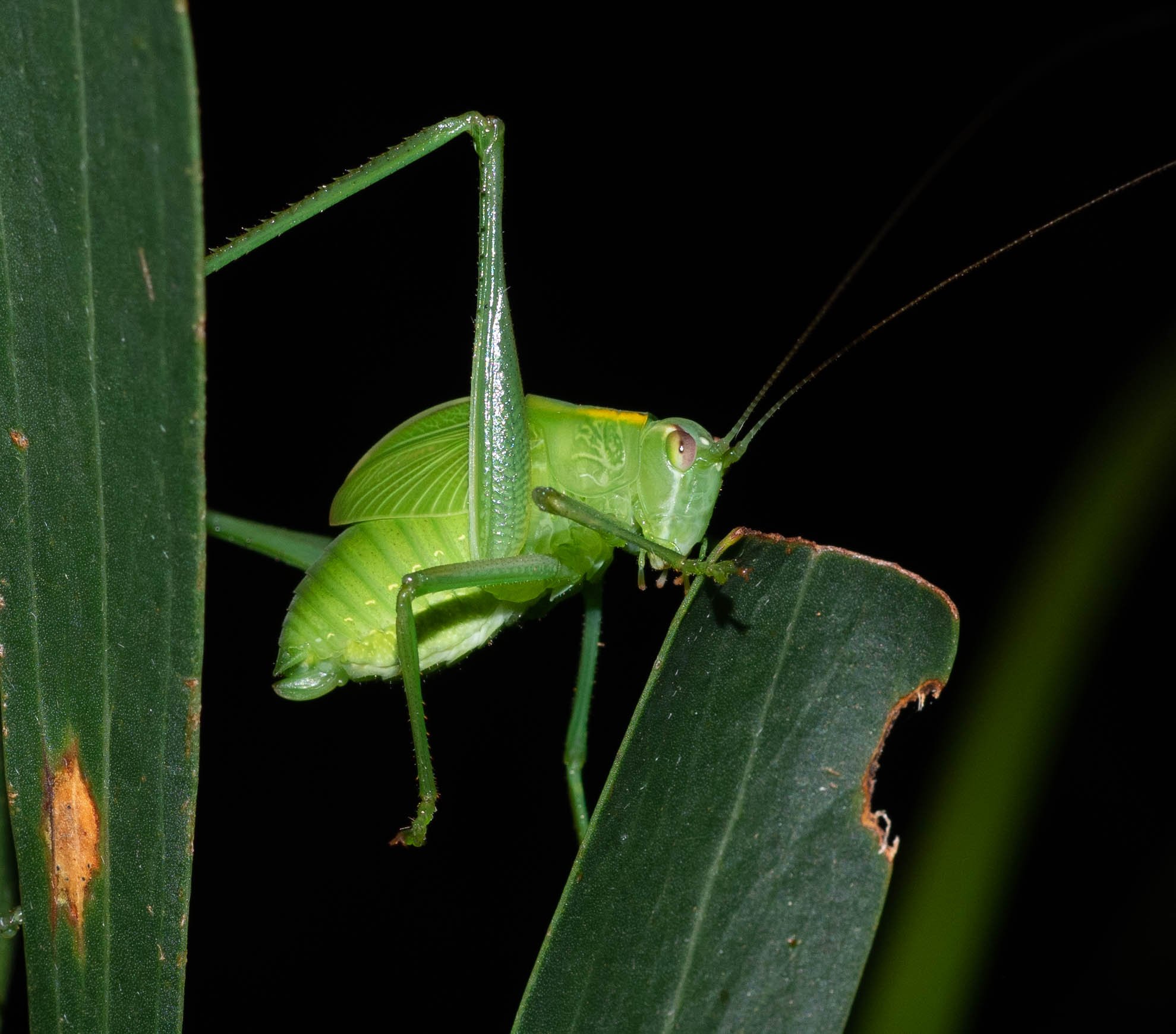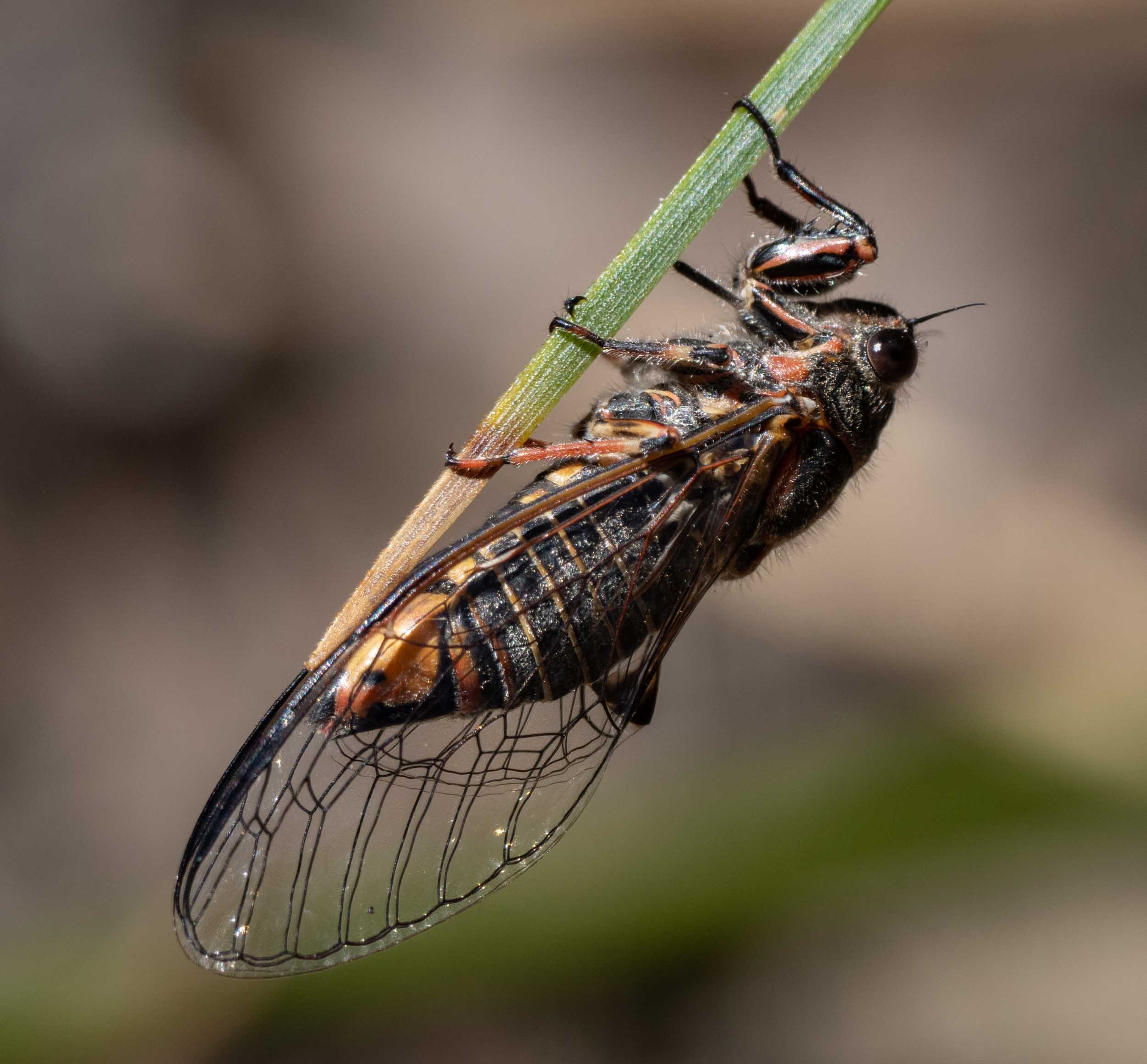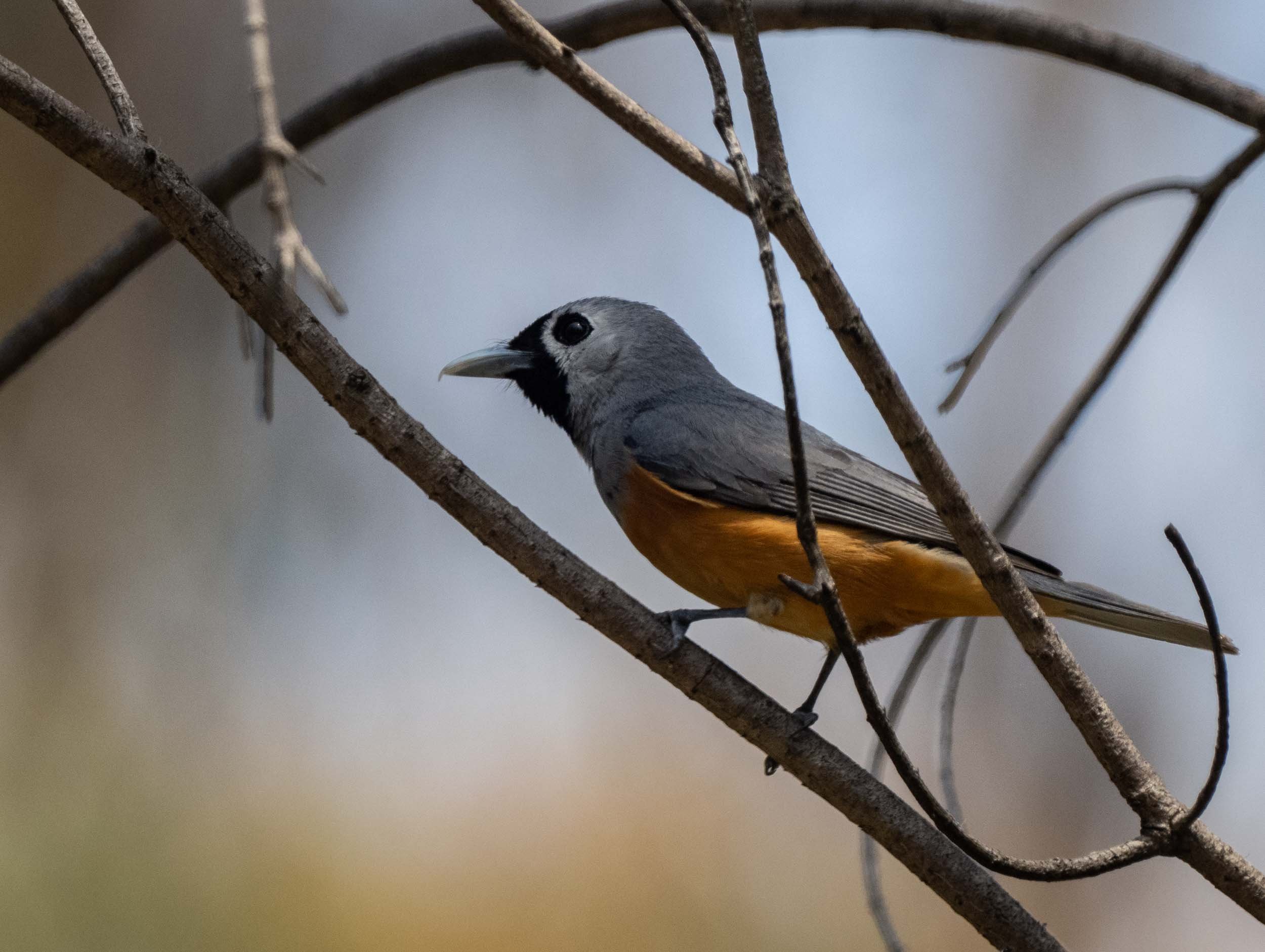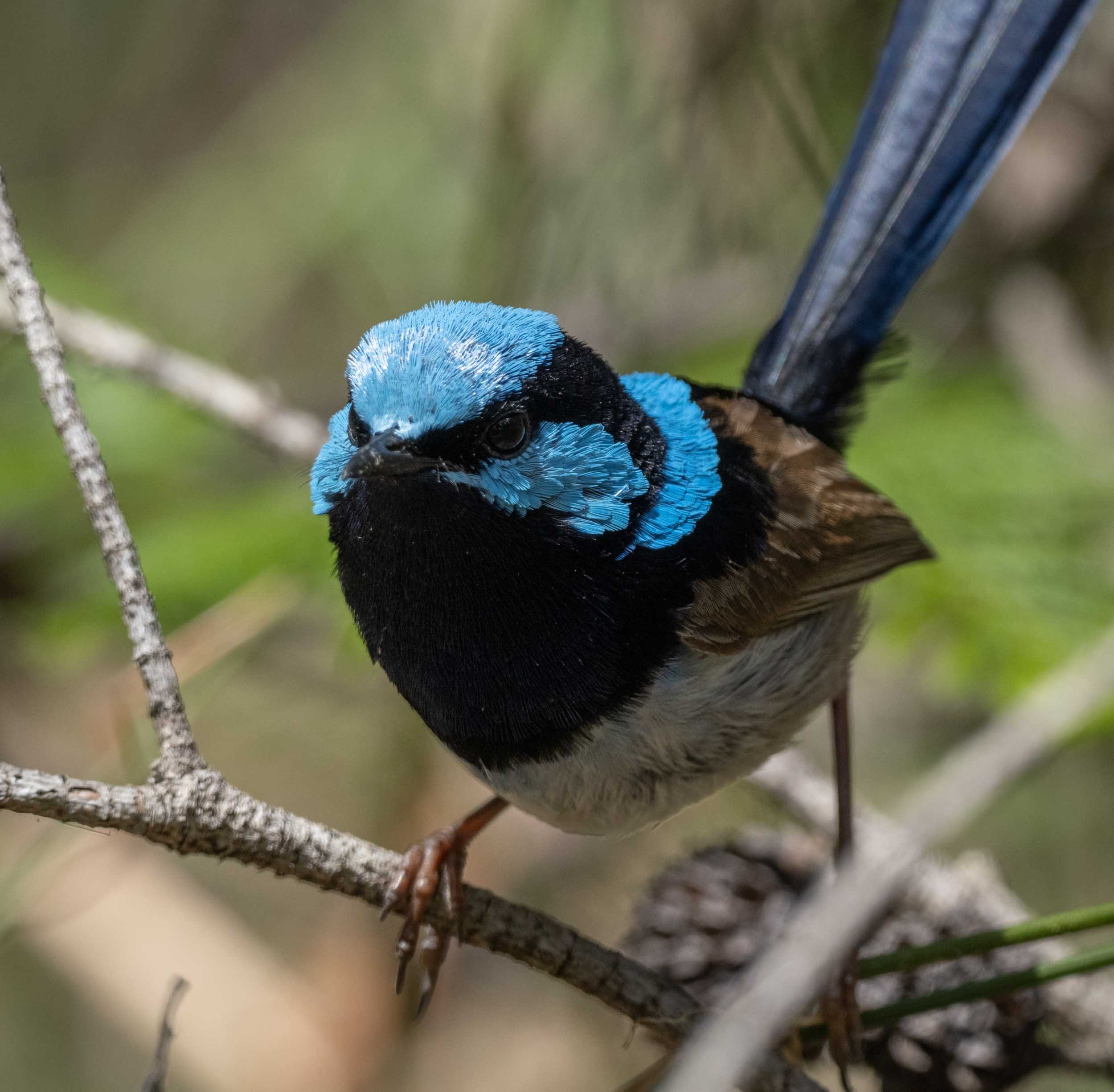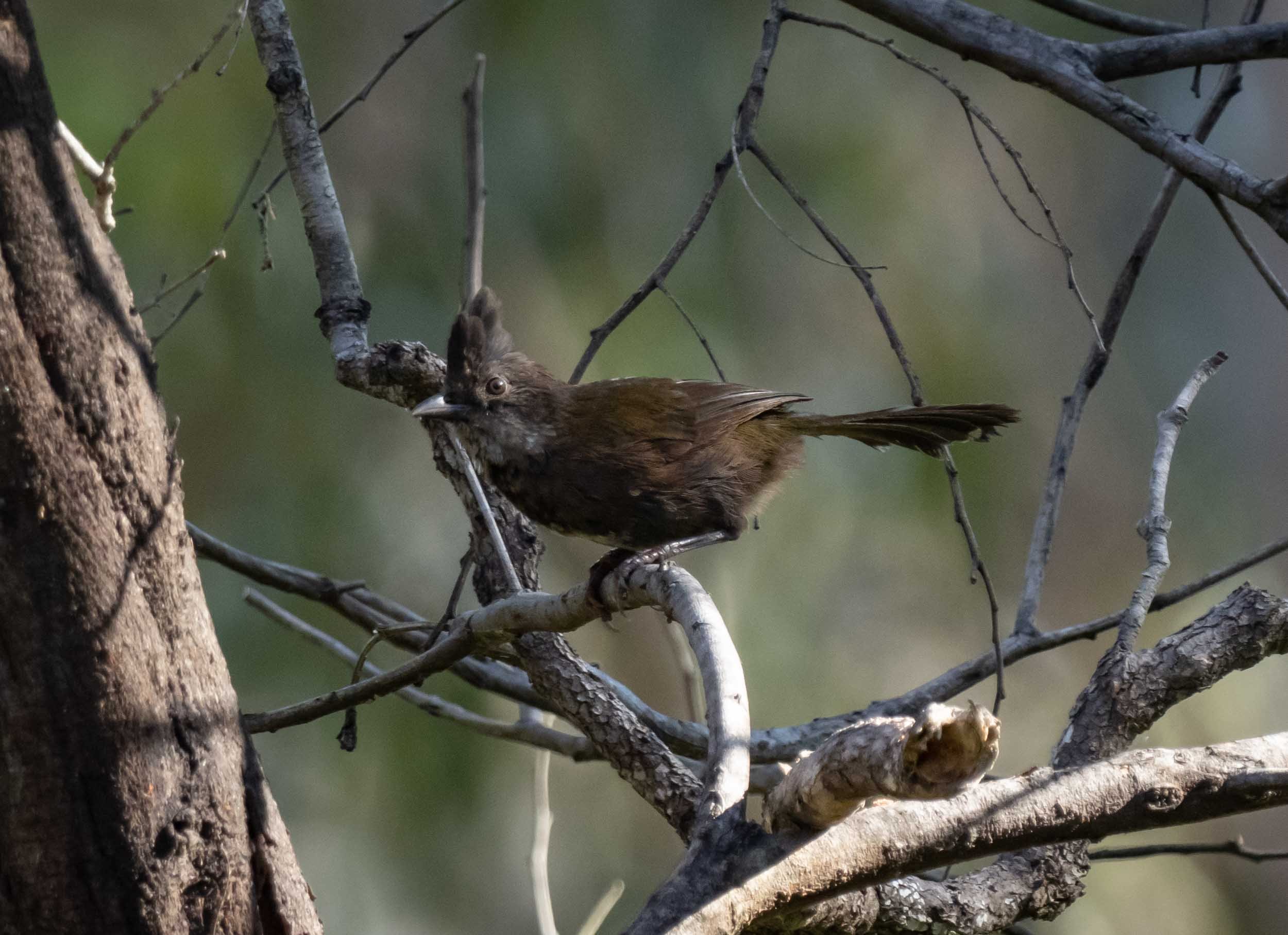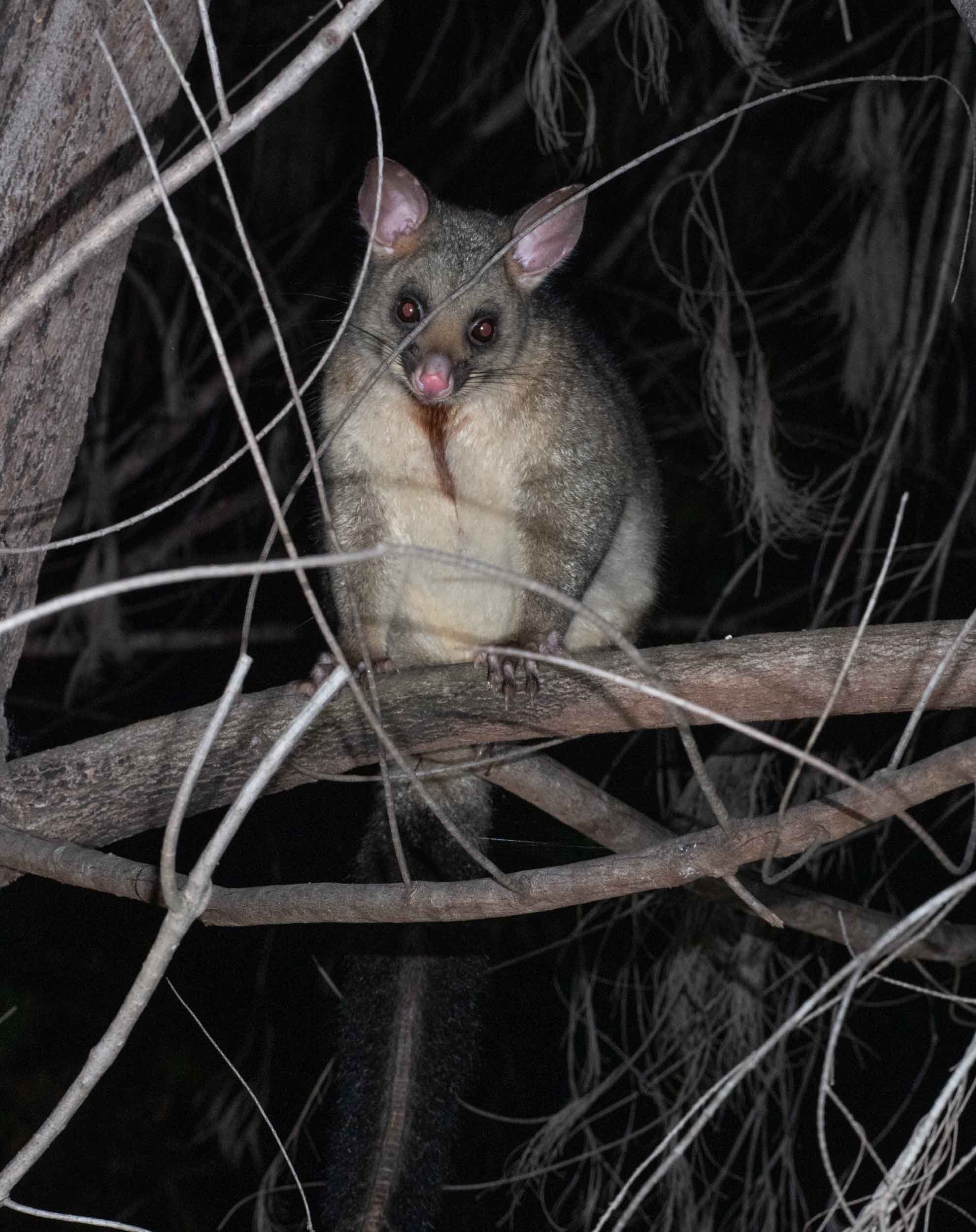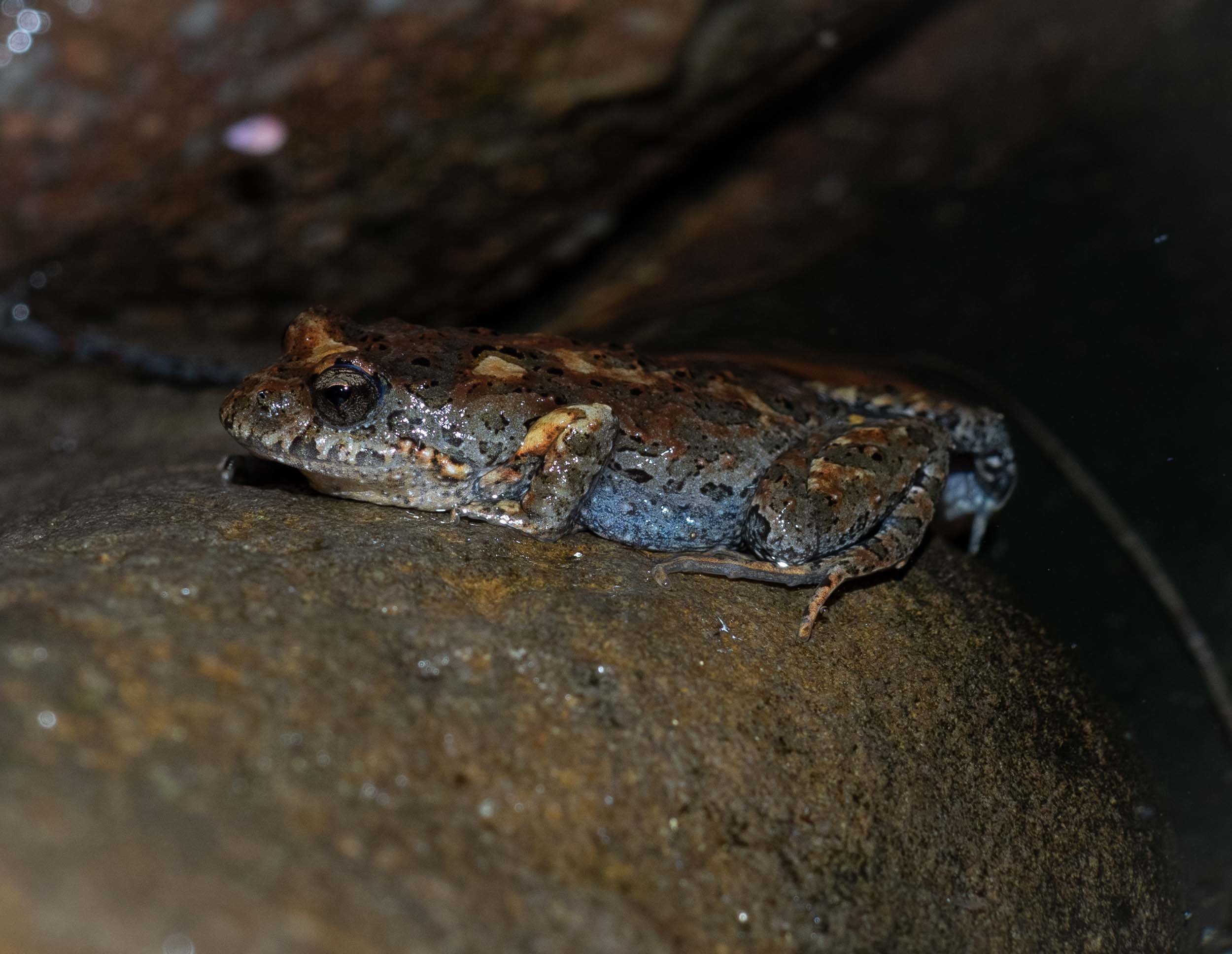Summer sightings
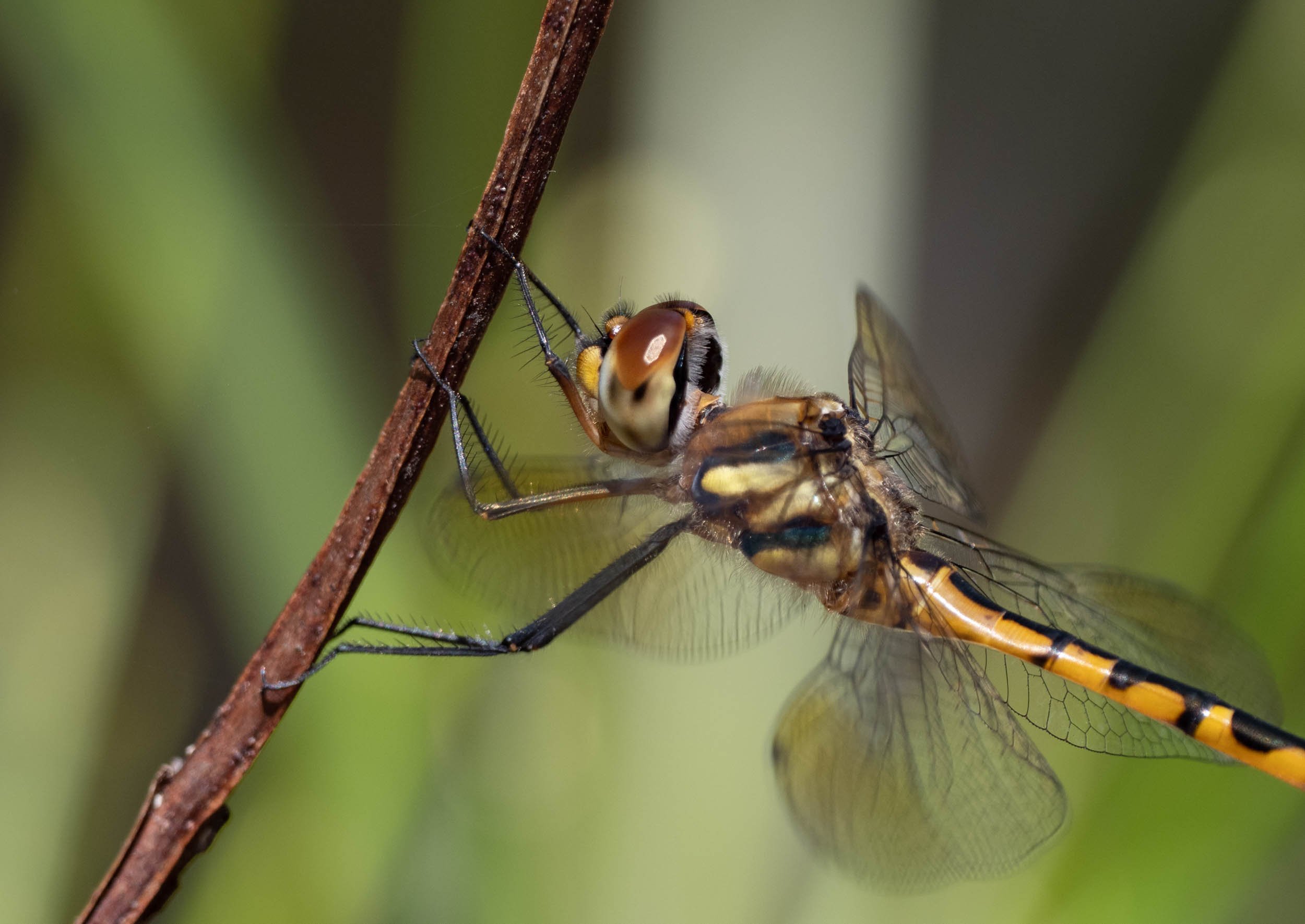
While spring’s theme is the creation of new life, summer is a very different season in the forest.
It is all about the hunters.
Few flowers bloom, and most bees and butterflies disappear. In their stead are robber flies, dragonflies, spiders, and wasps. Some are parasitic, others kill their prey outright. Some consume their catch themselves, others gift it to their offspring. In addition, weird and wonderful flies of all types suddenly make a brief appearance as adults.
For us, it is a season of prowling. We can’t simply sit by a flowering shrub and watch to see who visits. Instead, we wander the forest on the lookout for anything new or different. And despite this being our 12th summer living here, we’re still discovering locals we’ve never met before.
A myriad of flies
Yes, there are the pesky, biting march flies … but they are perhaps the least interesting of flies taking flight of late. Given their diversity and numbers this season, the flies warrant some extra attention.
In late summer these rather notorious flies emerge, sometimes in very large numbers. And they bite! This summer has been particularly fly-filled, perhaps due to the high rainfall of the past few years. Tabanid larvae live in wet ground or aquatic environments, hunting invertebrates.
This massive, metallic, bristly fly is harmless. No biting, no blood sucking. Tachinid larvae, however, are parasitoids. Among their hosts are caterpillars, beetle grubs and wasp larvae. Sawflies too … and we currently have large numbers of those clustered on eucalypt leaves (see Paul’s post Sawfly galleries)
Rutilia
Small, hovering sluggishly, then settling on vegetation … and quite unlike any fly I’d seen before! It turns out that the adults are not common, and their biology fascinating. The larvae live inside ant colonies, feeding on ant larva and pupae … protected by a shell! In the past they’ve even been mistaken for molluscs! Little, tank-like armoured hunters.
Archimicrodon
This is the archetypal, ubiquitous hover fly. So very unlike its cousin the ant fly. Syrphine larvae are predators of aphids and other plant-sucking bugs. The adults are commonly seen at flowers, although at this time of year they are probably relying on honeydew.
Simosyrphus grandicornis
Small, unfamiliar, and a remarkably forgiving photography subject … not flying, just waving a leg occasionally. Adults are nectar feeders but their wiry larvae are fossorial predators, hunting other invertebrates in dry soil.
Agapophytus queenslandi
Robber flies are accomplished aerial hunters, often taking well-defended prey. The fly has strategically impaled this flower wasp through the neck. Within seconds the prey had stopped moving completely.
Zosteria
The larvae of robber flies typically live in soil, decaying wood or under bark. They hunt soft-bodied prey such as beetle grubs and digest them extra-orally before ingesting the liquified tissues. Just like their parents.
Orthogonis
I had been watching sand-nesting wasps and the associated patrols by velvet ants (Mutillidae), when this robber fly landed nearby. It appears to have nabbed one of the male velvet ants. That’s impressive, as mutillids are fast flyers.
[at least, I think it’s a mutillid … some flower wasps look quite similar]
Hanging by one leg while consuming prey is apparently typical behaviour for members of this subfamily. First time I’ve witnessed it, though. And the species identity remains a mystery too (see iNaturalist record).
Robber flies are among the most commonly photographed insects. They sit motionless, in the sun, often with impaled prey. It takes a while to liquify and ingest the contents of the hapless victim. The saliva of the robber fly contains nerve toxins (to immobilise) and enzymes (to break down proteins).
These small, colourful flies slouch at the tips of plants … and dance. The moves involve repeated, alternating leg raises accompanied by wagging of the abdomen. Various members of the family are renown for their courtship display, so I assume that this one is trying to attract a mate.
Brachyrhopala ruficornis
This is one of the smaller robber flies we see, but it is still larger than many. Some species are just a few mm long! As a larva, this species probably prowled beetle burrows in wood.
Amenia. A rather spectacular blowfly. Females deposit their well-developed larvae (i.e. maggots) onto snails … although the details are known for just a few species. And we really have rather few snails here (?)
Comptosia. The biology of this group is not well documented. The larvae may feed on ants, beetles or other insects.
These fast-flying insects take only nectar as adults, despite that impressive looking proboscis. Females like this one will lay thousands of eggs amongst vegetation. The resulting larvae actively seek and penetrate their target hosts – grasshoppers & katydids.
Trichophthalma
Adults are usually seen feeding on nectar at flowers or touching down on sand. Larva typically attack ground-nesting wasps & bees - as ectoparasites, kleptoparasites or predators.
Anthrax maculatus
These banded bee flies are common and have been abundant all summer. They vary in size, and some are tiny.
Villa, or another member of the tribe Villini
Males use that flat face to bump heads in defence of their territories. Larvae of this family typically feed on bacteria in decaying plants, fungus or dung, although some feed inside the root nodules of legumes.
Duomyia
Small and with the characteristically-marked wings of this genus … but this behaviour is novel. We commonly see Rivellia in mating swarms around fresh wallaby and wombat dung. But these two females were alone and quite intent on laying eggs into this dry grass seed head. I guess there are bacteria in all kinds of places.
Rivellia
Our first and only sighting of this species here in the forest. And given that the larvae are aquatic filter-feeders, perhaps that’s no surprise. Then again, we get dragonflies in large numbers …
Odontomyia hunteri
They look and behave rather like ‘regular’ crane flies, and were once grouped in that family.
Gynoplistia bella
Vegetarian, as adults and as larvae. Well, many feed on fungi and decaying plant material but that counts as vegetarian by most definitions.
Sapromyza
Damsels & dragons
Quintessential hunters, all. Masters of the air as adults, voracious aquatic predators as larvae.
Austroargiolestes icteromelas
By far our most common damselfly.
Orthetrum caledonicum
Austrolestes leda
Hemicordulia australiae
Hemicordulia australiae
The classic ‘wheel’ mating position.
Hemicordulia tau
Anax papuensis
The female is inserting her eggs into floating vegetation, all the while gripped by the supporting (and possessive) male.
Adversaeschna brevistyla
Chewing on a freshly-caught fly … which looks rather like a march fly. There’s a reason dragonflies seem to follow me as I move about the forest. I’m attracting a smorgasbord of lunch snacks!
Orthetrum villosovittatum
A species we see here only rarely.
The spiders … including a large & dedicated mother
Spiders are present year round, but they seem a little more obvious during the warmer months. Or perhaps we just venture outside at night more often in summer.
Tamopsis, perhaps.
Megadolomedes
This is one very large spider, hunting in and around the frog pond at night. And yes, they can swim! She could easily take a tadpole, and almost certainly does. For scale, the branch is 40mm wide.
Megadolomedes
Hunting in the dark, by stealth and without the aid of a web, she has landed a large prize. The daytime predatory dragonfly becomes night time prey.
Could belong to any of several genera which all have a similar appearance.
Artoria
A tiny wolf spider, but clearly mature … that’s an egg sac she’s carrying about, attached to her spinnerets.
Tetragnatha
The looping webs of these spiders hang over the frog pond and are the undoing of many dragonflies and damselflies.
Pungalina plurilineata
Nyssus coloripes
Neosparassus
One of the thousands of Elhamma falls prey to a small huntsman.
Phonognatha graeffei
Yet another Elhamma falls prey to a spider, this one caught in a web.
In the web of a leaf-curling spider hang the remains of a recent meal – a once-glorious jewel beetle, now just a shell.
Large wolf spiders have been few and far between since the fire. So this Tasmanicosa godeffroyi (Garden Wolf Spider) was a welcome sight when she made an appearance in the spring. Conveniently, she set up home in a good-sized hole close to the house, which had been made by a foraging Southern Brown Bandicoot.
We closely monitored her activities over the summer as she raised a large family of young spiderlings.
8th Jan: The burrow has clearly suited her admirably as she has produced a large egg sac, which she holds under her abdomen. These can contain between 180 and 1094 eggs (Humphreys, 1978). I never saw her away from the burrow with the egg sac – Humphreys (1976) notes that these spiders rarely eat when carrying the egg sac. He reports that they carry the sac for an average of 3.6 weeks.
8th Jan: She brings her egg sac into the sun on cool days to raise its temperature. Behavioural thermoregulation has been well documented for Tasmanicosa godeffroyi (Humphreys, 1974, 1976). This spider can keep its body temperature well above ambient by basking in the sun during the day and retreating to its burrow at night.
The plants
Over summer, various grasses flowered and cured. The few nectariferous flowers that appear are a magnet for insects, but they are few and far between on the forest floor. And some of the flowers are tiny, like Mitrasacme and Cassytha. The showy Geebungs are a striking exception.
Vincetoxicum barbatum
A twining vine, with an attractive, but short-lived flower. It’s restricted to the southern half of coastal NSW, just extending into Victoria.
Banksia spinulosa
This banksia, which has benefited from the fire, is just coming into bloom. Each of the protruding, yellow structures on the spike is an individual flower. These will open over the next few weeks to reveal the ‘hairpins’ of this species. See our Proteaceae blog for more details.
Banksia spinulosa
This adjacent spike is a little further advanced in its flowering. The style has started to form.
Bursaria spinosa ssp. lasiophylla
This is the first time since the fire that we’ve seen this plant bloom in our forest. Its flowers are visited by a number of beetles, flies and butterflies, including Bright Copper. Caterpillars of the latter butterfly feed on the leaves and form a symbiotic relationship with ants. The caterpillars are guarded by the ants as they feed, while the pupae live in chambers in the soil constructed by the ants.
Muellerina eucalyptoides
This was one of the last plants to reappear after the fire and was a welcome sight as it often fails to survive intense fire. This one is growing on an Angophora floribunda tree and is now flowering profusely. Its foliage is a food plant for a number of butterflies and moths - including the Imperial Jezabel. And its seed is of course eaten by the Mistletoe Bird. We hope to see it soon!
Polyscias sambucifolia
We have just a few plants of this low shrub in the forest, but it has become more widespread since the fire. It has an unusual leaf form and flower and the small fruit is quite attractive, as well as being edible.
Dipodium variegatum
We first sighted this orchid just before the fire and this summer it has made a reappearance. It forms a microrrhyzal association with the fungus Russula, which it shares with eucalypts.
Opercularia aspera
This is a widespread forb in the forest. Its common name is justified, as its vegetation has a rather unpleasant aroma when trodden on. On the upside, its inflorescence, a spherical head of 10-30 flowers, is rather beautiful.
Scaevola ramosissima
This is the first time I’ve seen an insect visiting these long-flowering plants … it’s a bee, and it’s tiny!
Themeda triandra
This grass with its unusual, complex inflorescence flowered strongly again this late spring/summer. It has an interesting, widespread distribution, being found in Asia, Africa and the Pacific and has traditional uses as food and medicine in both Africa and Australia.
Cassytha pubescens
The photosynthetic stem of this hemi-parasitic plant twines around its host plant and uses disc shaped organs - haustoria, visible in this photo - to extract water and nutrients from the xylem of its host. It is one of the few plants flowering in late summer, providing a nectar feed for butterflies. Cassytha has only recently reappeared, a late post-fire recovery.
Calochlaena dubia
Not bracken, but rather a close relative of tree ferns.
Calochlaena dubia
The small, light green balls under the fronds of this fern are sori, which consist of clusters of sporangia – the sites of spore production.
Persoonia linearis
A favourite of bees, especially pollen-gathering Leioproctus … species that tend to dominate the bee fauna during late summer.
Wahlengbergia
Another flower most common in spring, with a few late bloomers persisting through summer.
Mitrasacme polymorpha
Tiny white flowers are most numerous in spring, but some bloom throughout the year. They attract bees, butterflies and bee flies … so they’re apparently a useful nectar source, despite their small size.
Moths & butterflies
This has been a bumper season for ghost moths. Elhamma australasiae are smaller than many of their cousins, but the sheer biomass is staggering. Thousands on the wing, night after night, week after week. They provide a feast for spiders, birds, and even mammals. At least one Antechinus has been doing the rounds of our windowsills by night, and all that’s left come morning is a dusting of wings.
Hecatesia fenestrata
We came across this moth on a late night ramble through the forest. Males, like this one, have a ribbed patch near the costa of the forewing, which lacks scales. They rub this against a small protrusion to make their eponymous sound - presumably to attract females. The caterpillars feeds on Devil’s Twine, Cassytha.
Candalides xanthospilos
Epicoma melanospila
Trapezites symmomus
The largest skipper we see, and arguably the most attractive.
Trapezites symmomus
Jalmenus evagoras
Jalmenus evagorus
The caterpillars are making a meal of this ‘Black Wattle’, protected by large numbers of attendant ants. Many have pupated, and the oldest have eclosed … so the bush is surrounded by fluttering butterflies. We tend to prefer ‘butterfly bush’ as a common name for Acacia mearnsii.
Ocybadistes walkeri
A common, very small butterfly feeding on the even smaller flowers of Cassytha.
Ocybadistes walkeri
Abantiades hyalinatus
This lovely big moth made an appearance on our February light sheet. This shot shows its eponymously coloured hindwings.
Abantiades hyalinatus
While it was attracted to the lightsheet, this moth also fluttered around in the vegetation nearby. It is one of the largest members of the ghost moth family (Hepidalidae).
Abantiades hyalinatus
We found this next to a large hole, from which we presume the adult emerged from its pupal case. The larvae of this moth probably bore vertical holes in the ground to feed on the roots of eucalypt saplings and pupate in that tunnel.
Parosteodes fictiliaria
The food plant for the caterpillar of this species is Dodonaea which just happens to be one of the most common shrubs in our forest. Probably no coincidence!
Ischnurges illustralis
Anthela acuta
This moth often comes to lightsheets - seen between August and March. It comes in a variety of colours, from the yellowish shown here to whitish to reddish brown.
Parepisparis excusata
This species often rests as shown here - with its abdomen twisted to the side and its hindwings hidden behind outstretched forewings. Its larvae feed on Eucalyptus spp.
Parepisparis excusata
This view from beneath shows the hindwings neatly placed directly behind the forewings.
Erina acasta
At first glance this looked like our common blue (Erina hyacinthina), but it’s actually a species we’ve not seen here before. Larval food plant? Cassytha. And that’s a plant we currently have rather a lot of!
Tisiphone abeona
More common than usual this year, perhaps due to the healthy crop of Gahnia that has established in the past few, wet years.
Orgyia anartoides
Feeding on the wattle Acacia terminalis. Many of the thousands of these wattle bushes which sprang up after the fire are now showing the ill effects of attention from herbivores like this.
Geitoneura acantha
Not a common species here, perhaps due to our elevation. They are generally found in foothills of mountain ranges.
A mixed bag of other ‘bugs’
Gasteruption
The larvae take over the nests of solitary wasps and bees, eating the larvae and the food stash.
Turneromyia, perhaps. See Paul’s recent post for the full story (‘Delivering food for the future’)
From a family we’ve never seen before! Although rarely collected, they can apparently be locally abundant after fire. The larvae are endoparasitoids of wood-borers such as longhorn beetle grubs.
Cnemoplites australis
Attracted to a moth sheet by night.
Coptocercus
Elimus australis
These are perhaps the first published, live photos of this species. We watched her hunting caterpillars in the same patch of forest for several days running. And we were lucky enough to see a male too!
(see iNaturalist entry for this species)
Myrmeleon acer (Common Brown Antlion)
Archichauliodes
At first glance we thought this was a lacewing, but they belong to an entirely different order … and one we’ve never recorded at home before! The larvae are aquatic carnivores.
Anoplognathus
Attracted to lights at night.
Chondropyga gulosa
Pseudoperga ferruginea
For this mother’s full story, see ‘Sawfly galleries’
Ledromorpha planirostris
A large and truly weird-looking bug!
Ledromorpha planirostris
Acrida conica
Phaulacridium vittatum
Common, numerous, and sporting a striking variety of colours and patterns.
Caedicia simplex
Perhaps our most common katydid.
Apotrechus sp.
This fellow had made a home in the cap of our wood-fired oven flue. Not the safest place to hang out!
Beyond invertebrates
Monarcha melanopsis
Myiagra rubecola
Malurus cyaneus
Corcorax melanorhamphos
Pachycephala pectoralis
Myiagra rubecola
Phosphodes olivaceus
Callocephalon fimbriatum
This male and accompanying female were investigating tree hollows in a tall, old Eucalyptus cypellocarpa (Mountain Grey Gum).
Trichosorus vulpecula
Neochmia temporalis
… with nesting material.
There is some discussion about the identity of this small frog. I assumed it was Crinia signifera, the most common species in and around our little frog pond. But there’s a chance it is Uperoleia … I should try to record its calls amid the general cacophony of clicking, clacking, grunts and chuckles.
A quick trip to the beach
Despite what some may think, we do realise there is life beyond the forest ;)
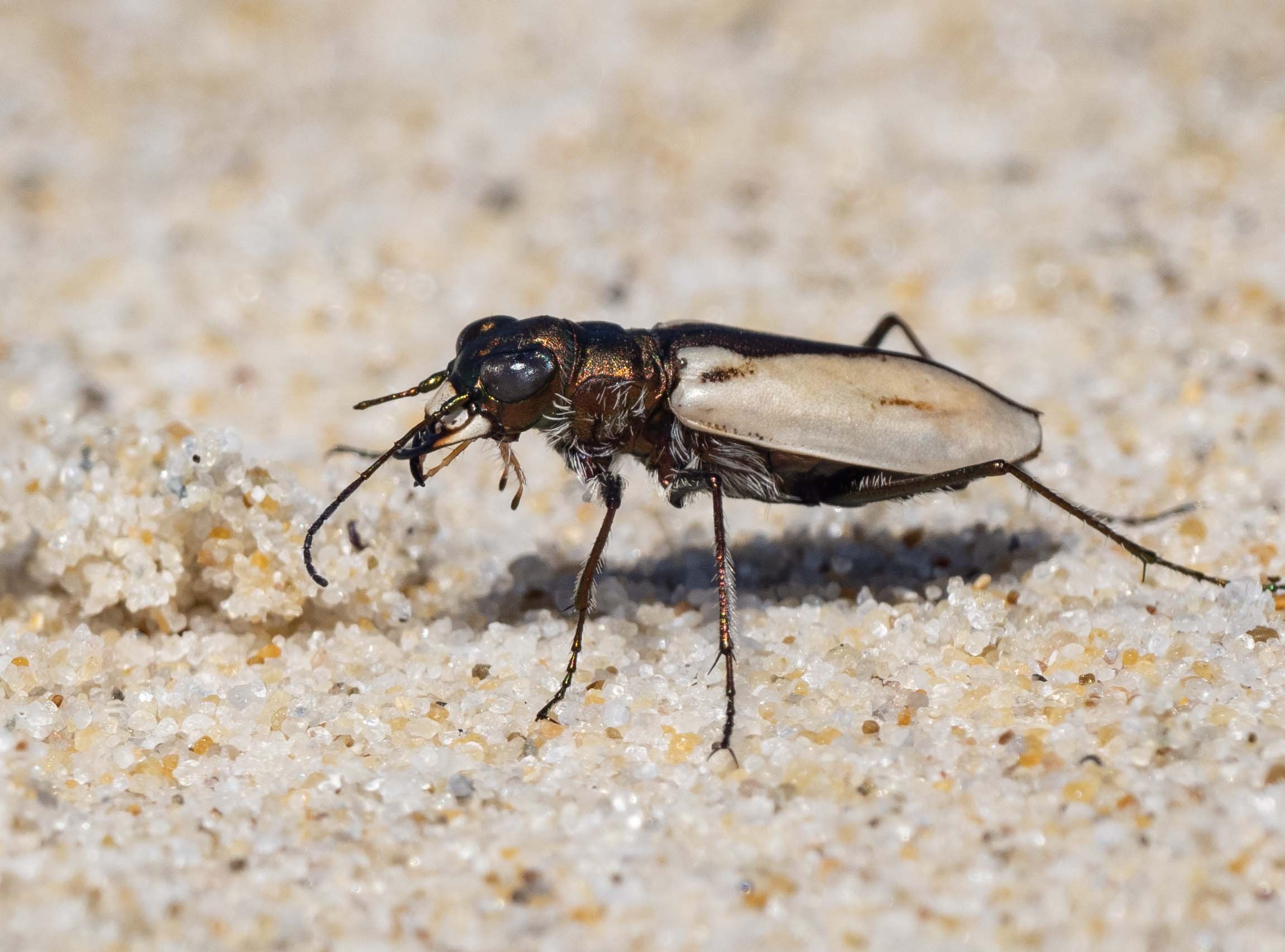
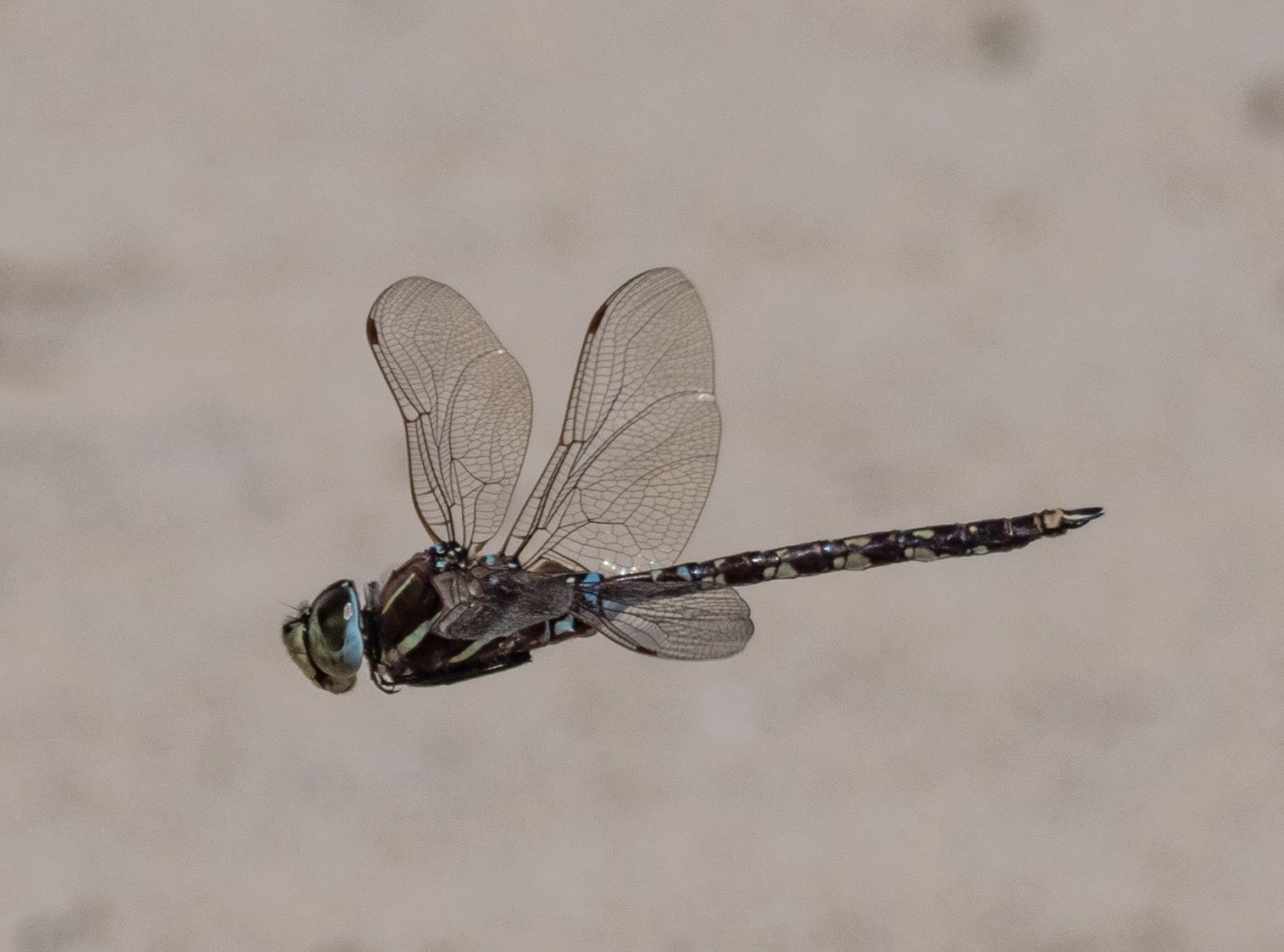
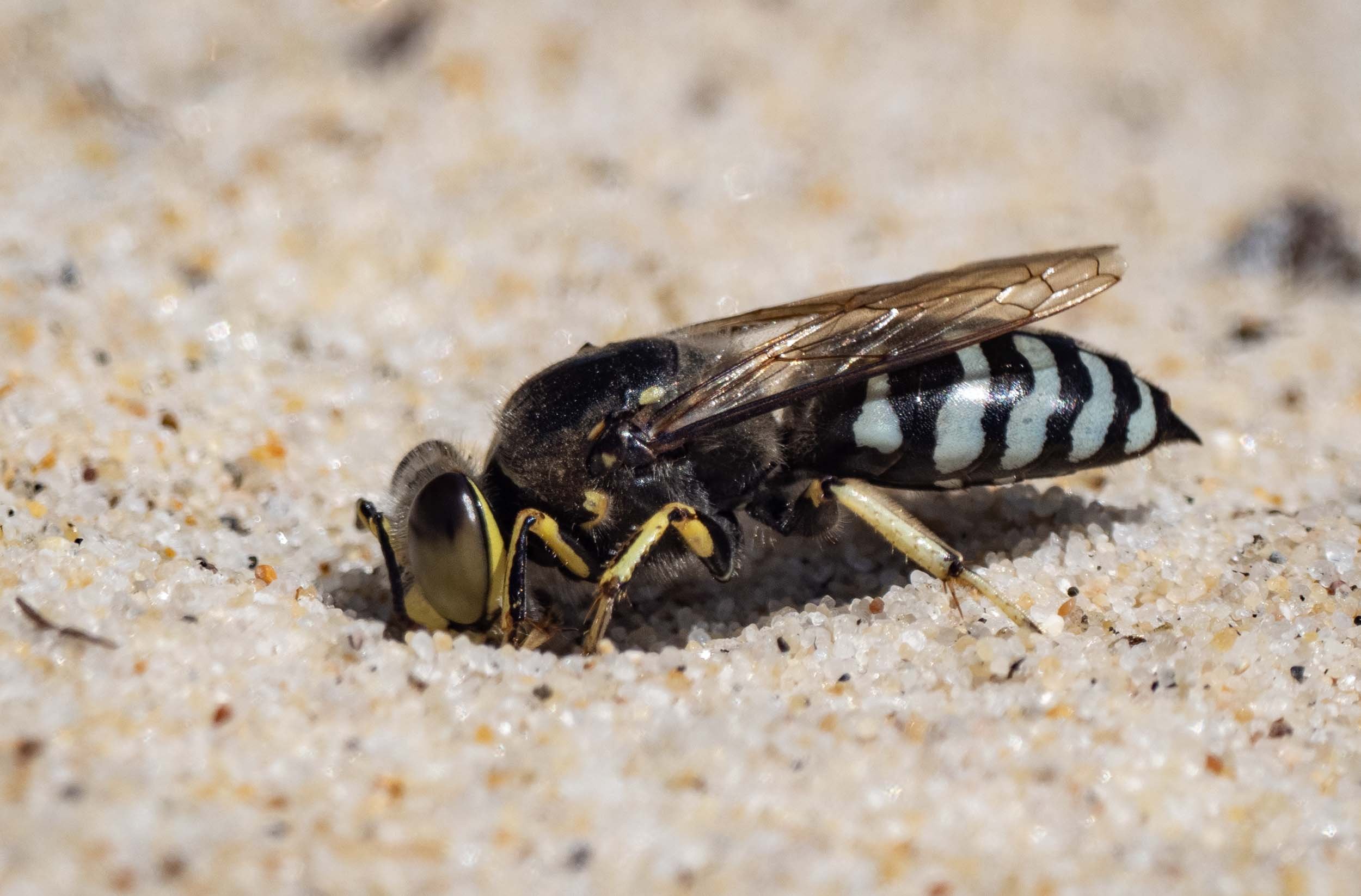
References:
Humphreys, W.F. (1974) Behavioural Thermoregulation in a Wolf Spider. Nature 251: 502-503
Humphreys, W.F. (1976) The Population Dynamics of an Australian Wolf Spider, Geolycosa godeffroyi (L. Koch 1865) (Araneae: Lycosidae). Journal of Animal Ecology 45: 59-80
Humphreys, W.F. (1978) Ecological Energetics of Geolycosa godeffroyi (Araneae: Lycosidae) with an Appraisal of Production Efficiency in Ectothermic Animals. Journal of Animal Ecology 47: 627-652

